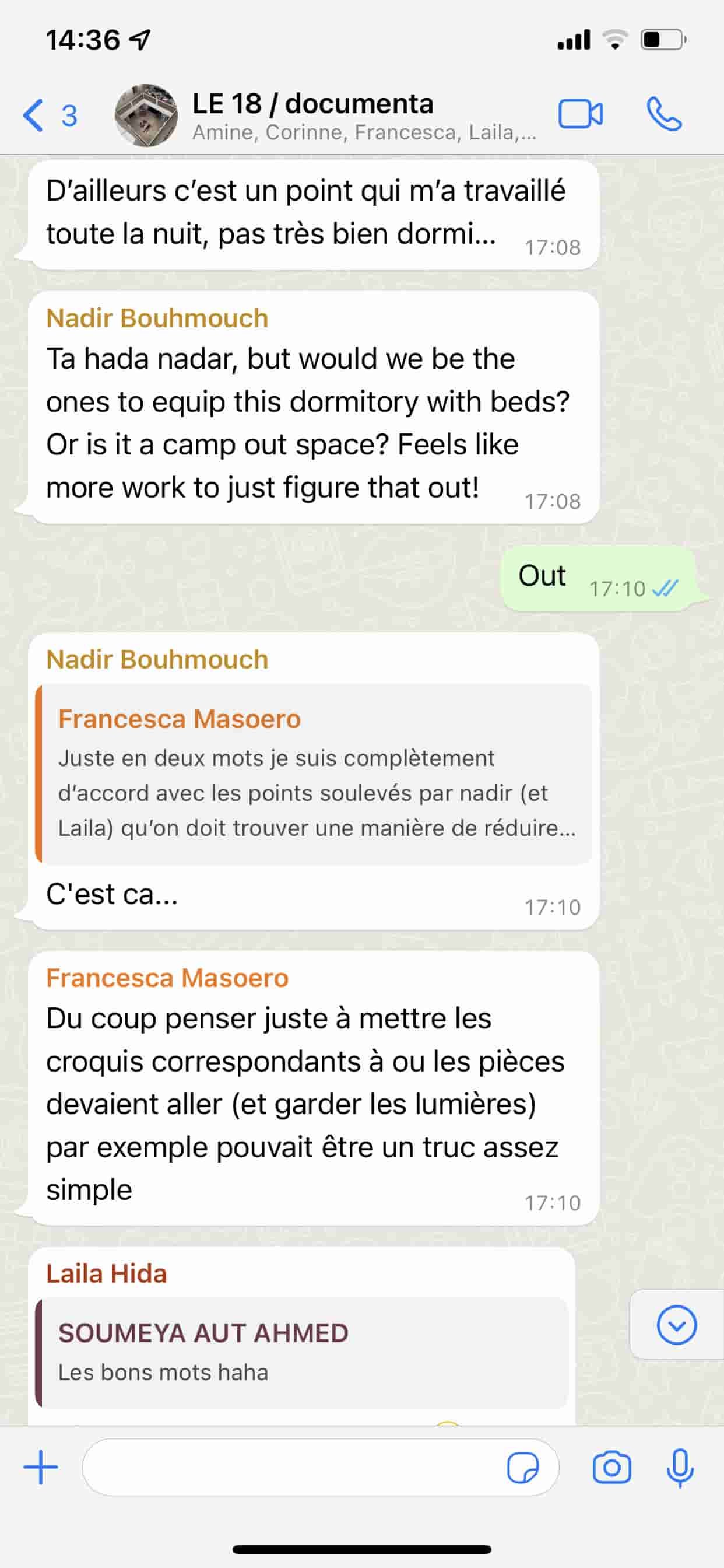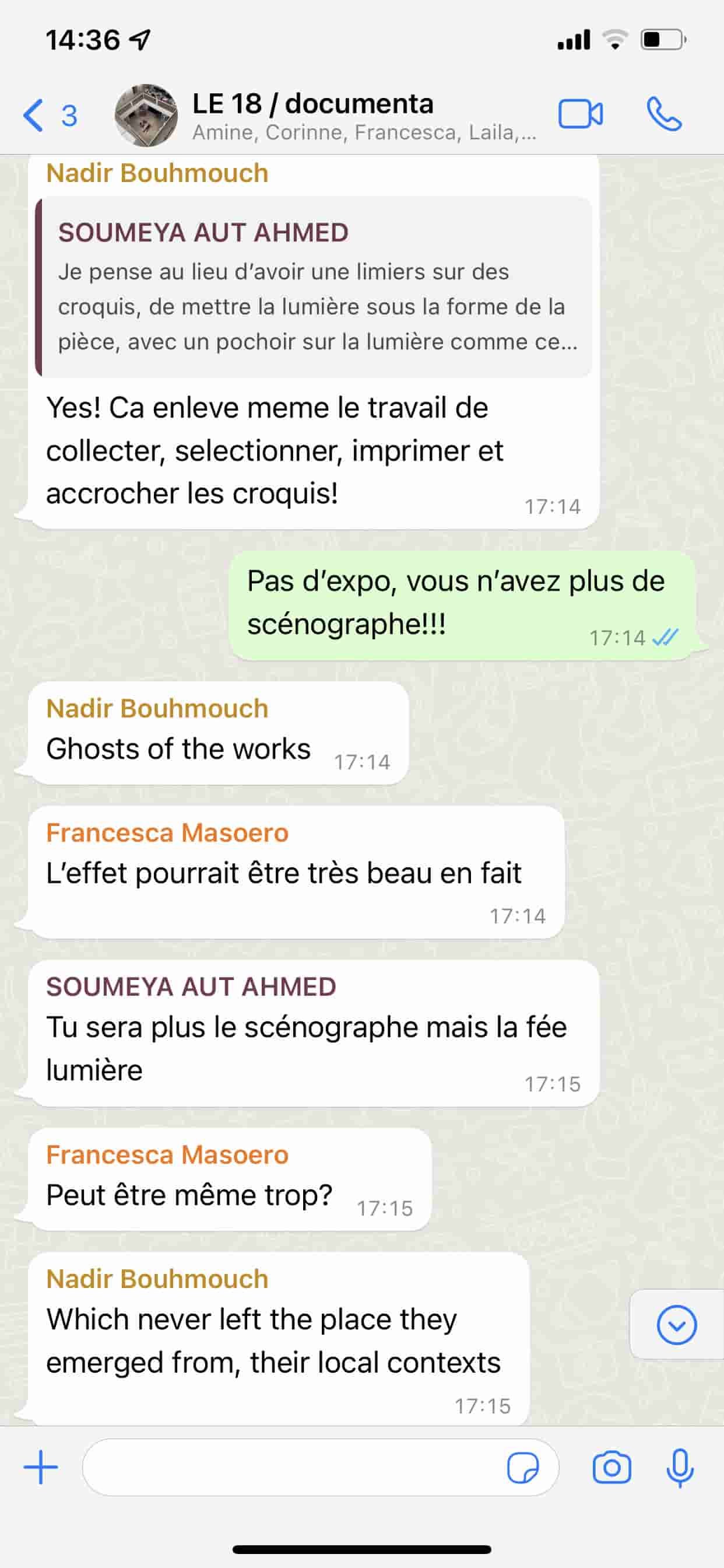On April the 16th, we exchanged messages during the whole day, in which we were undoing documenta…
This is the English translation made by documenta.

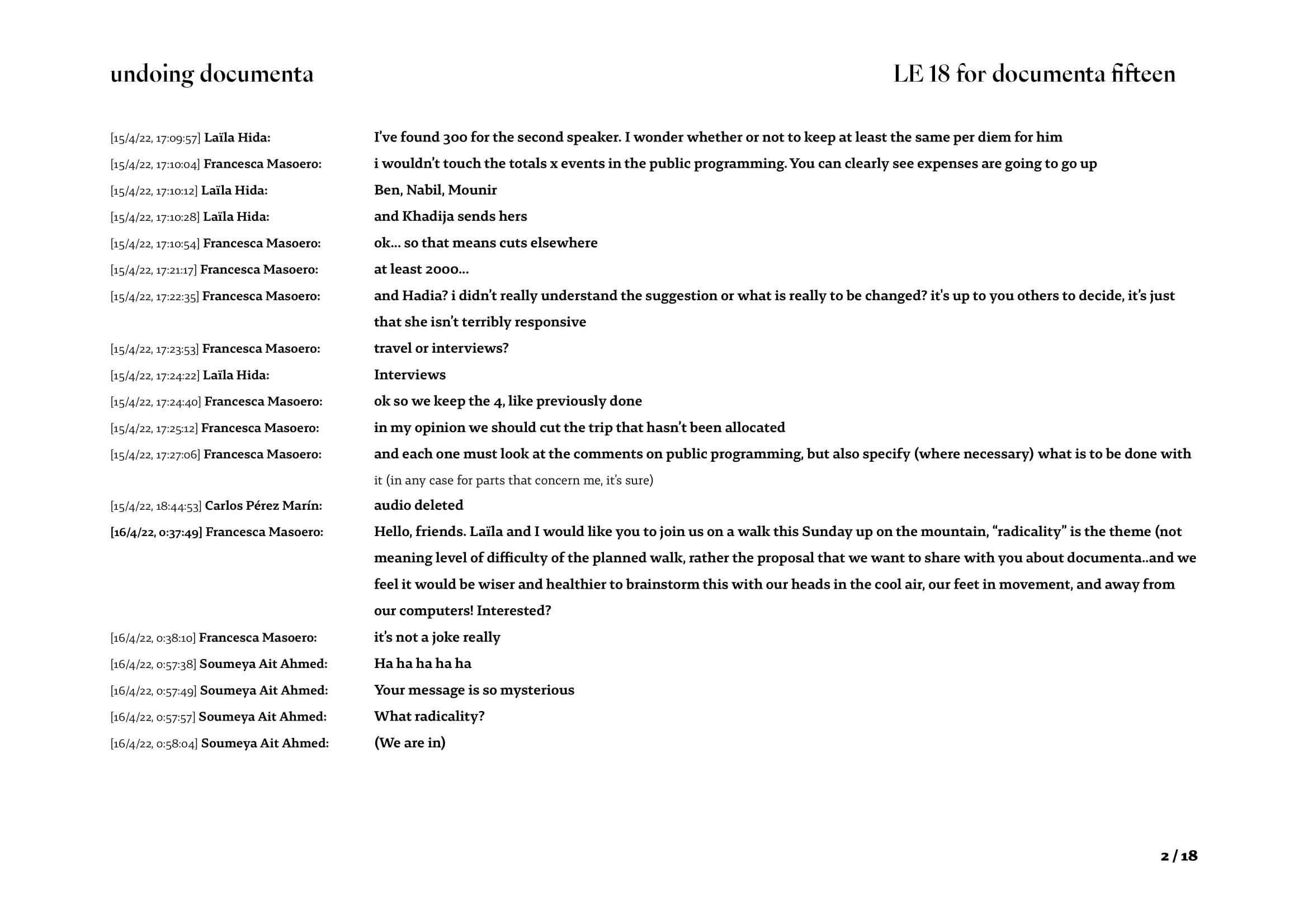


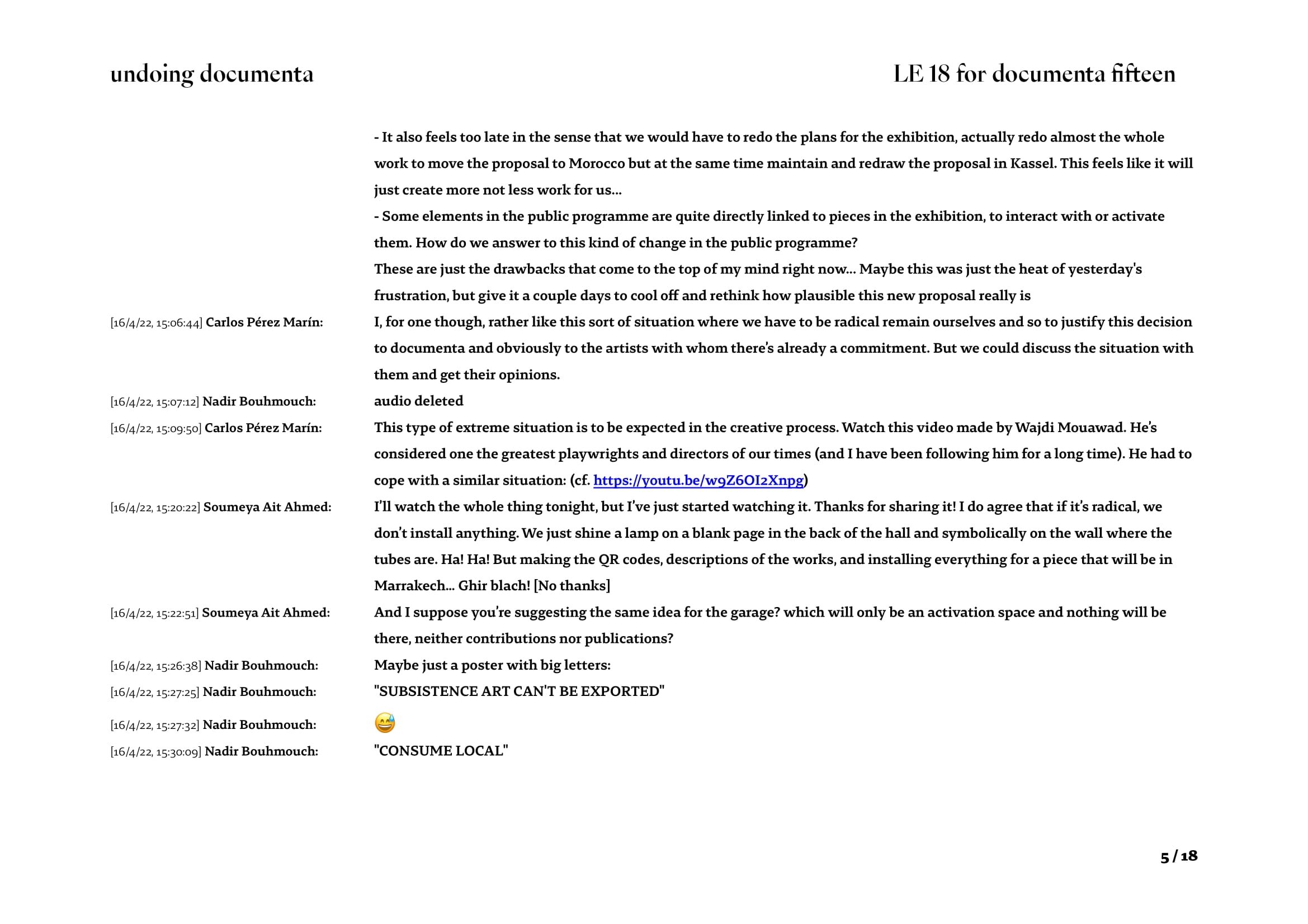
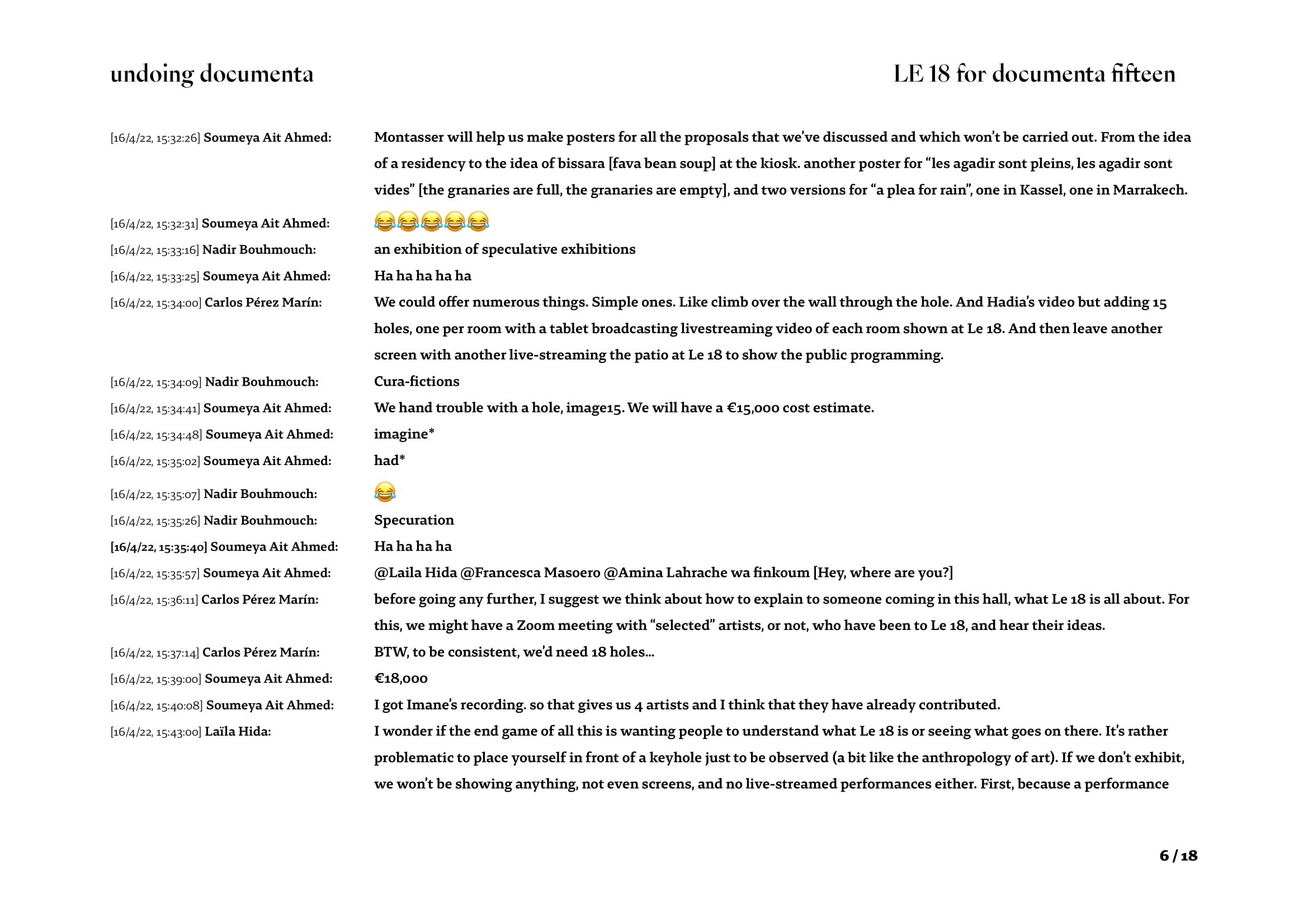
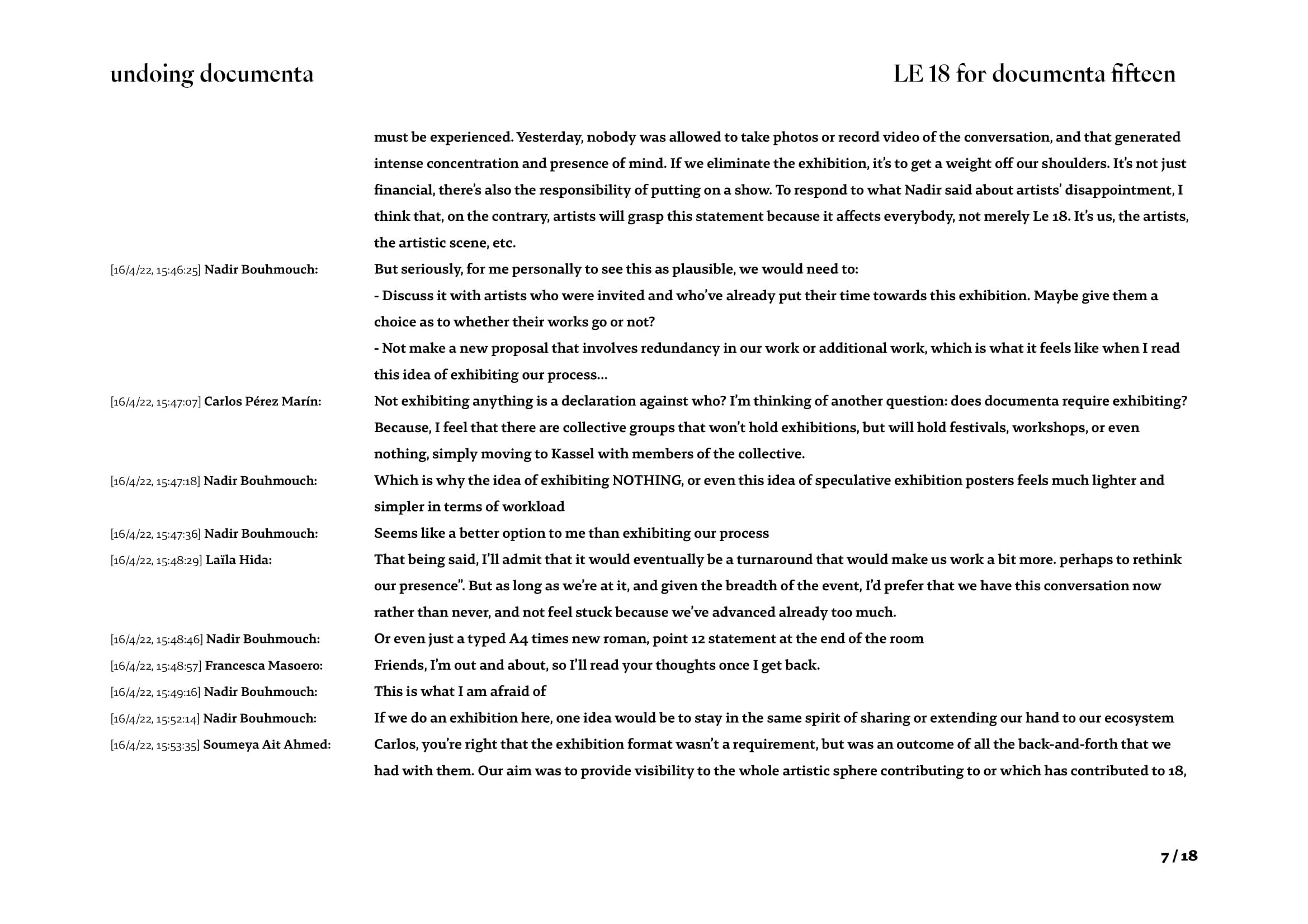
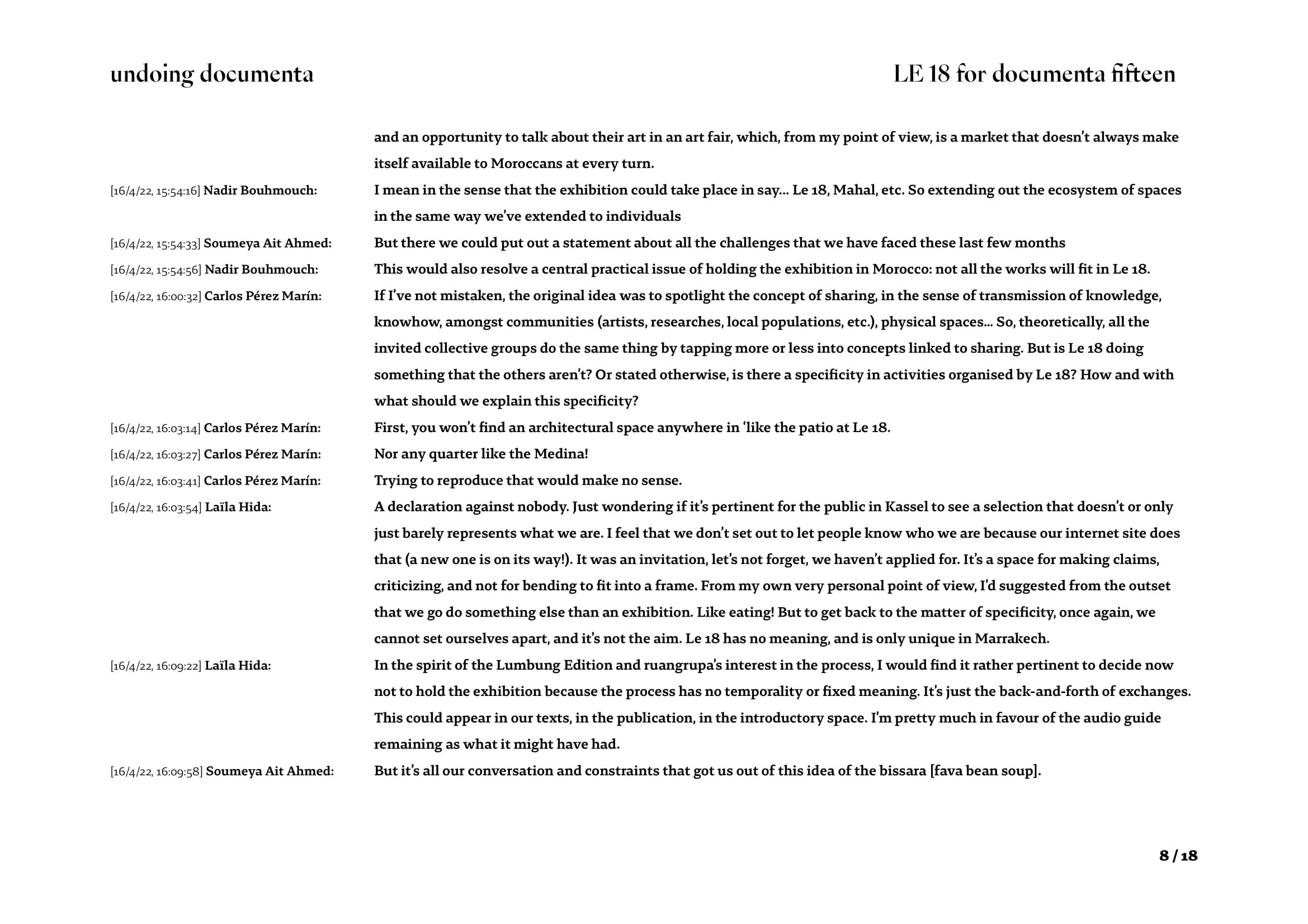
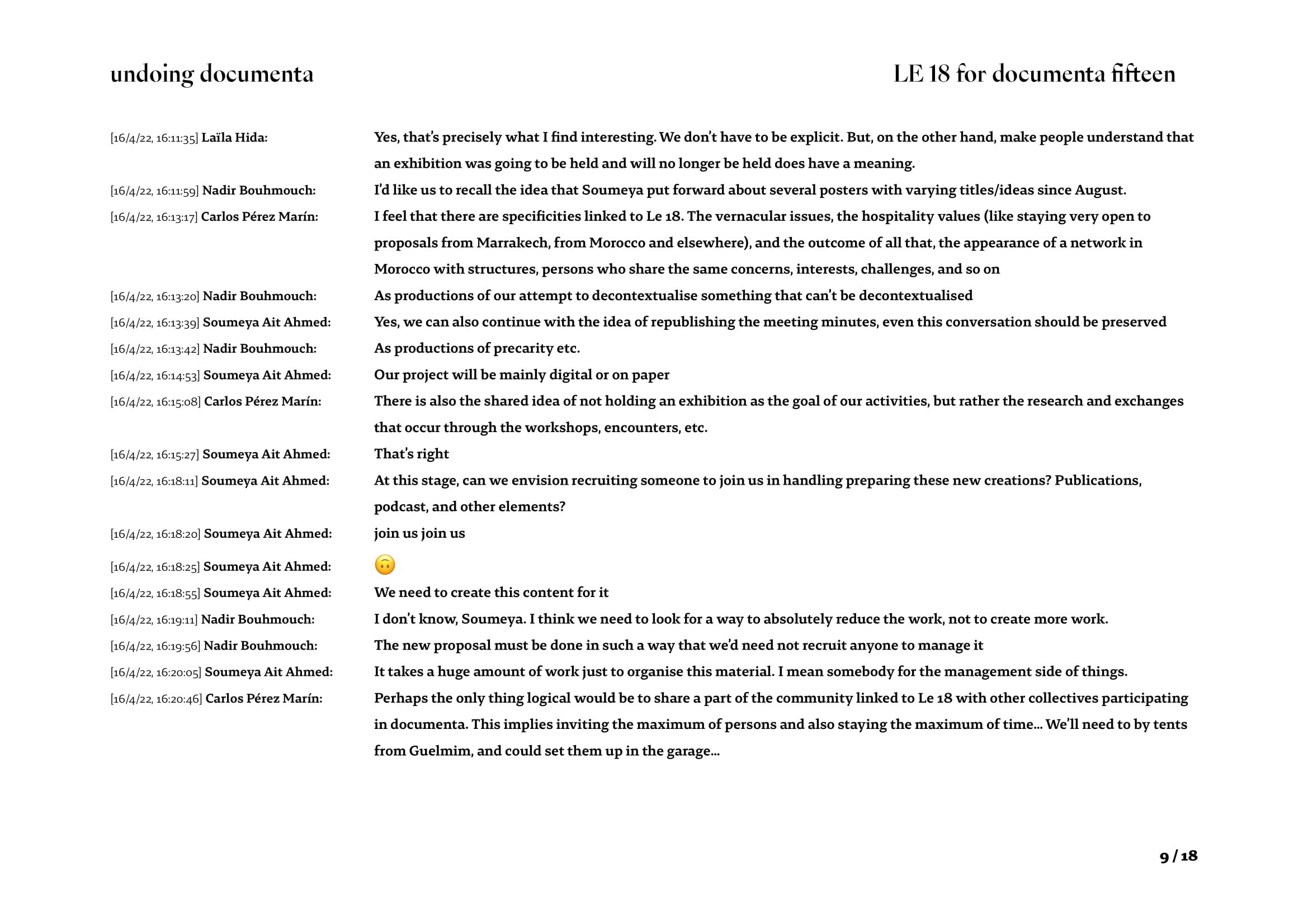
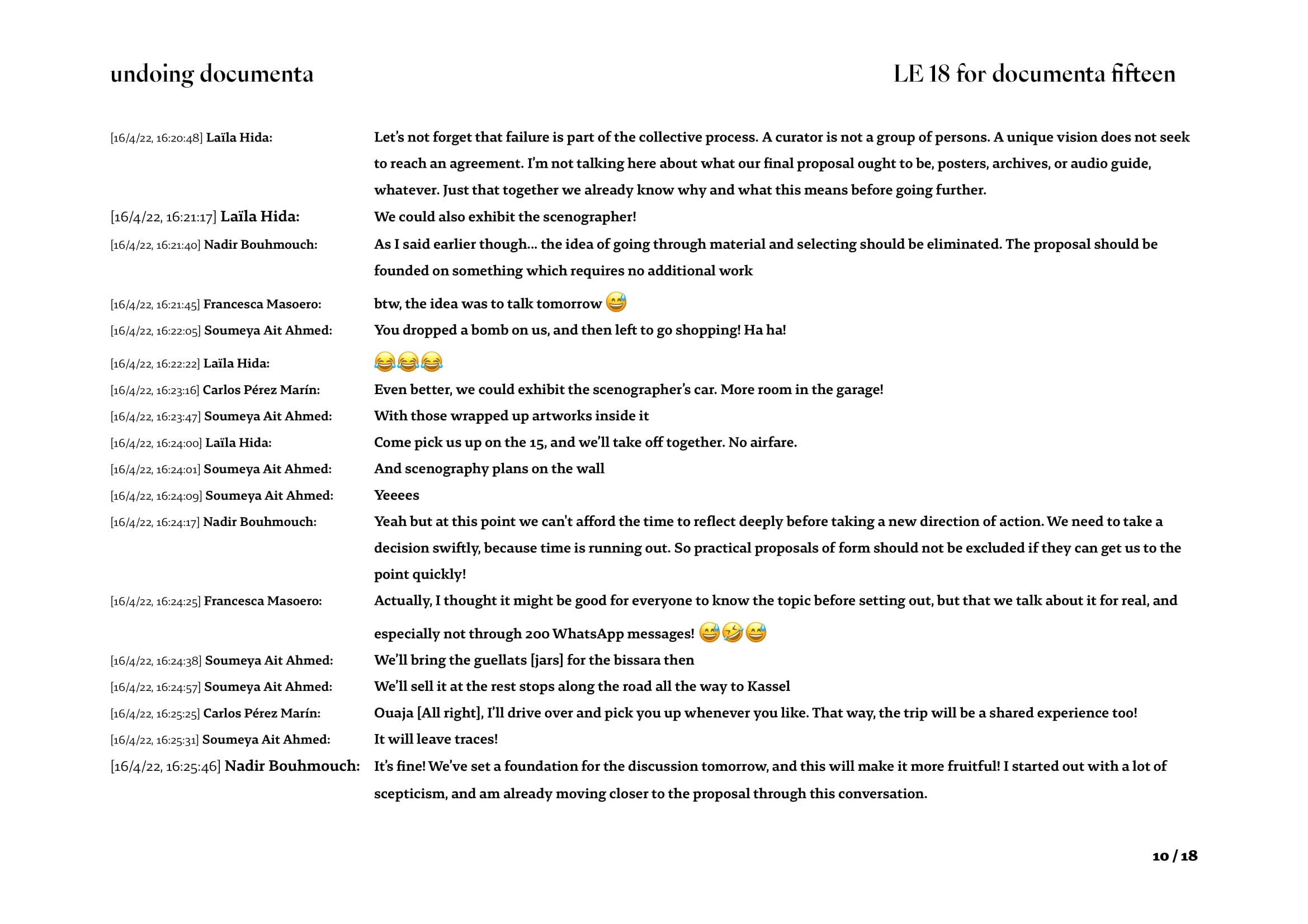
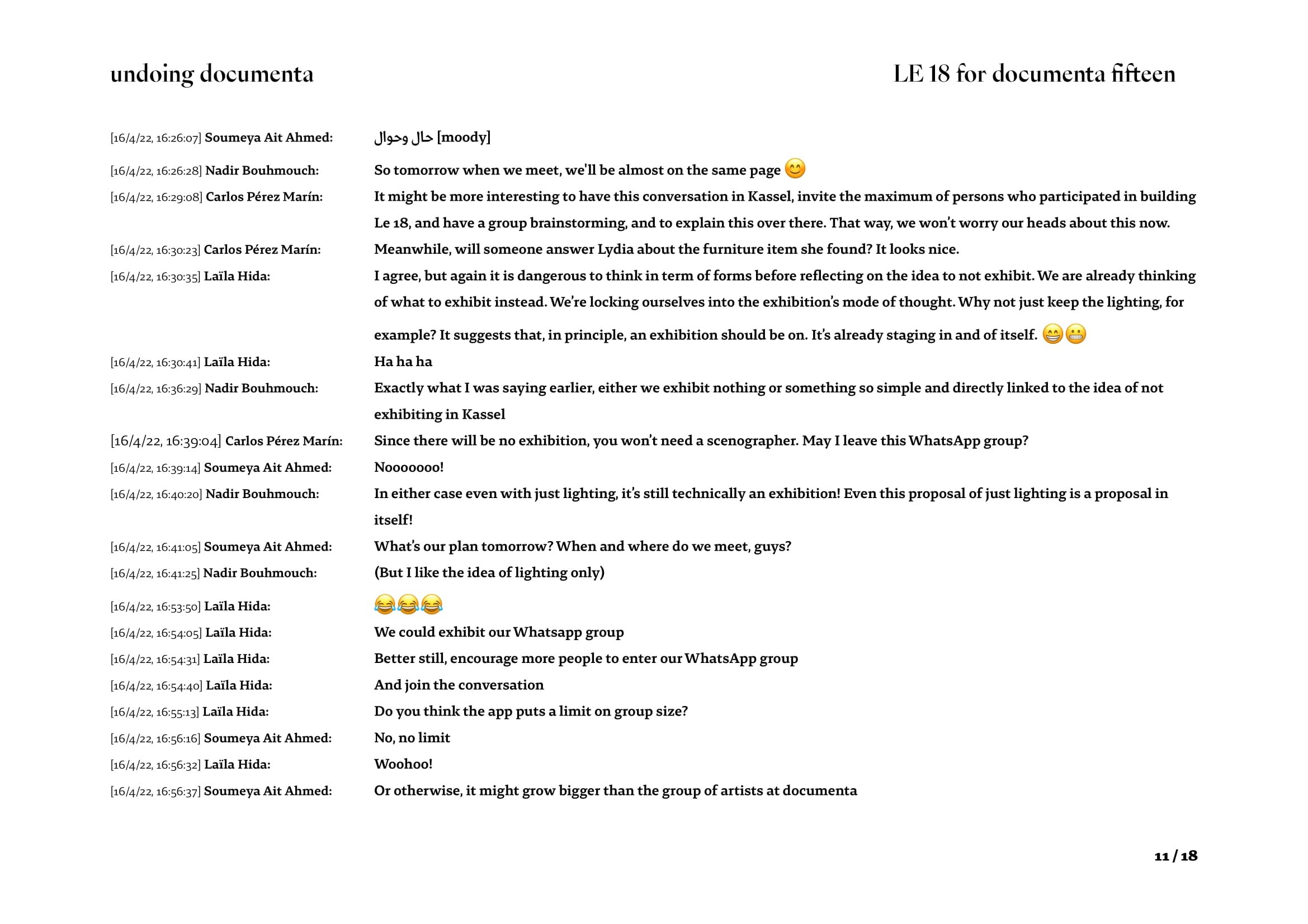
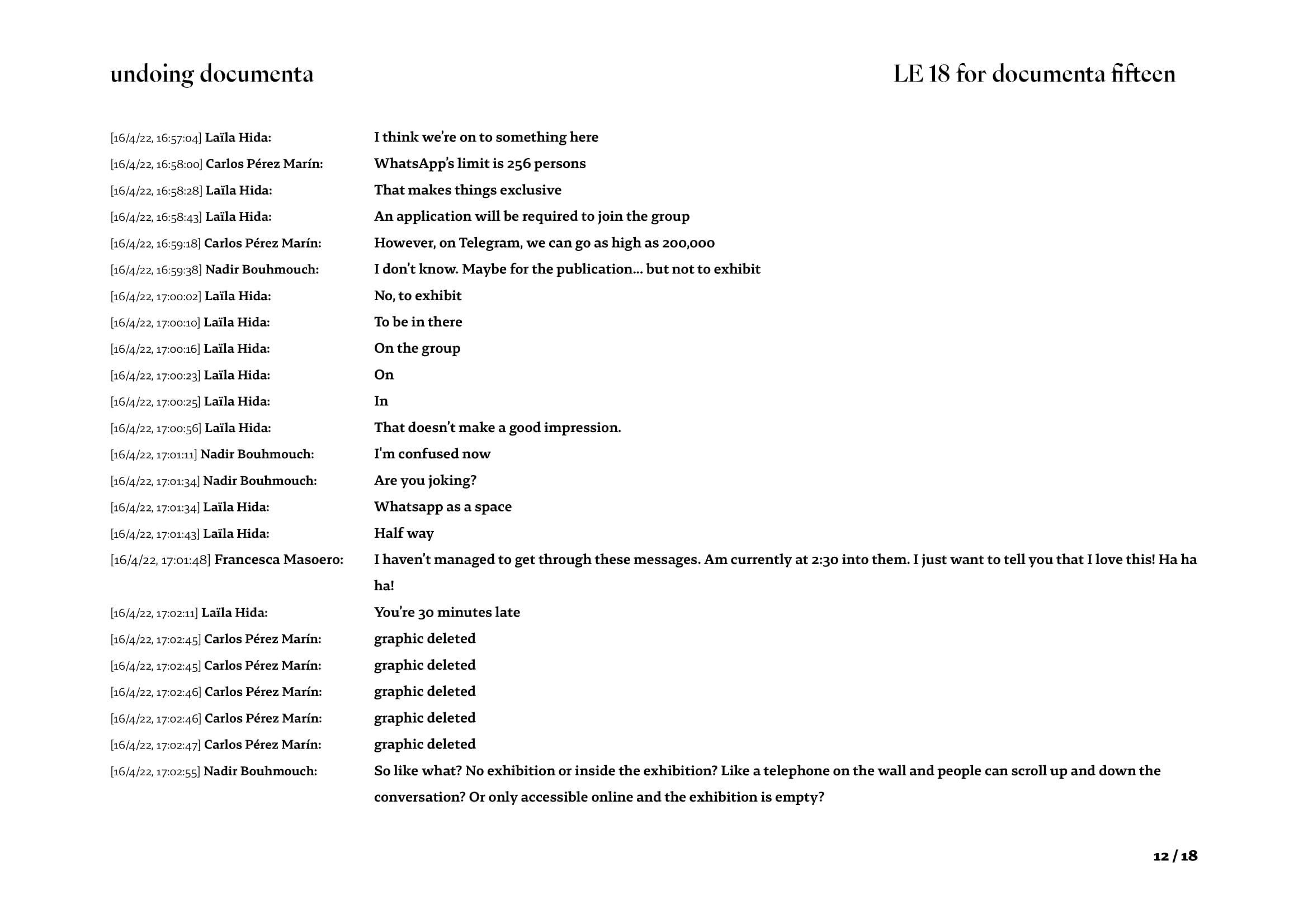
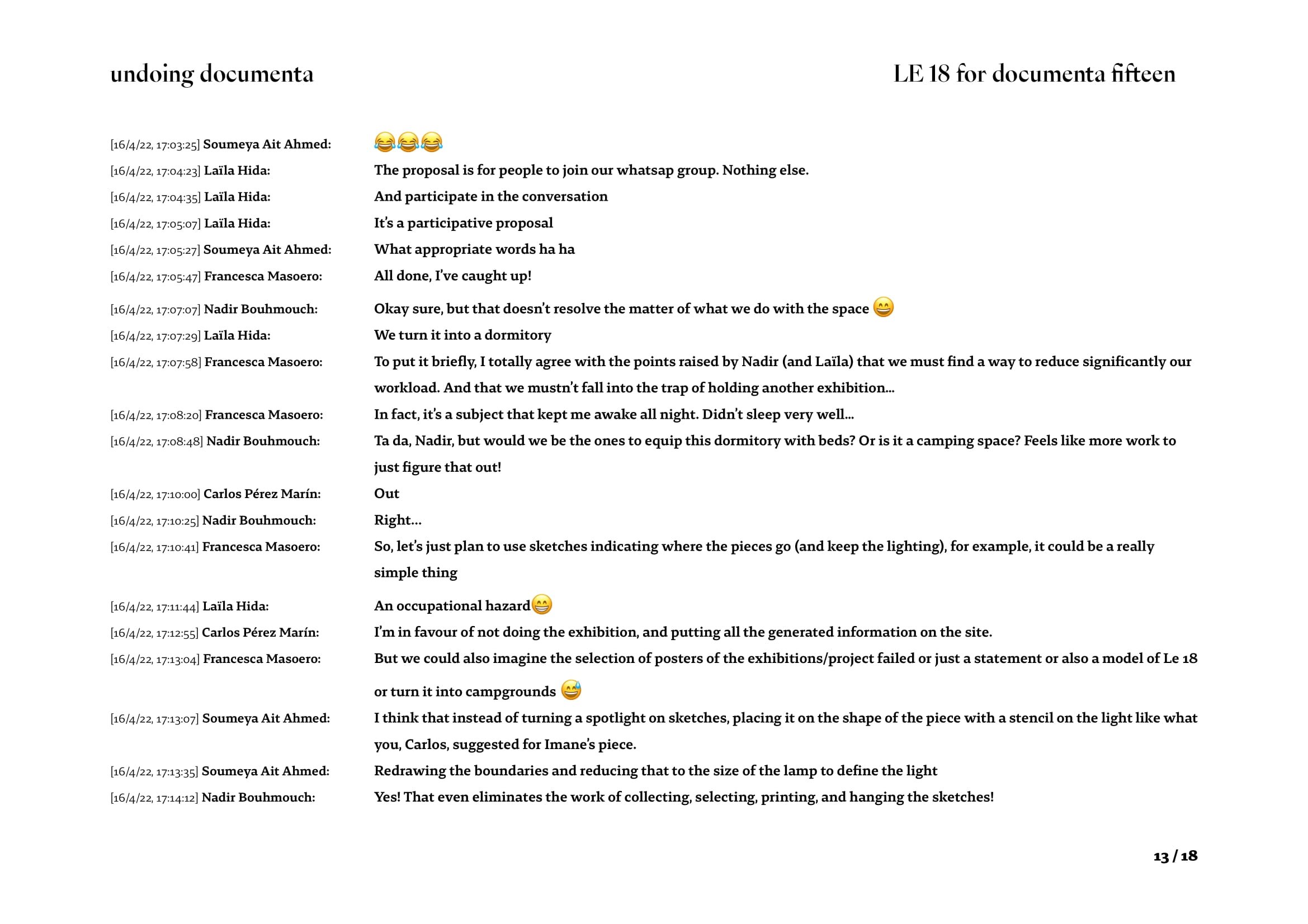
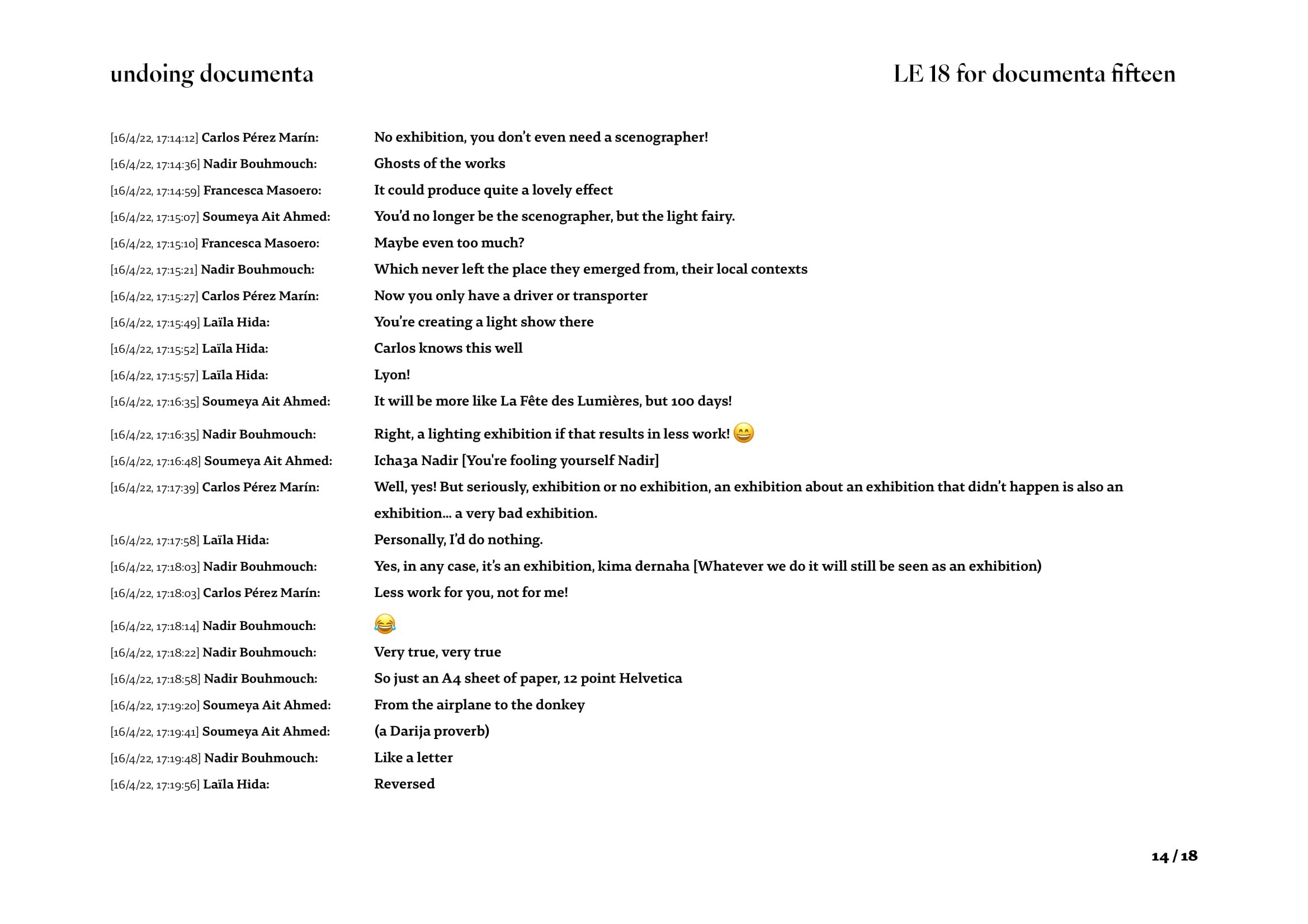

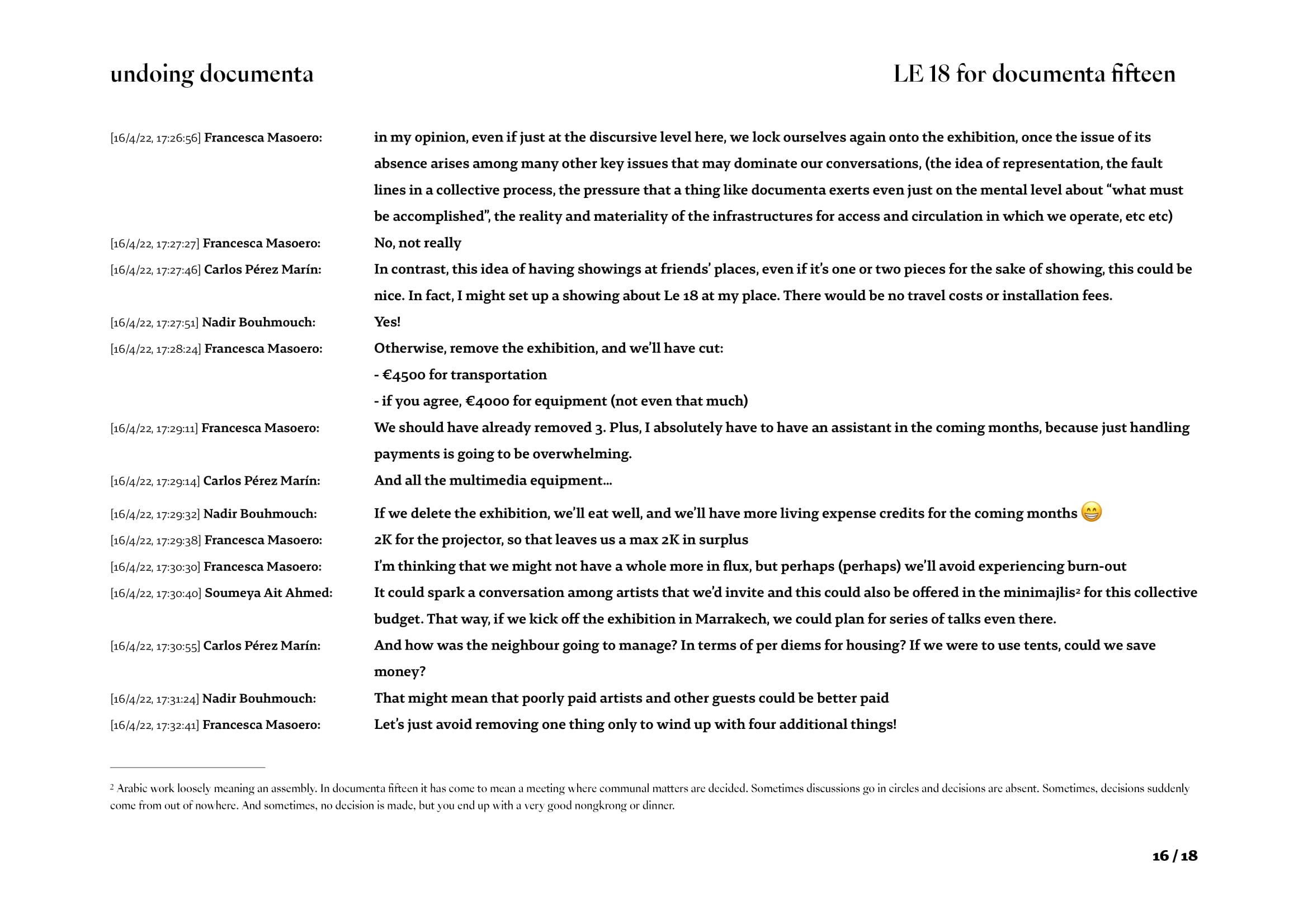
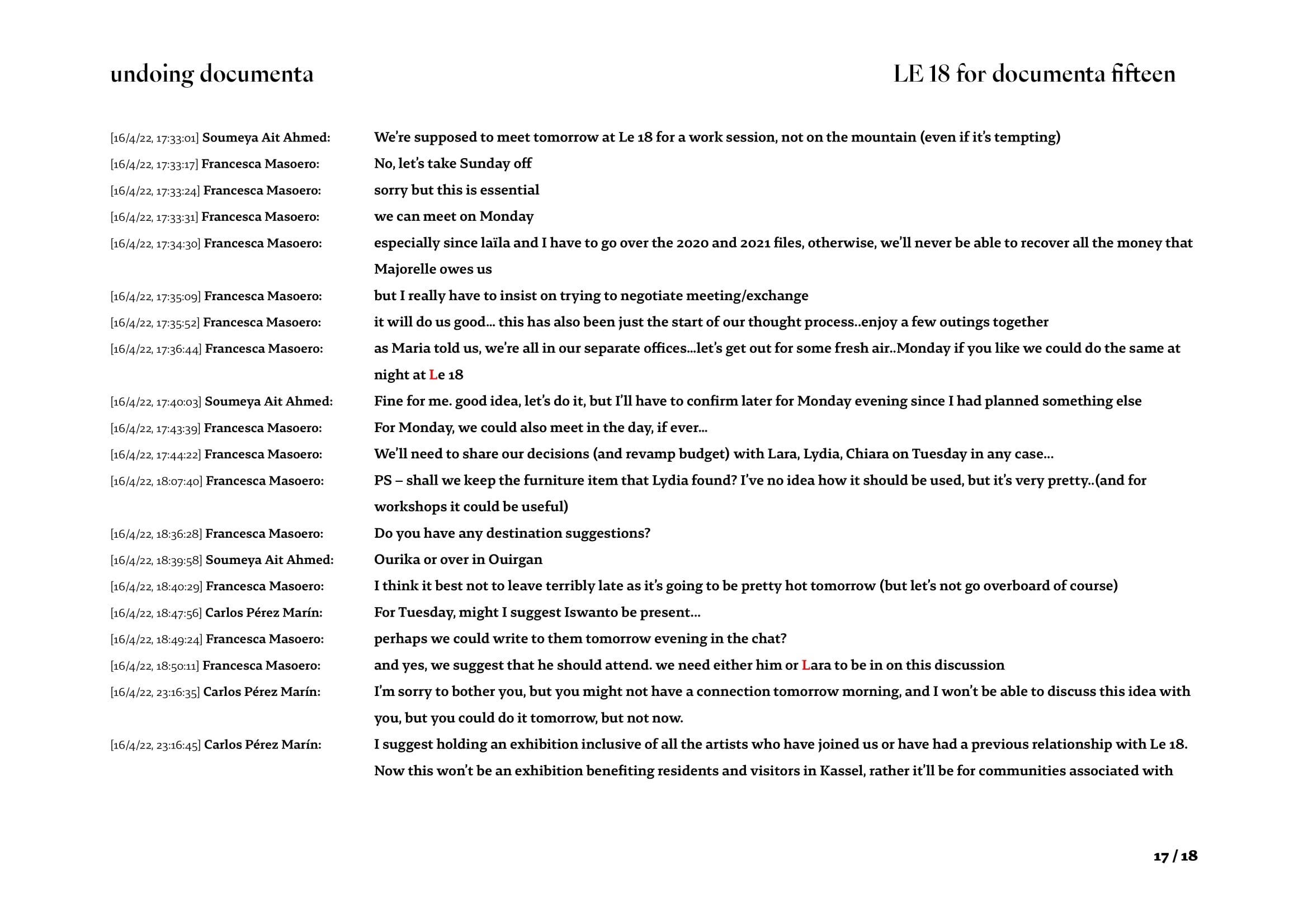
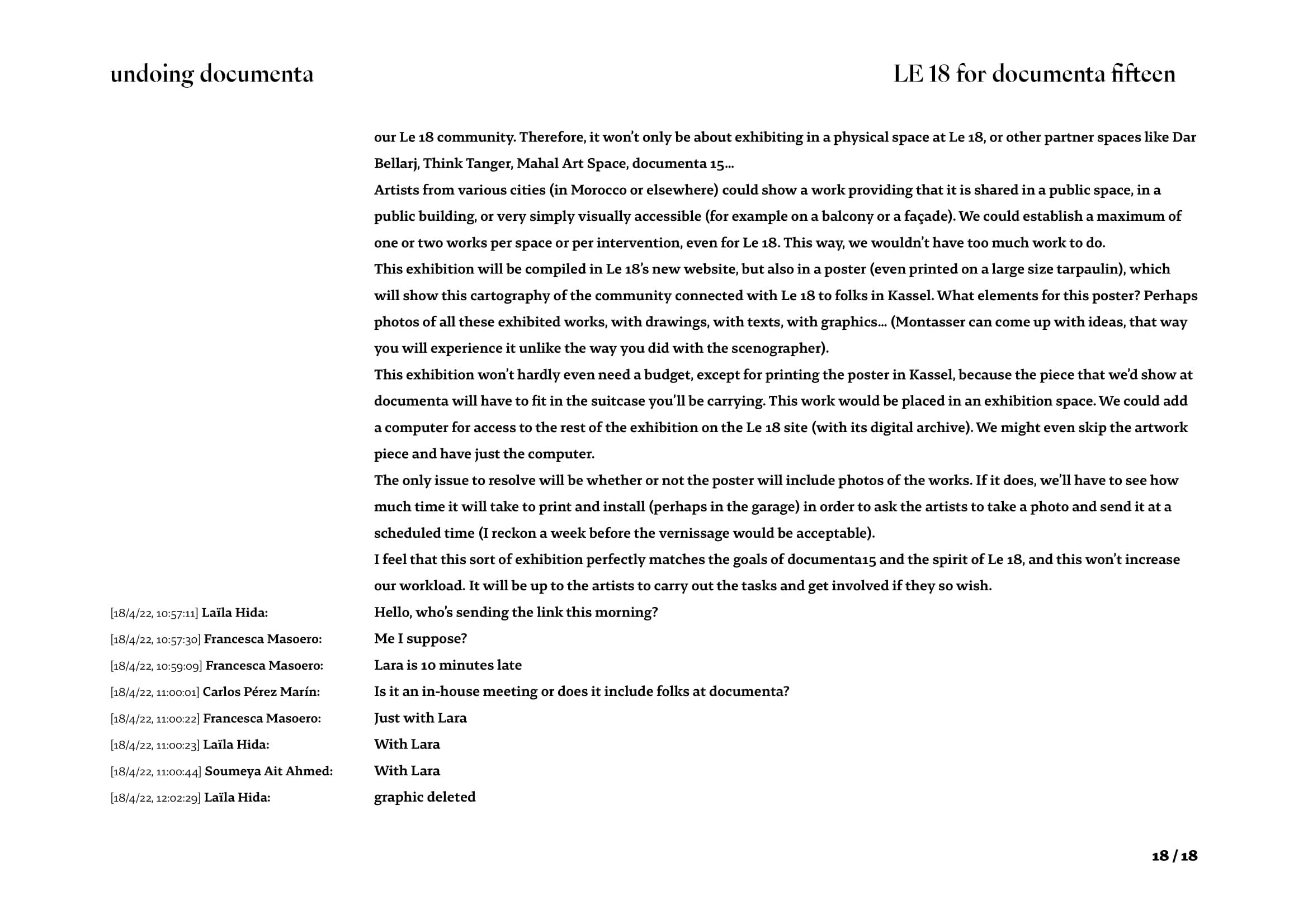
The decision has been made, we were not going to do the exhibition, just the public program, but we had to communicate it to documenta. Laila sent an email to Lara Khaldi, the member of the artistic team who had been following our process, asking for a zoom meeting on Monday to inform her of an important decision. We did not know what was going to be her reaction and then that from ruangrupa. Were we betraying their trust not doing the exhibition at the very last moment? Were they going to accept our position?
On Monday, we explained everything to Lara, she listened very carefully and at the end she just said, “I understand you, I support you, but what do artists, you had already confirmed their participation, think about that?” Laila answered they were agreed, in any case not all of them knew very well documenta and its importance. I added that it was one of them (M’barek) who even encouraged Laila and Francesca to cancel the exhibition in a chat they had the evening of the 15th at LE 18. Lara said she supported us but we had to know that documenta loves exhibitions… She was going to talk to her colleagues and members of ruangrupa to explain our decision, which according to her was very important, not for not doing the exhibition but for the process for which we arrived at the conclusion an exhibition was not representative of what LE 18 is. She also said she found our decision very brave because we were questioning the way contemporary art is shown, that is why she found it important to show our WhatsApp messages with the conversations about undoing documenta. After the meeting with Lara we definitely knew there would be no exhibition but the names of all the people that were going to participate will appear in the credits (documenta fifteen website and press kit). Now, we had to work on how we were going to adapt the indoor space for the new use, a relief centre.
The next few days, we again had meetings with several documenta’s teams trying to figure out the changes we needed in the indoor space. I thought they were going to blame us but in the end they were going to have less work so nothing changed in our relationship. However, some days later, the 29th, Chiara, who had been asking some weird questions on the WhatsApp group related to the shipment of the artworks, sent me a private message saying that Lydia just told her there would be no shipment but she wasn’t very clear to her, so she was shocked and she wanted me to explain to her what had happened. In fact, I thought she was participating at the first meeting we had with the production team after our decision. She was connected but she wasn’t attending our conversation, so she didn’t know our decision. That night we had a long conversation. After explaining our raisons to cancelling the exhibition she asked me the same question Lara asked first, “What do artists you have already invited think about your decision?” The answer was the same, in Morocco a very few artists know about the event and even fewer are aware of its importance. She replied, “Oh my God, are you aware of what you are doing? Cancelling the exhibition as a conclusion of your process means you are shaking documenta foundations.” I replied that she was exaggerating and we didn’t do it as a reaction against nobody, it was just a coherent decision based on the identity of LE 18.
After several conversations we had, we decided that in the indoor space there would be only some publications, a vidéothèque with a selection of Moroccan and Arab movies, furniture so visitors could sit down to read or simply to rest and finally we would show the process for which there was no exhibition, with a text at the entrance, a video of a diner where artists, who were supposed to be in the exhibition, were going to talk about our decision and finally documents produced during the discussions and reflections we were going to propose to do collectively with visitors and collectives in our public program.
I started to do the modifications in the plans because we were still going to need some details; a drywall to hide the electrical box on which we would paste the explanatory text, another drywall to cover the ventilation equipment, the spotlights to illuminate the stone wall on which documents and posters would be hung, the tv screen for the video with the diner and the small areas we were going to create with furniture to have some rest. Comparing that plan with the one for the exhibition, it was not complicated to have the new information to start the works and to look for furniture, first in the documenta warehouses and then on a local website where you could get furniture people do not use any more at a ridiculous price, or even for free. It was even easier to adapt the garage plan, we kept the distribution for the public program and I just deleted the exhibition Nadir was going to hang on one of the sides of the garage. As someone mentioned people were going to criticise our decision, arguing that we were unable to organise an exhibition in Kassel, I decided to prepare a pdf document with all the information produced for the exhibition, the graphic story of Le 18 in Kassel, so no one could affirm I had not the technical skills to produce an exhibition for documenta.

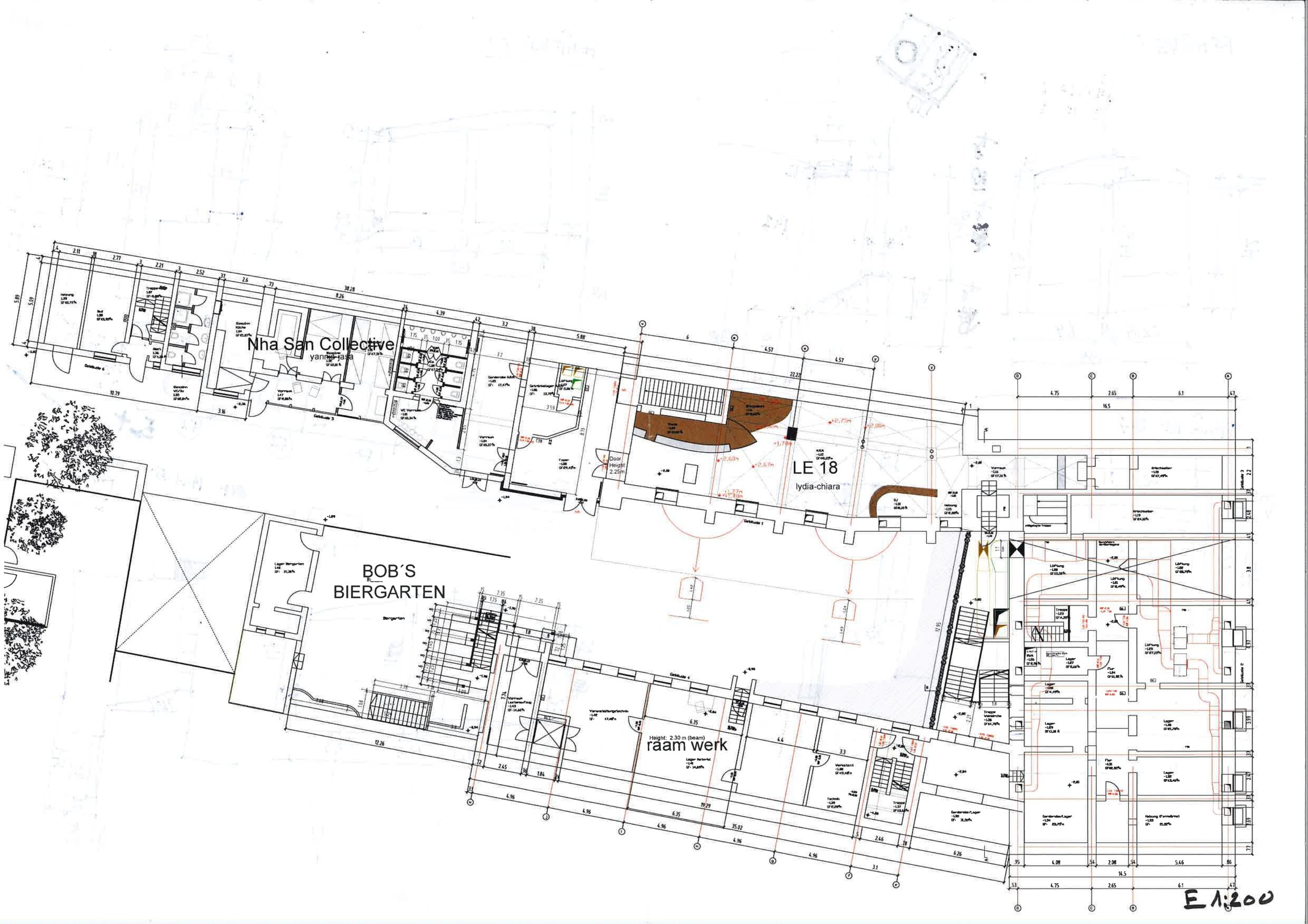

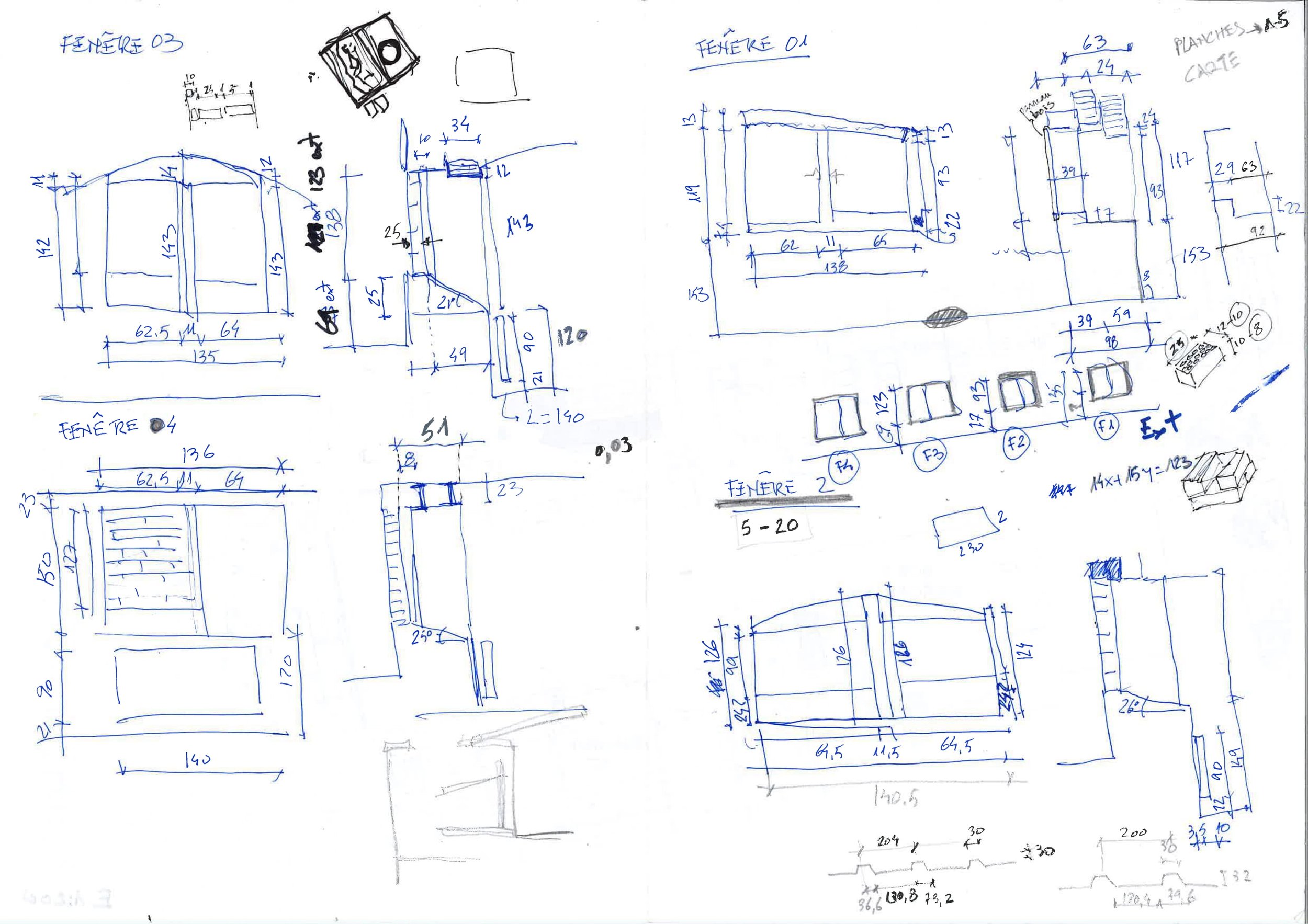
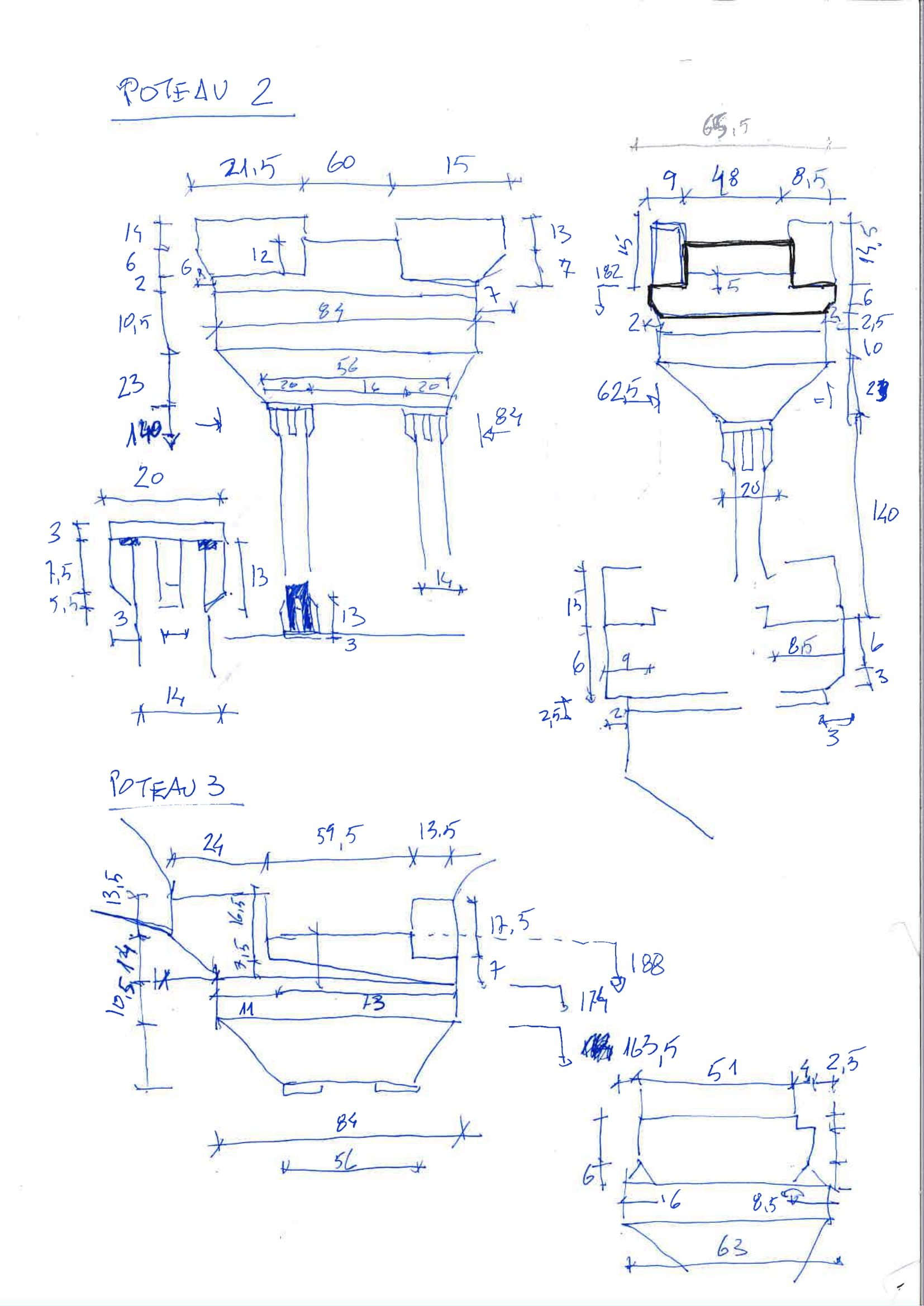
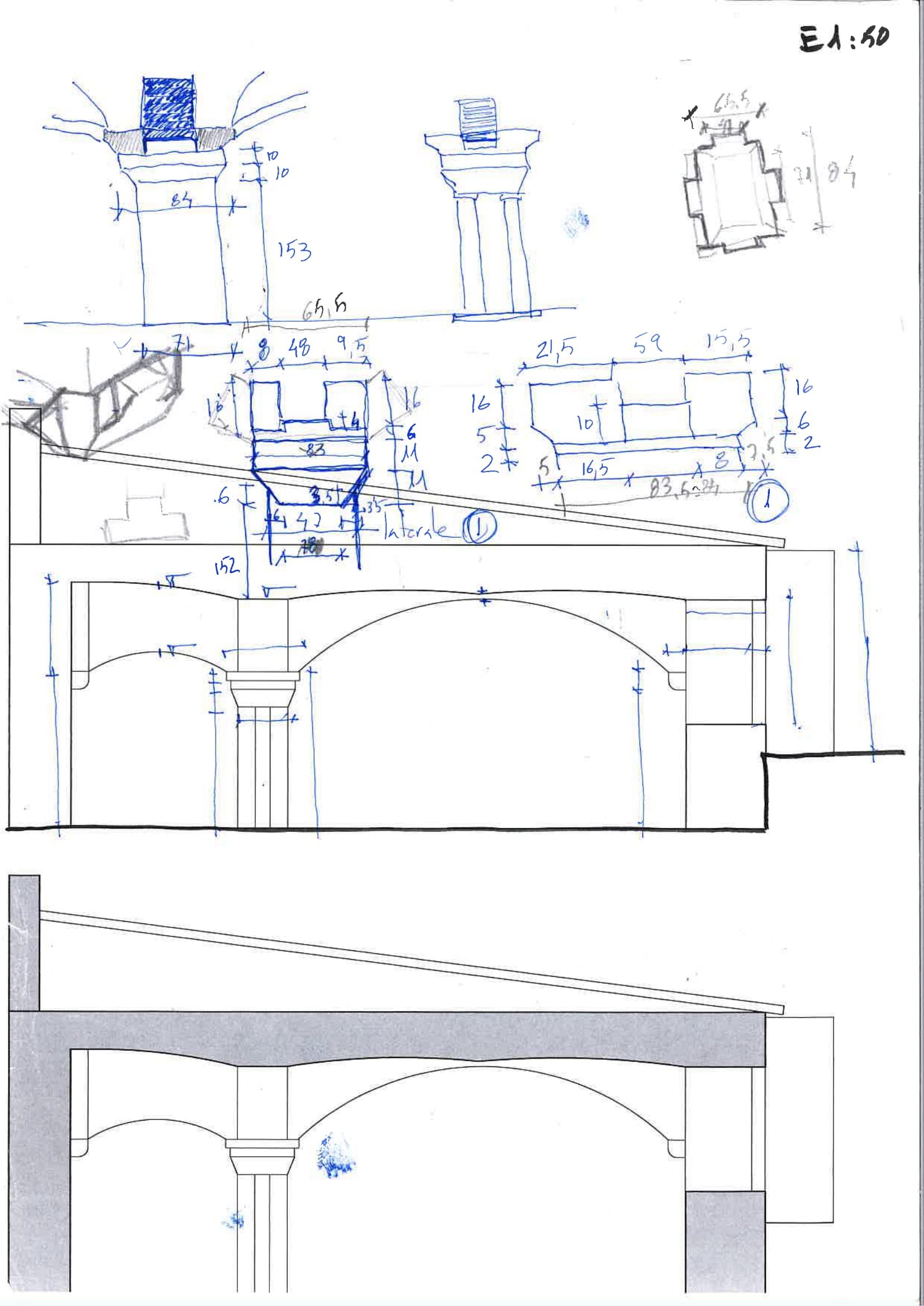
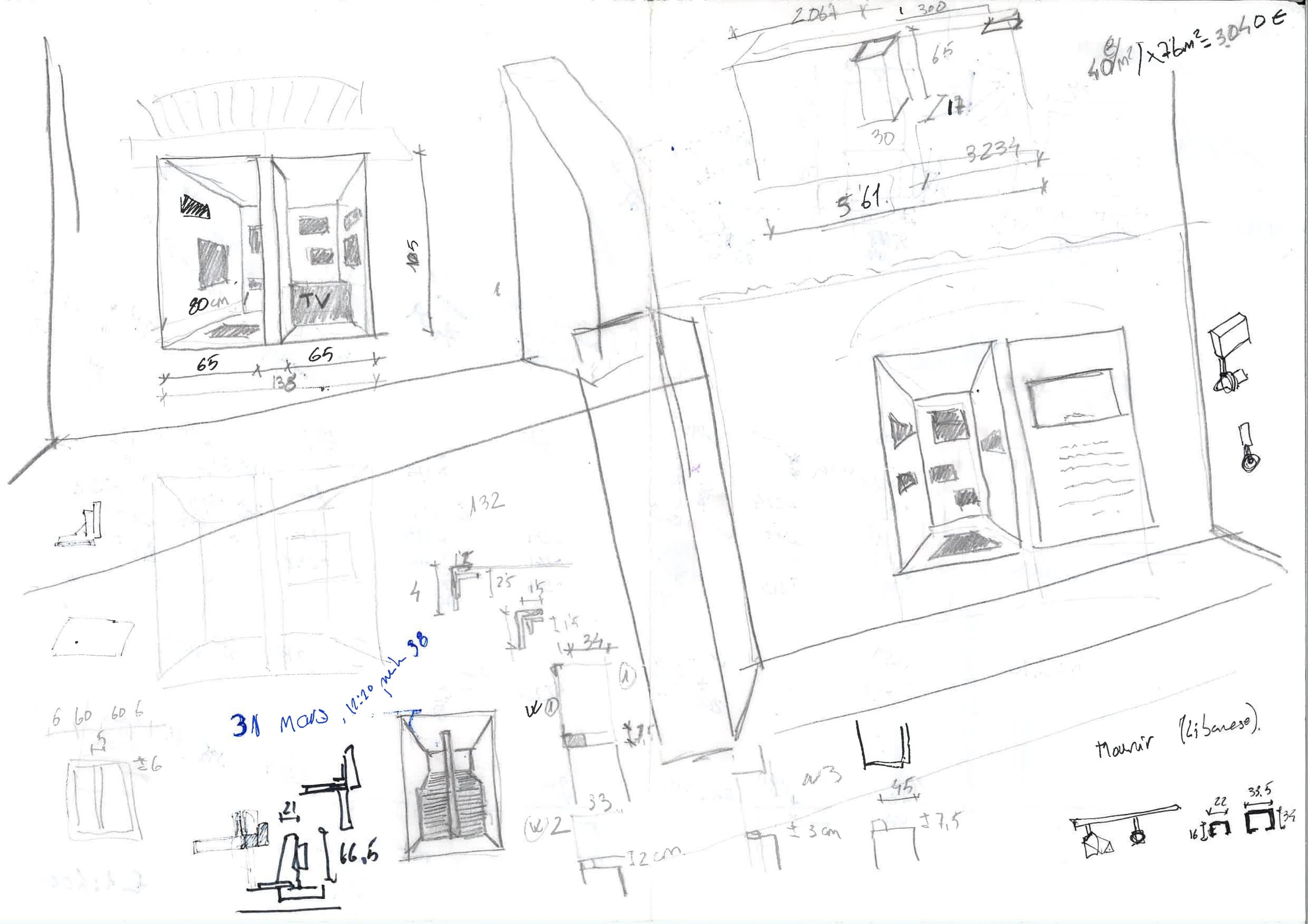
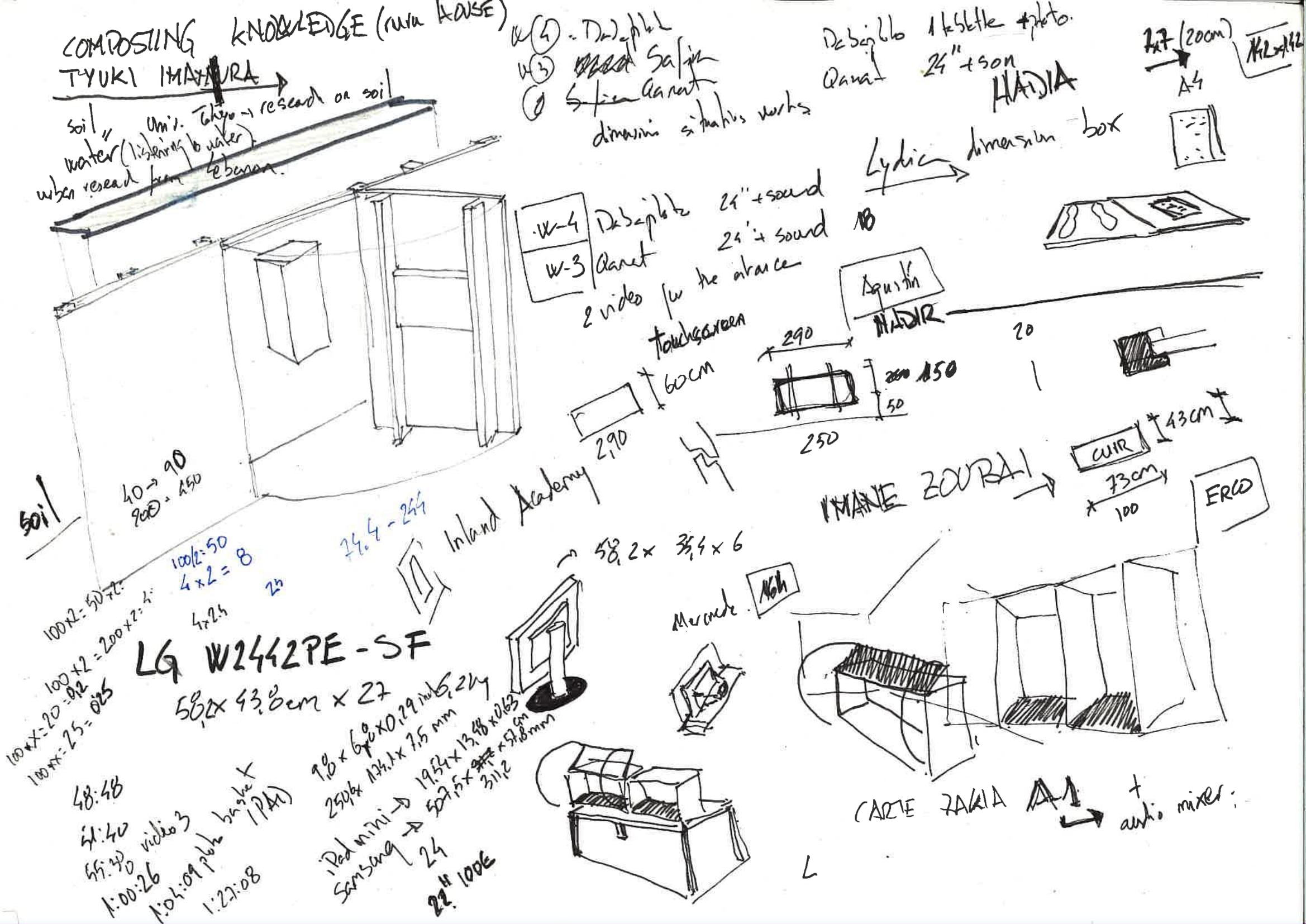

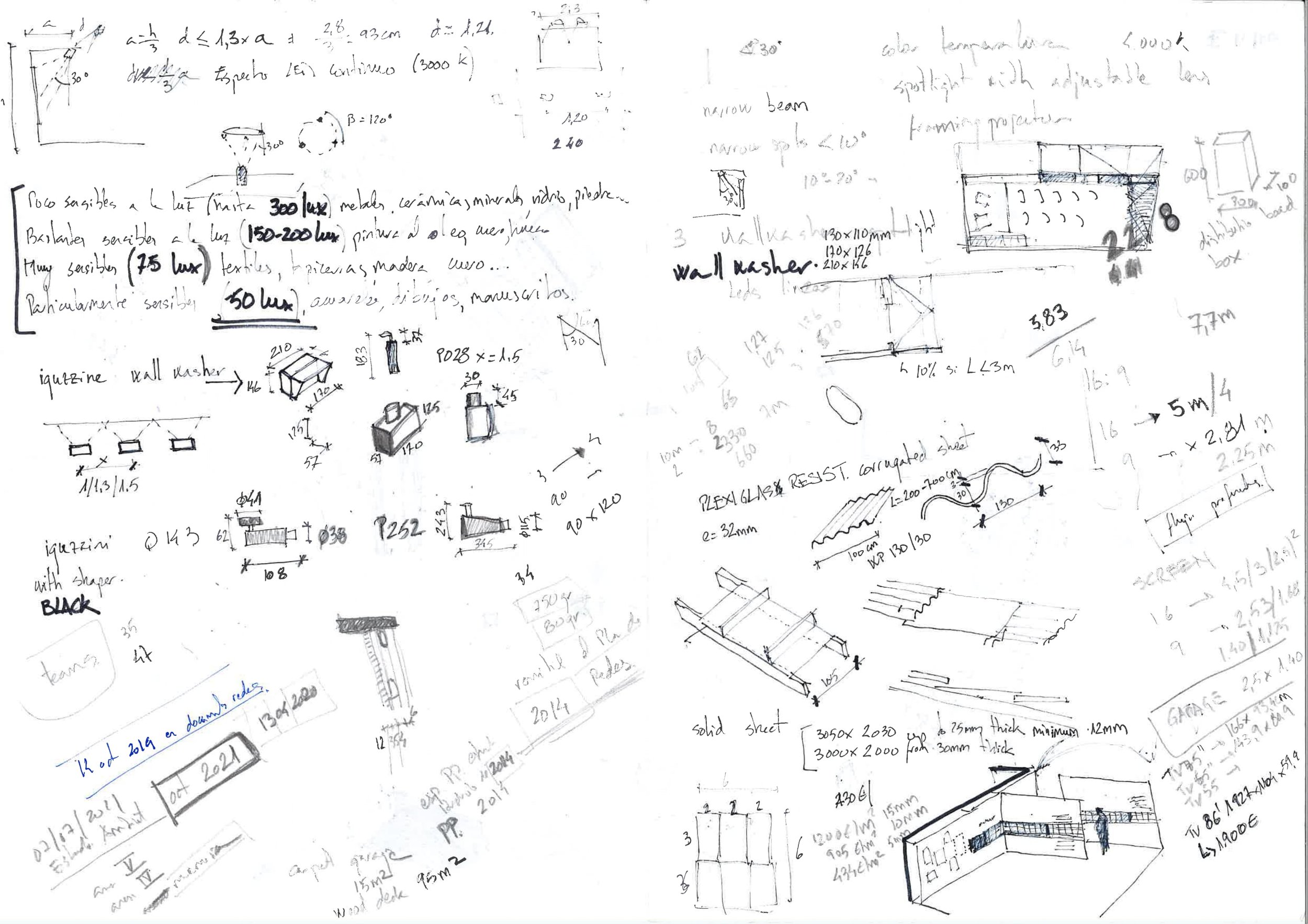
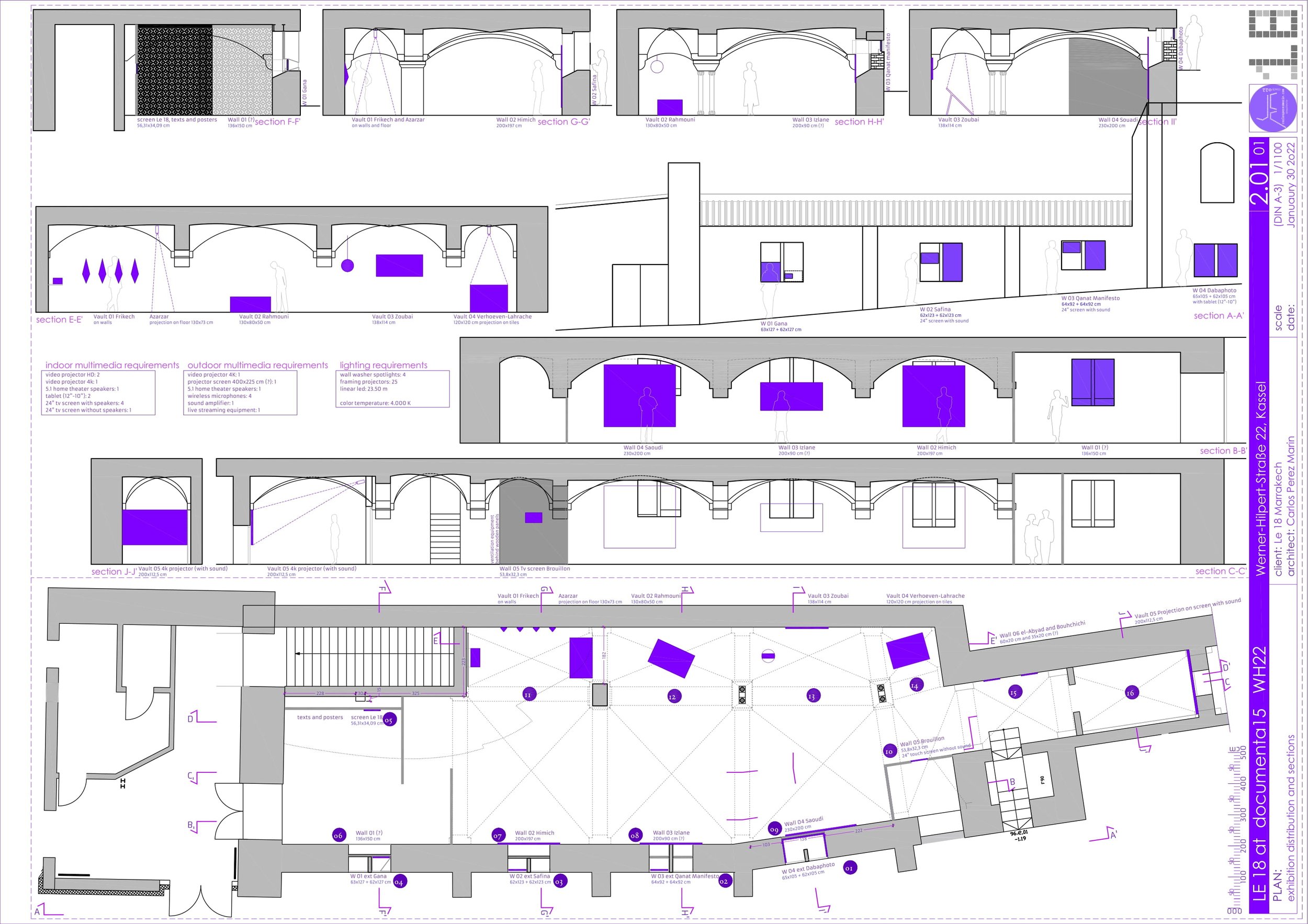
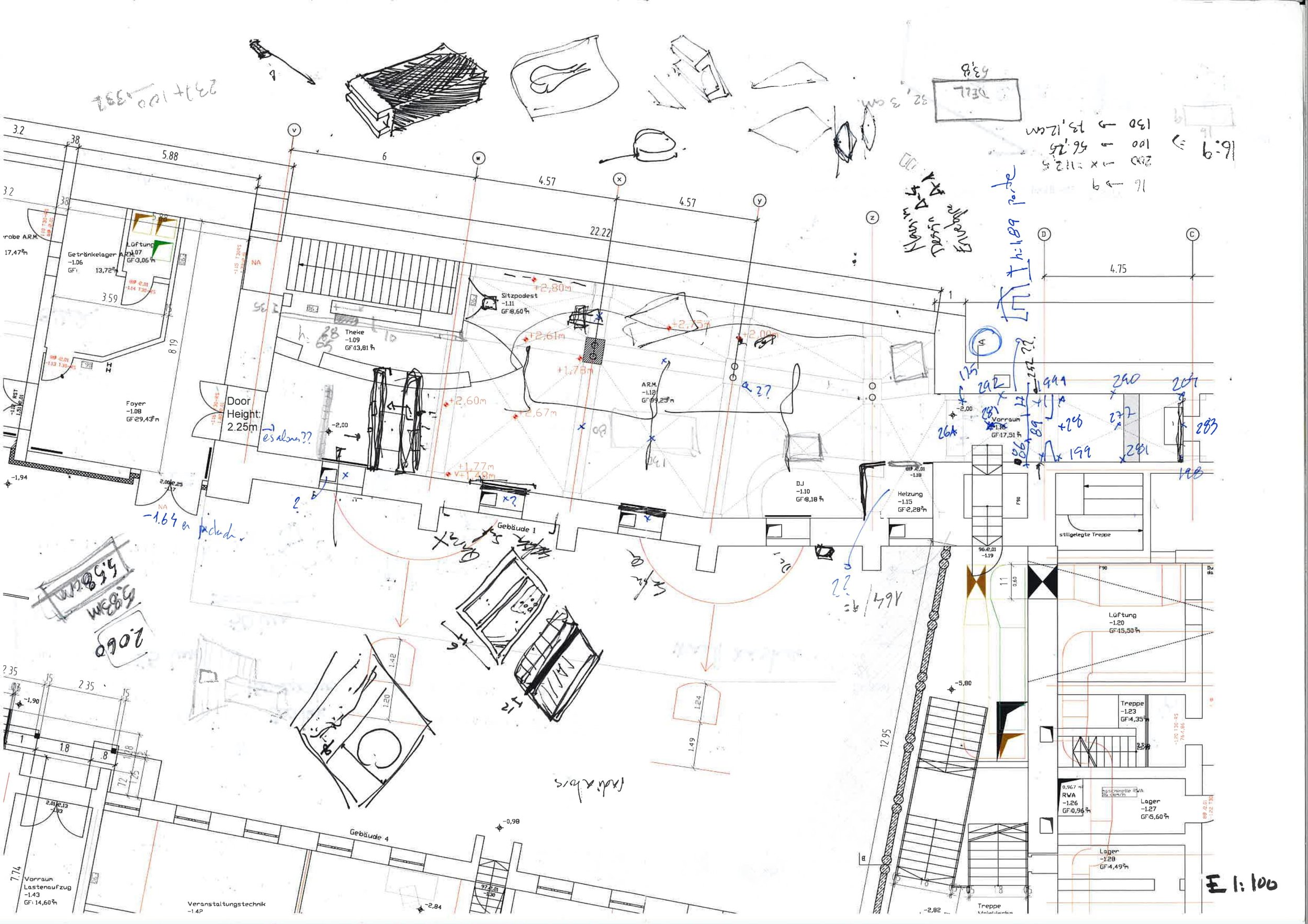
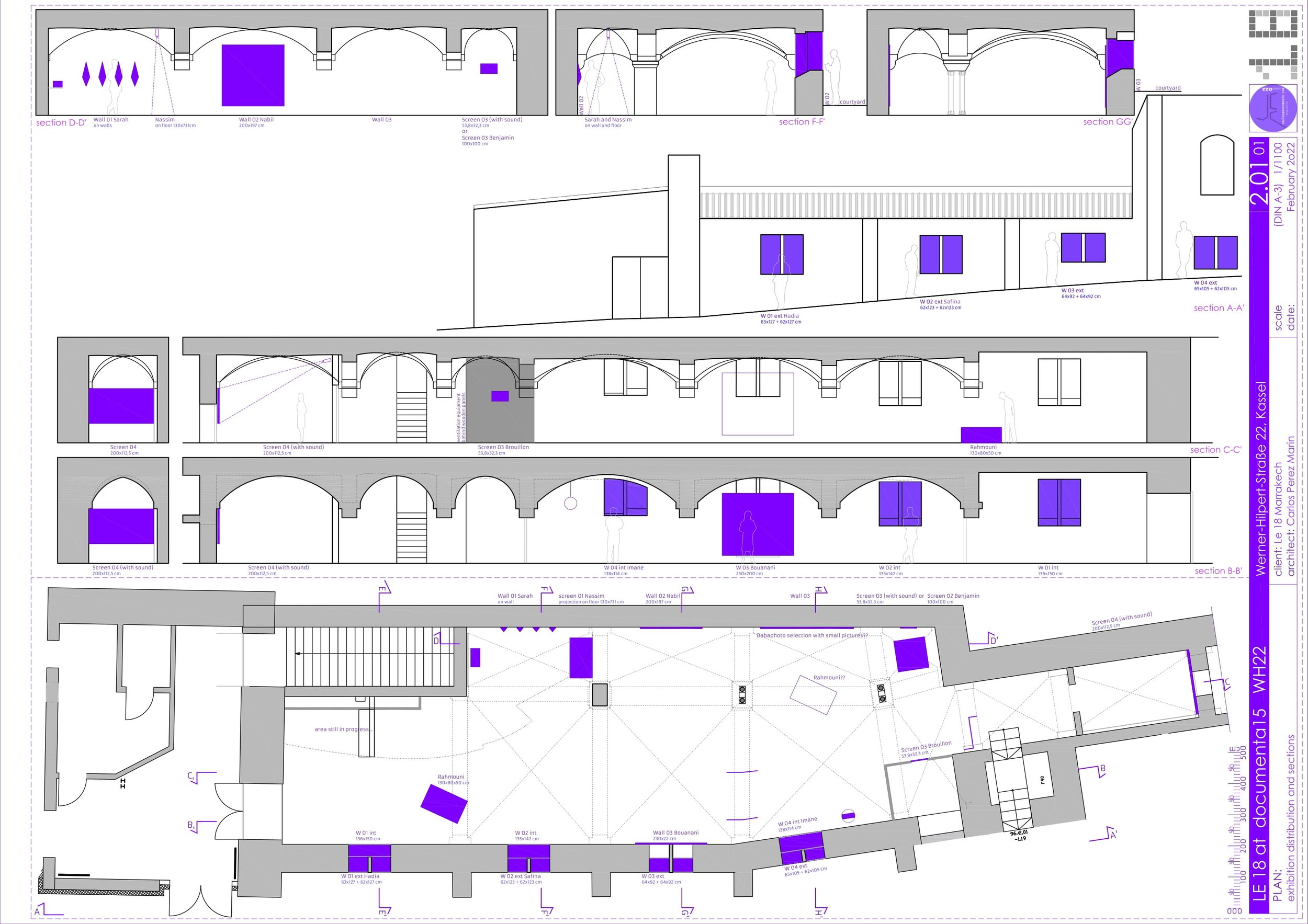
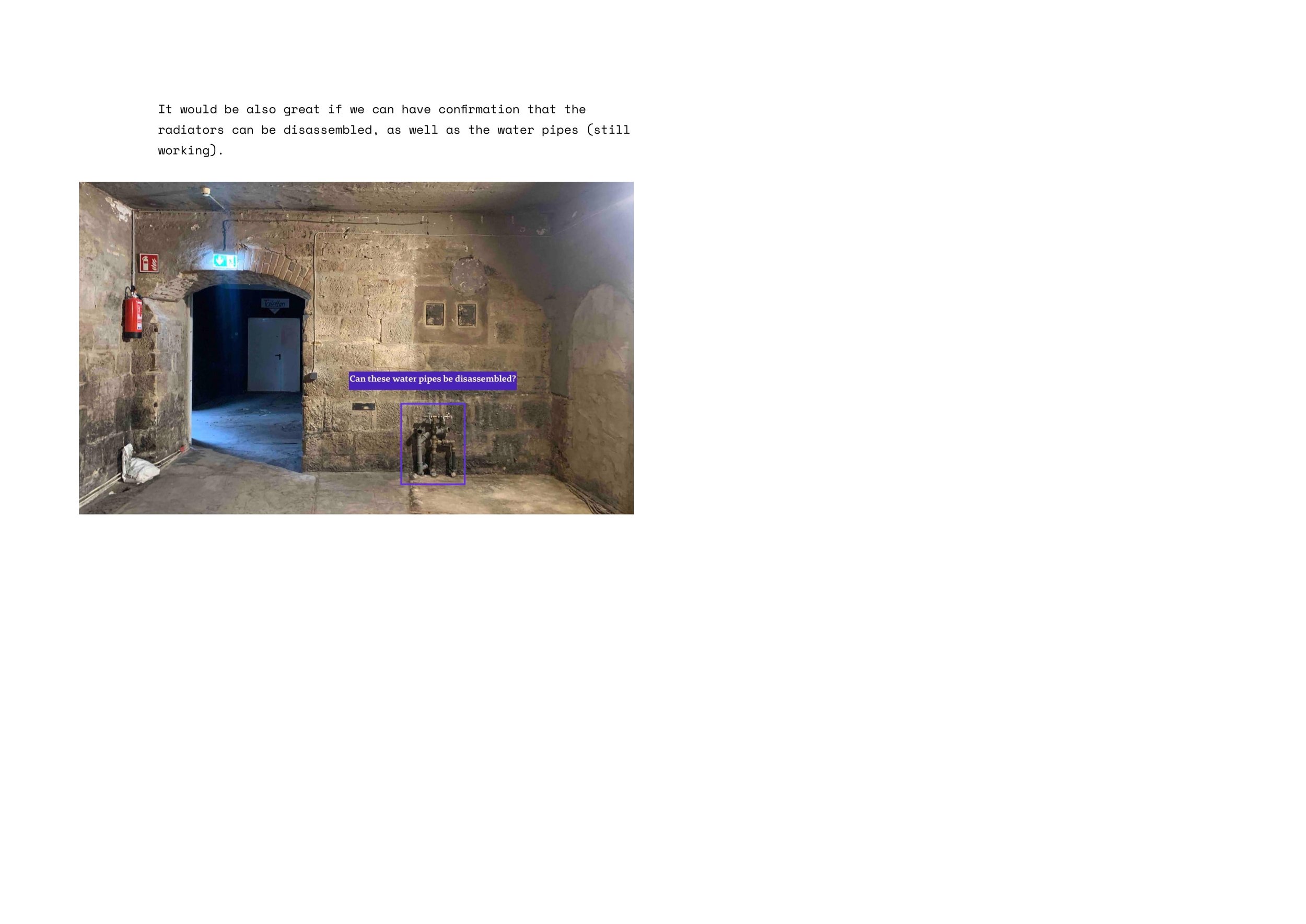
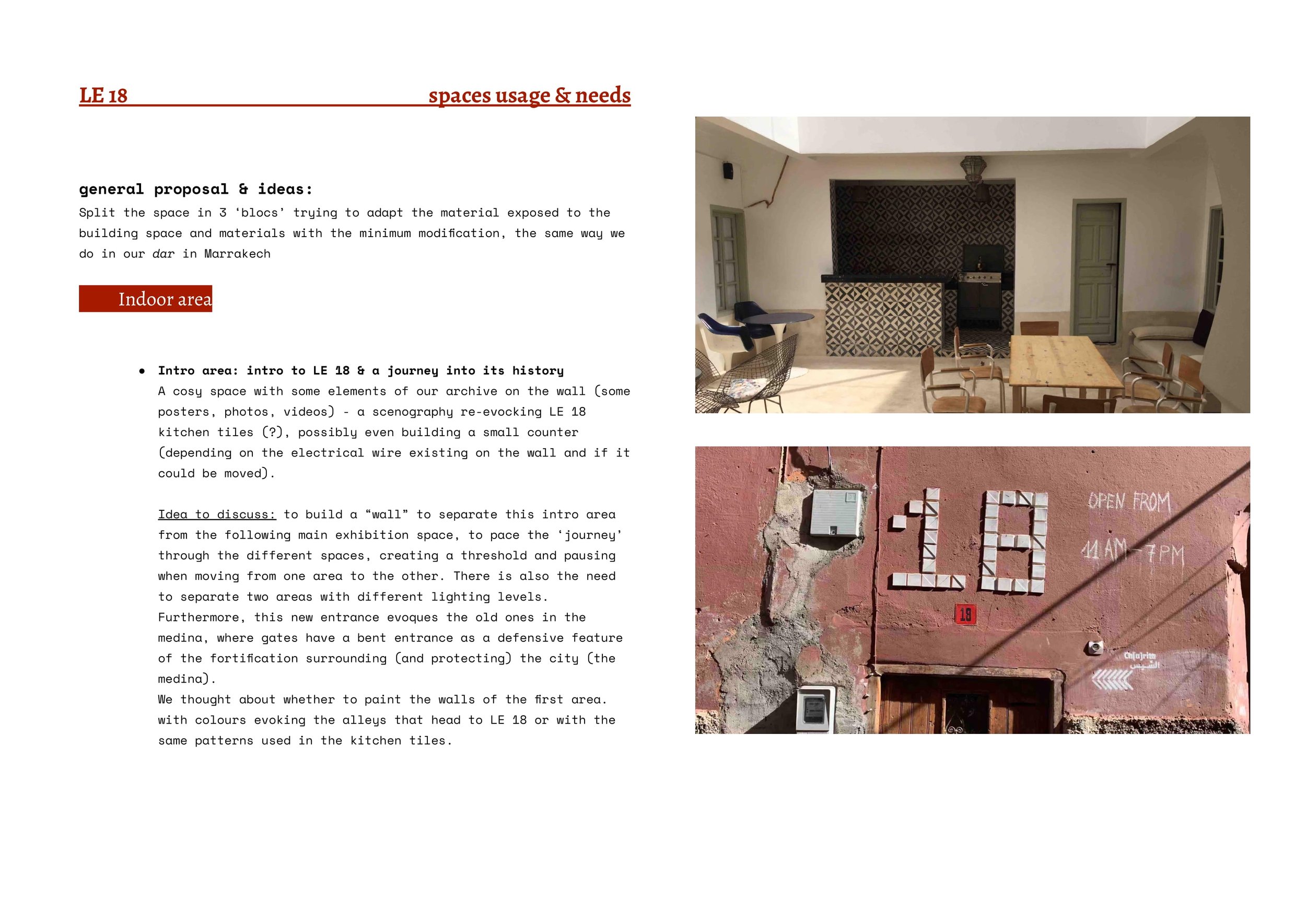
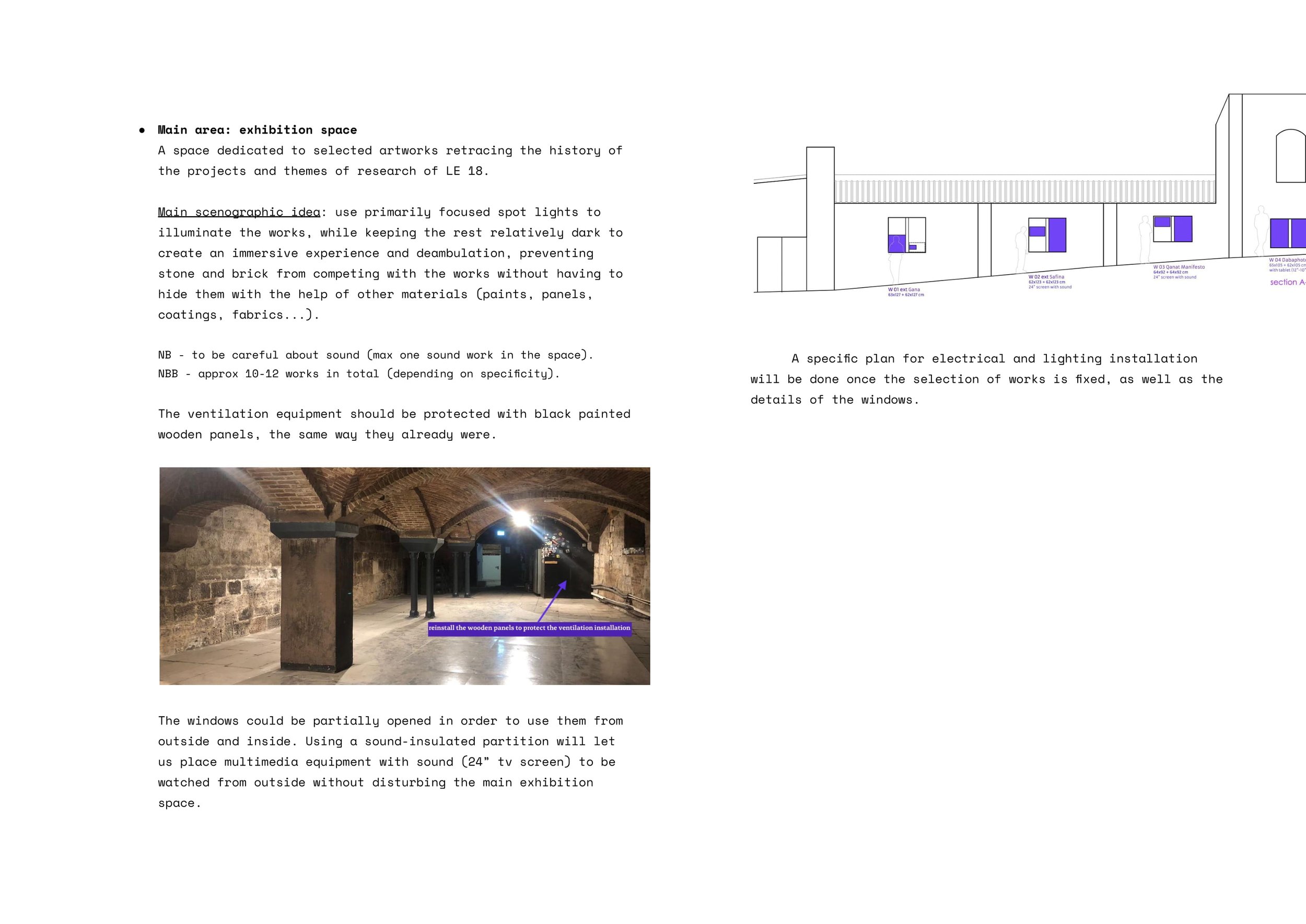
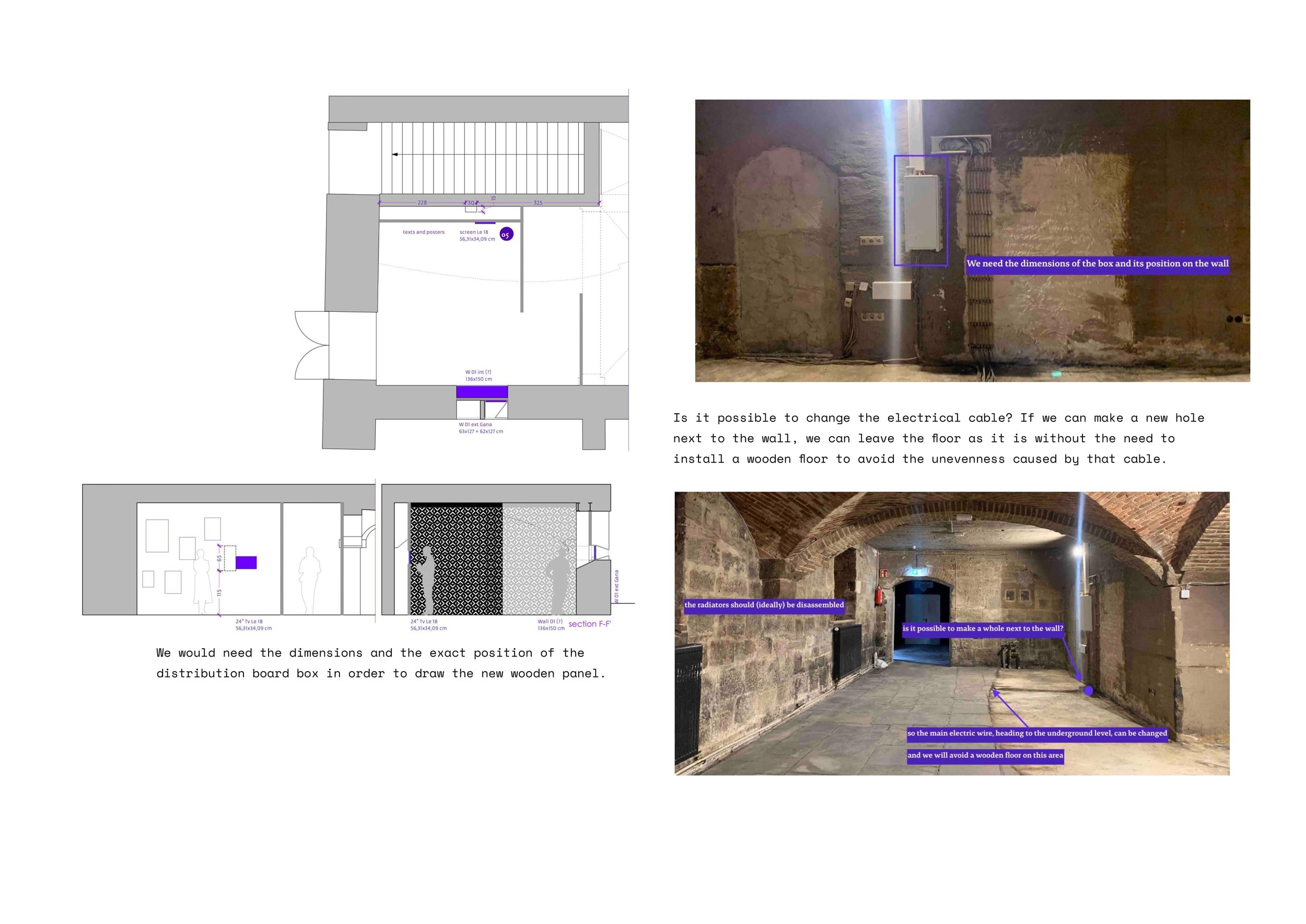
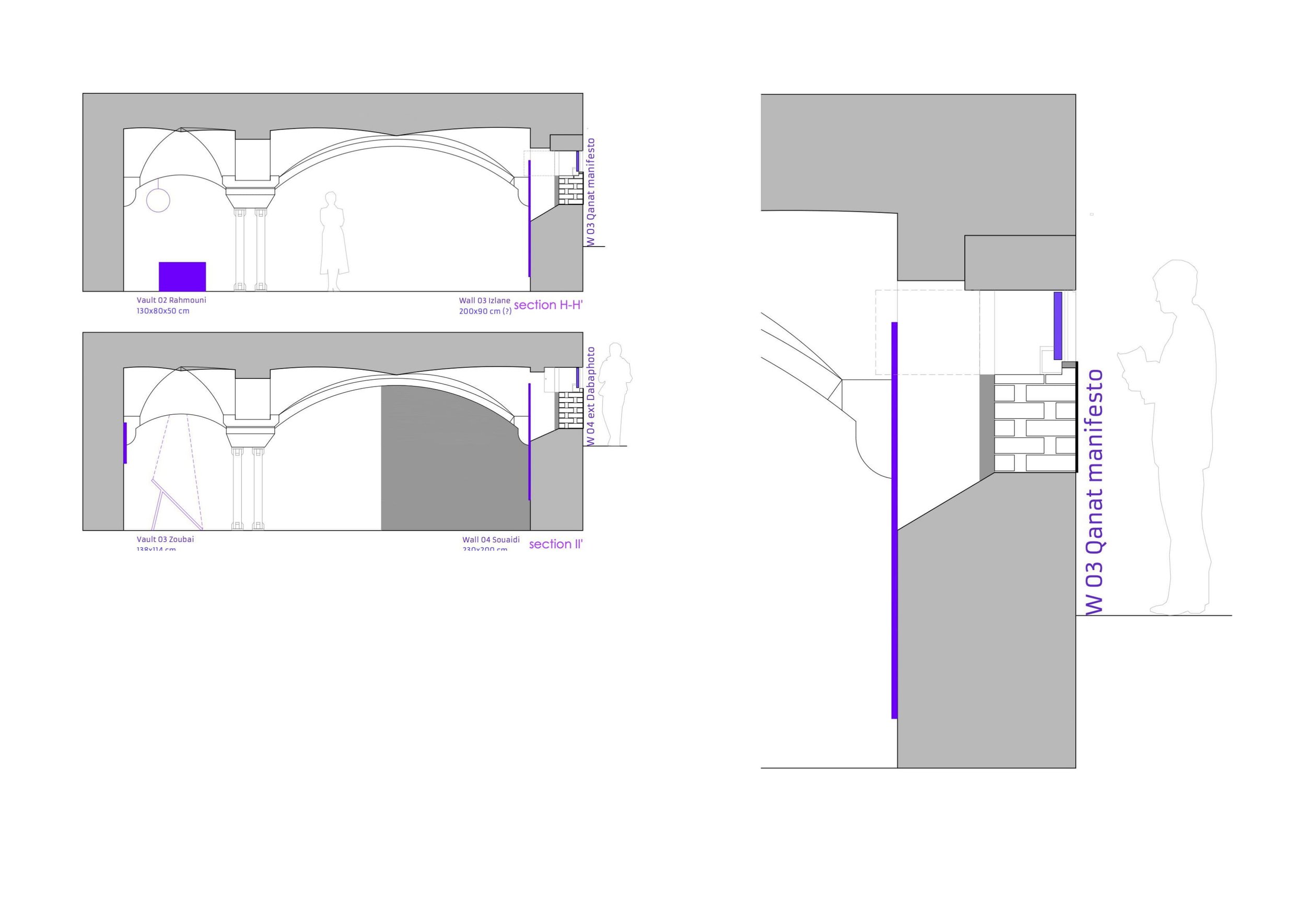
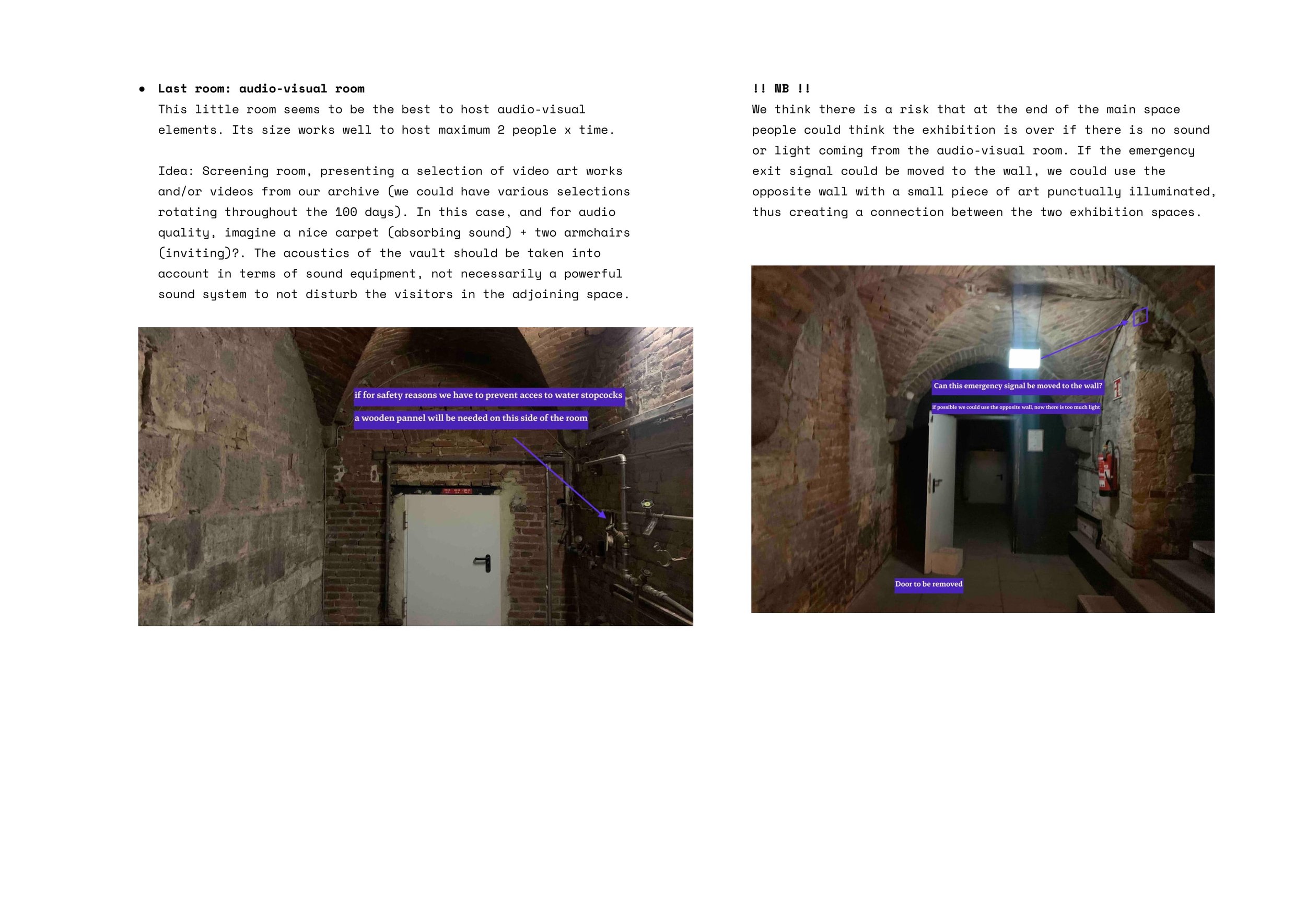

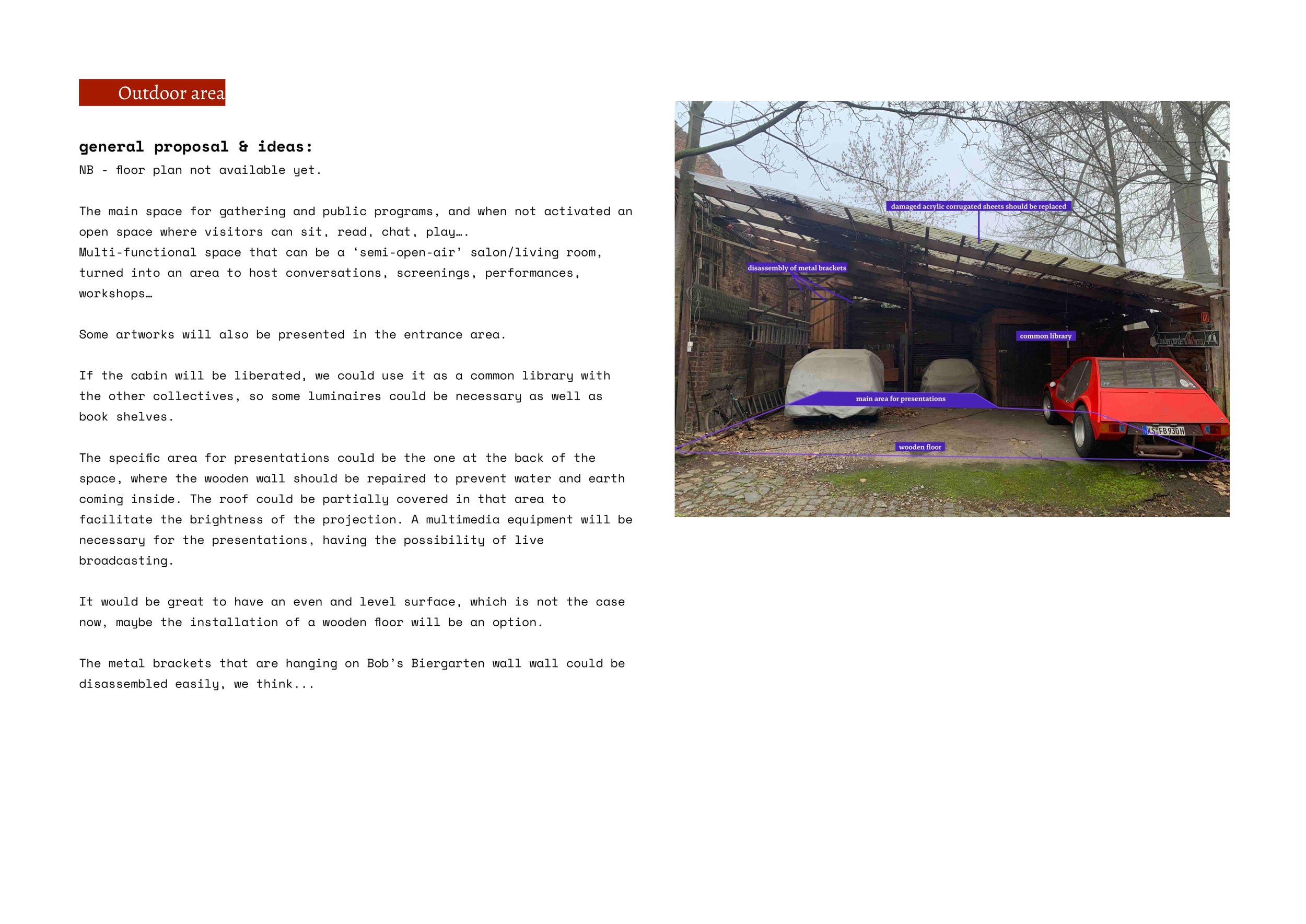
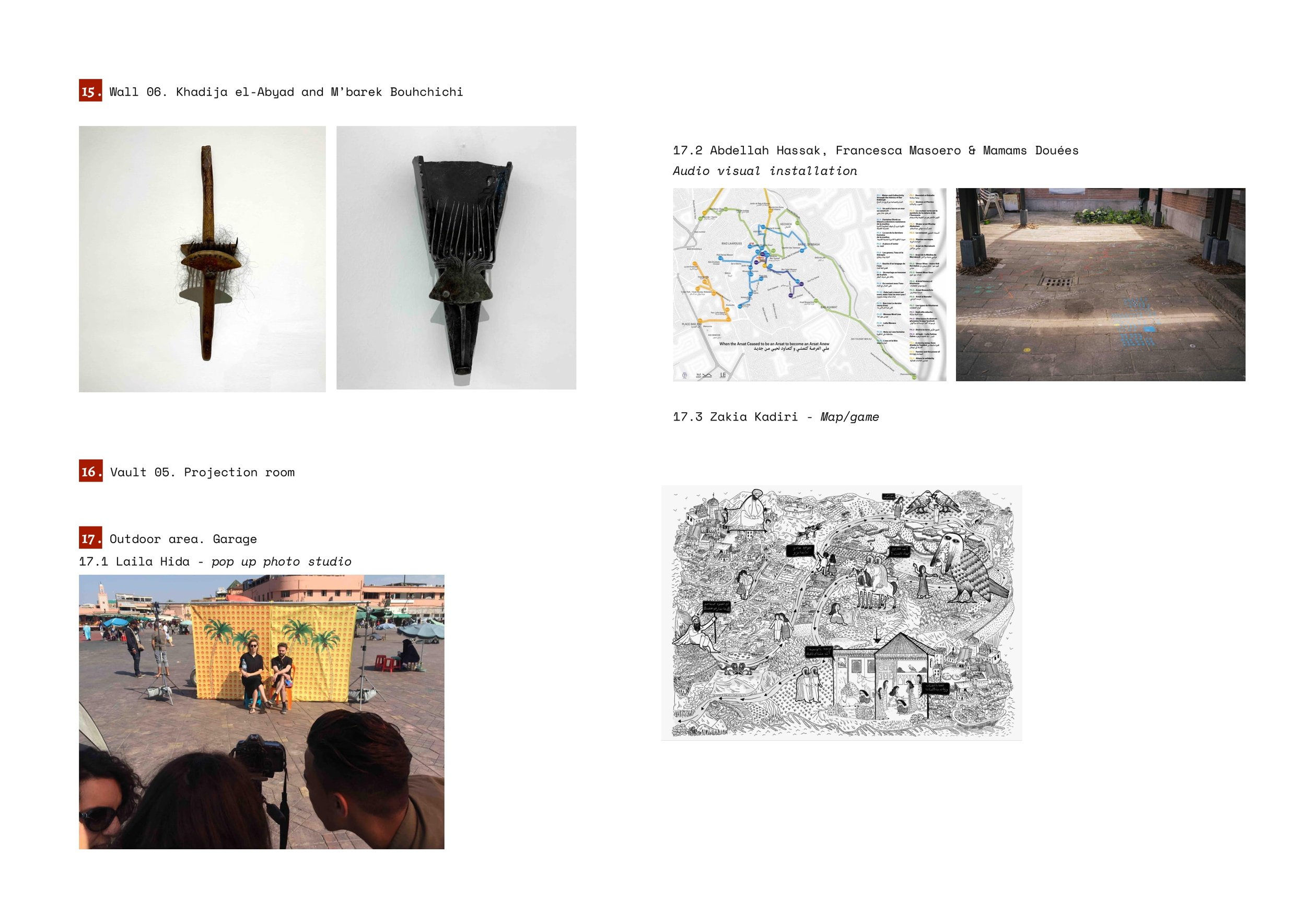
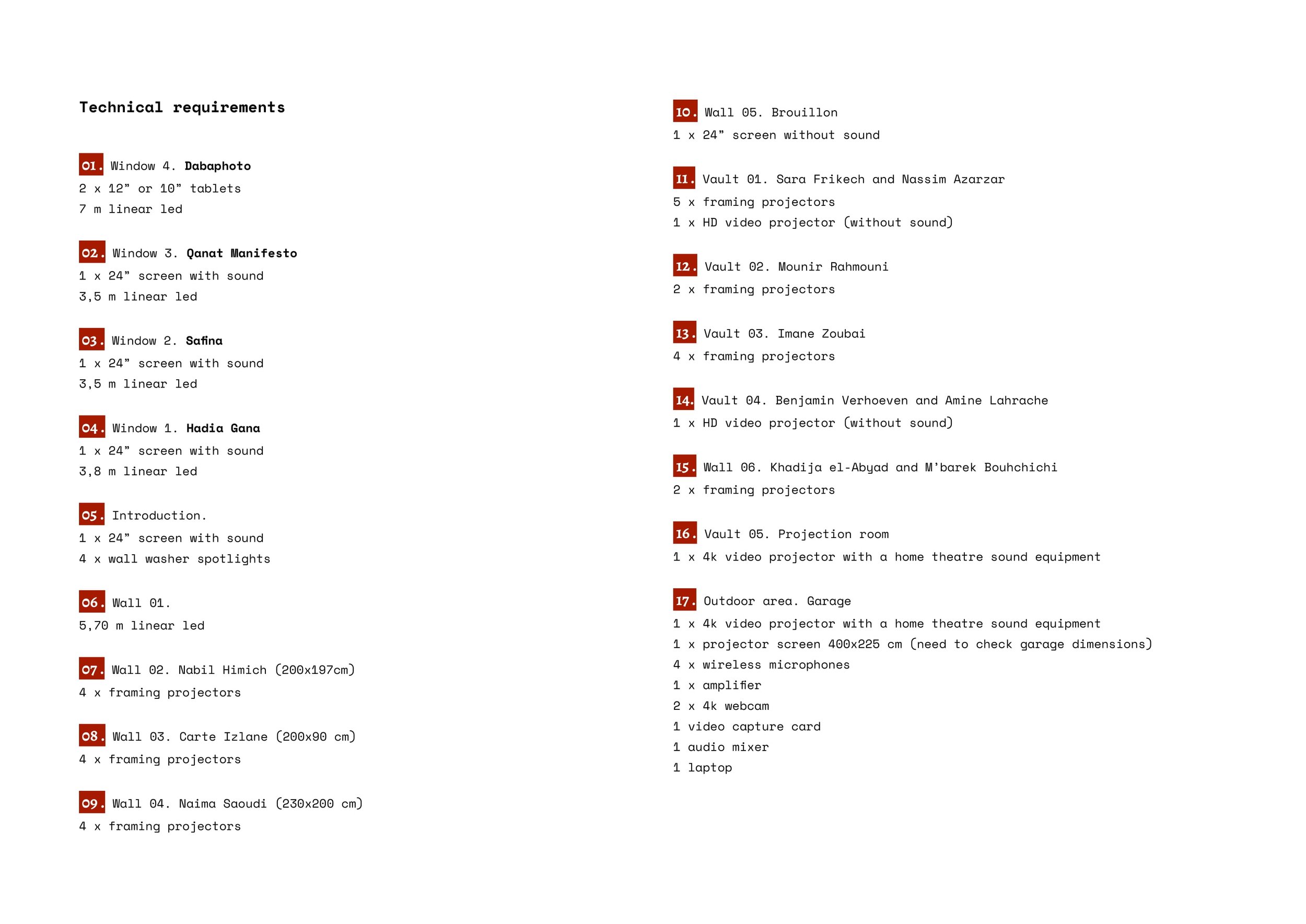
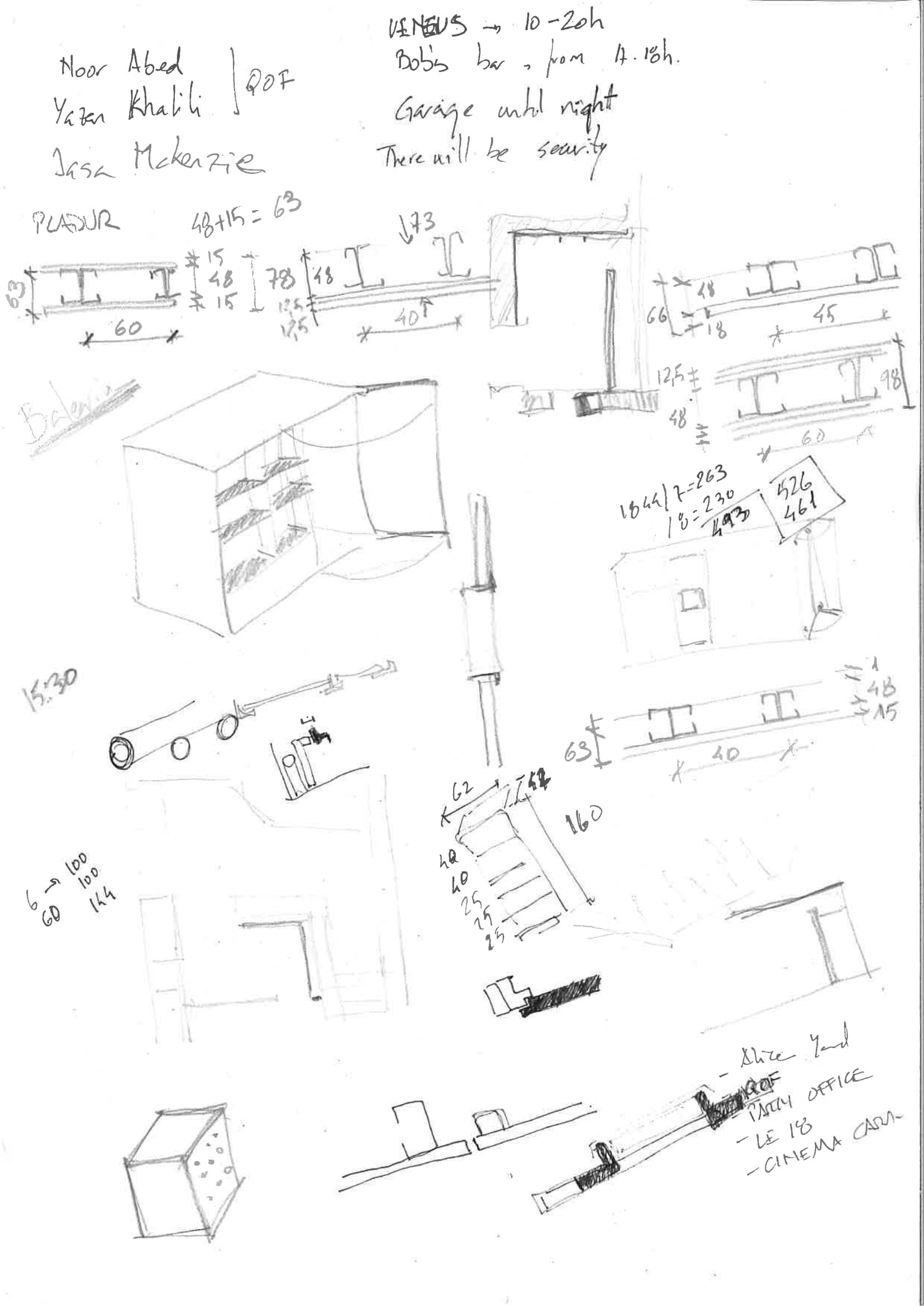
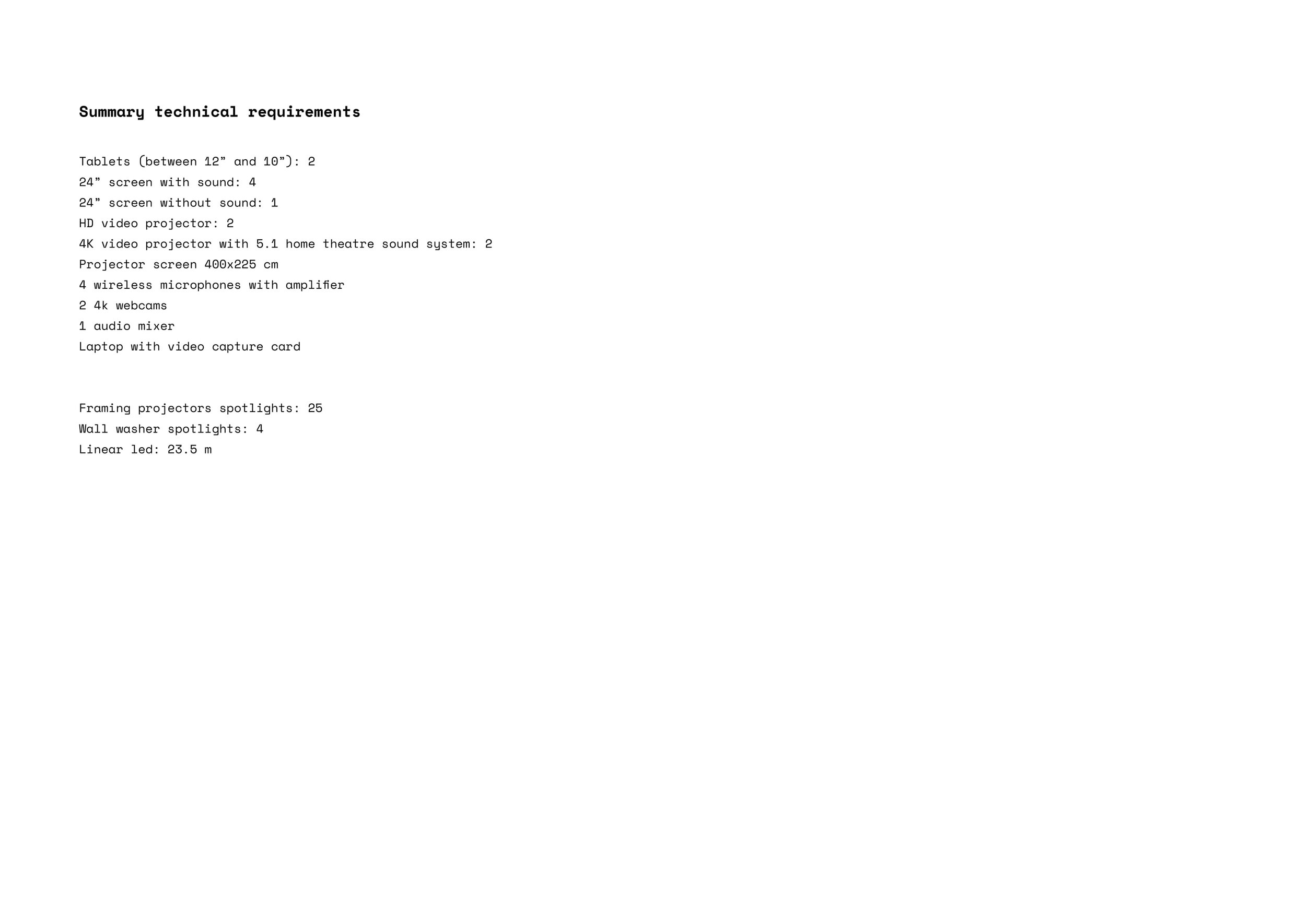
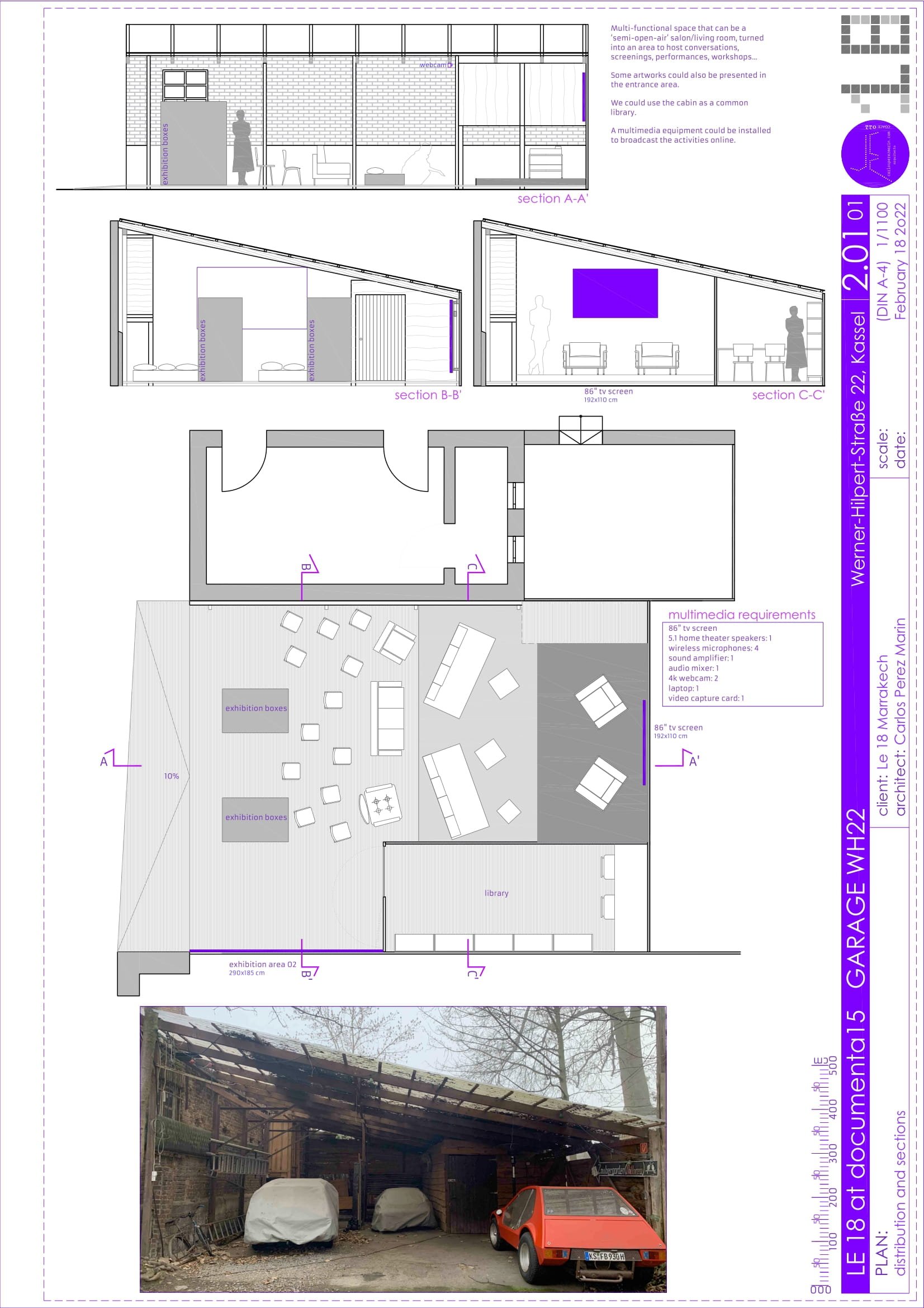
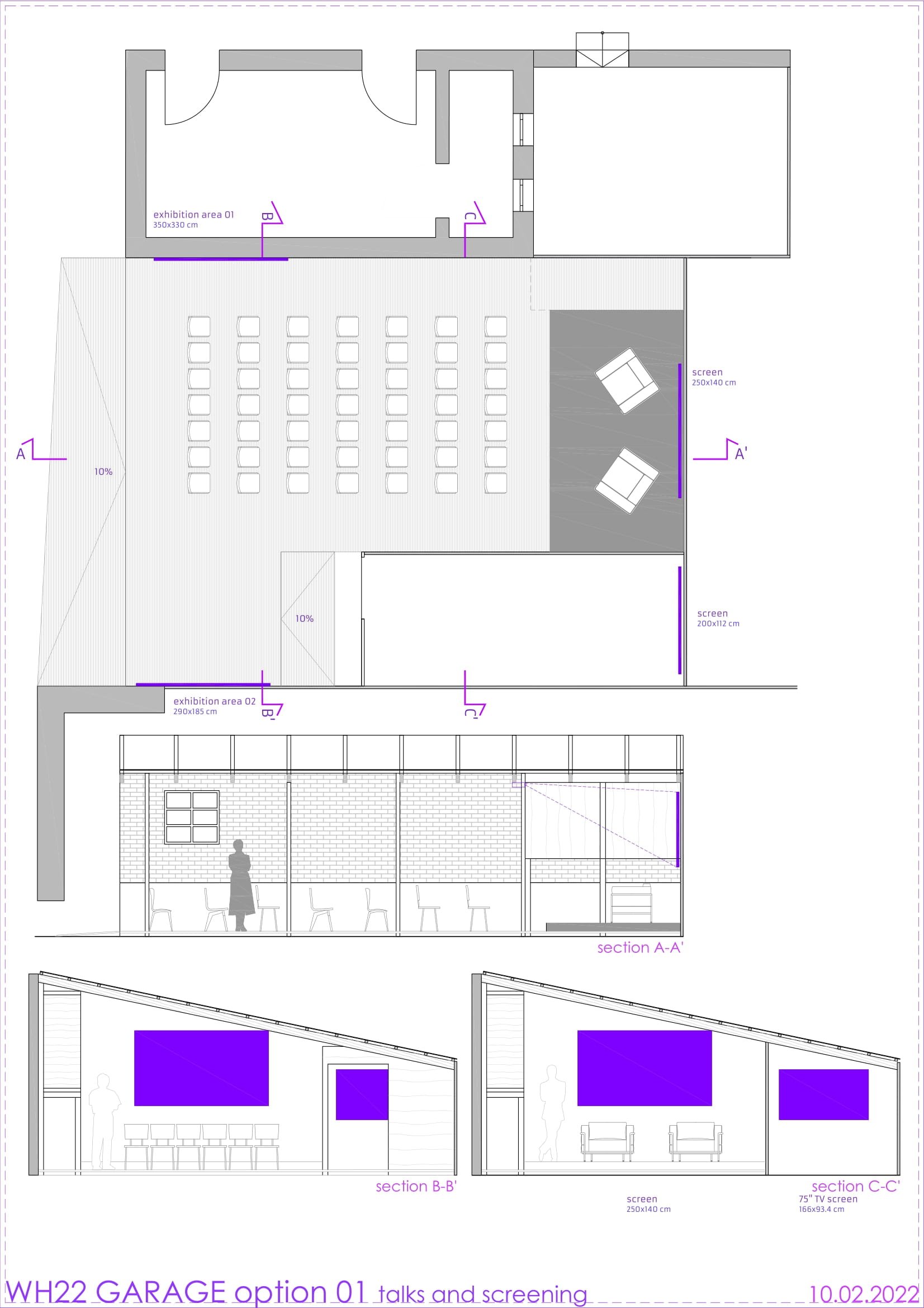
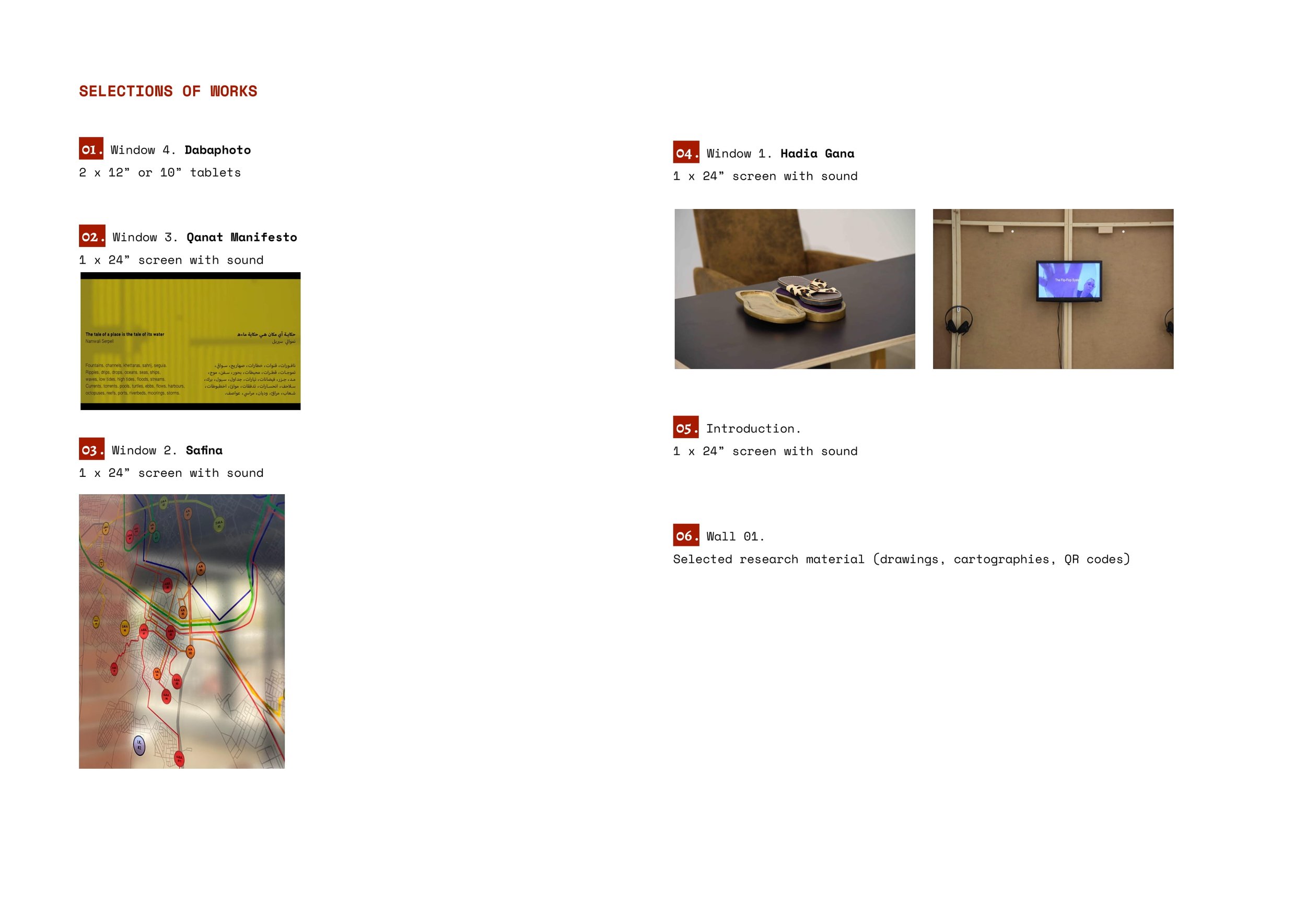
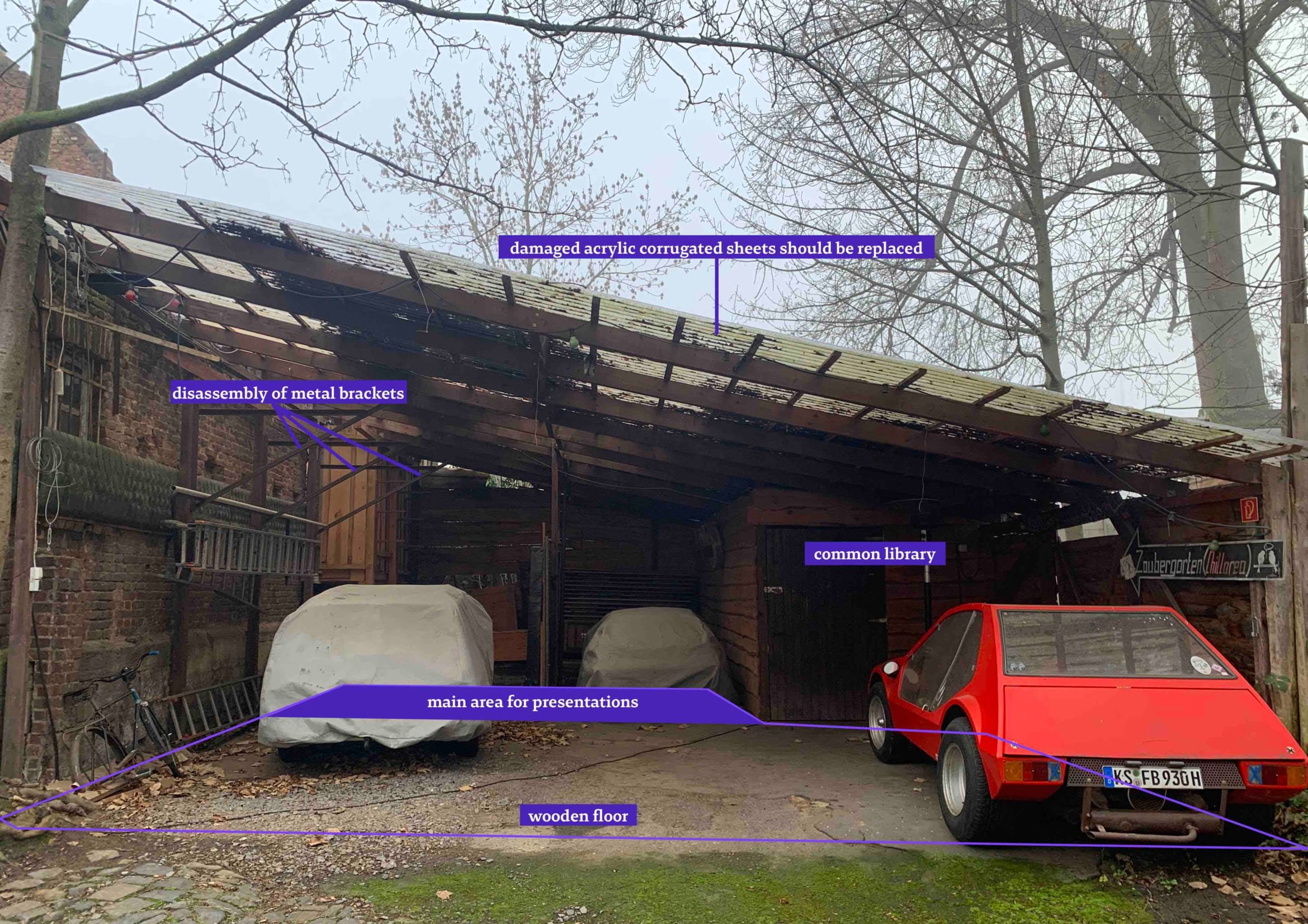
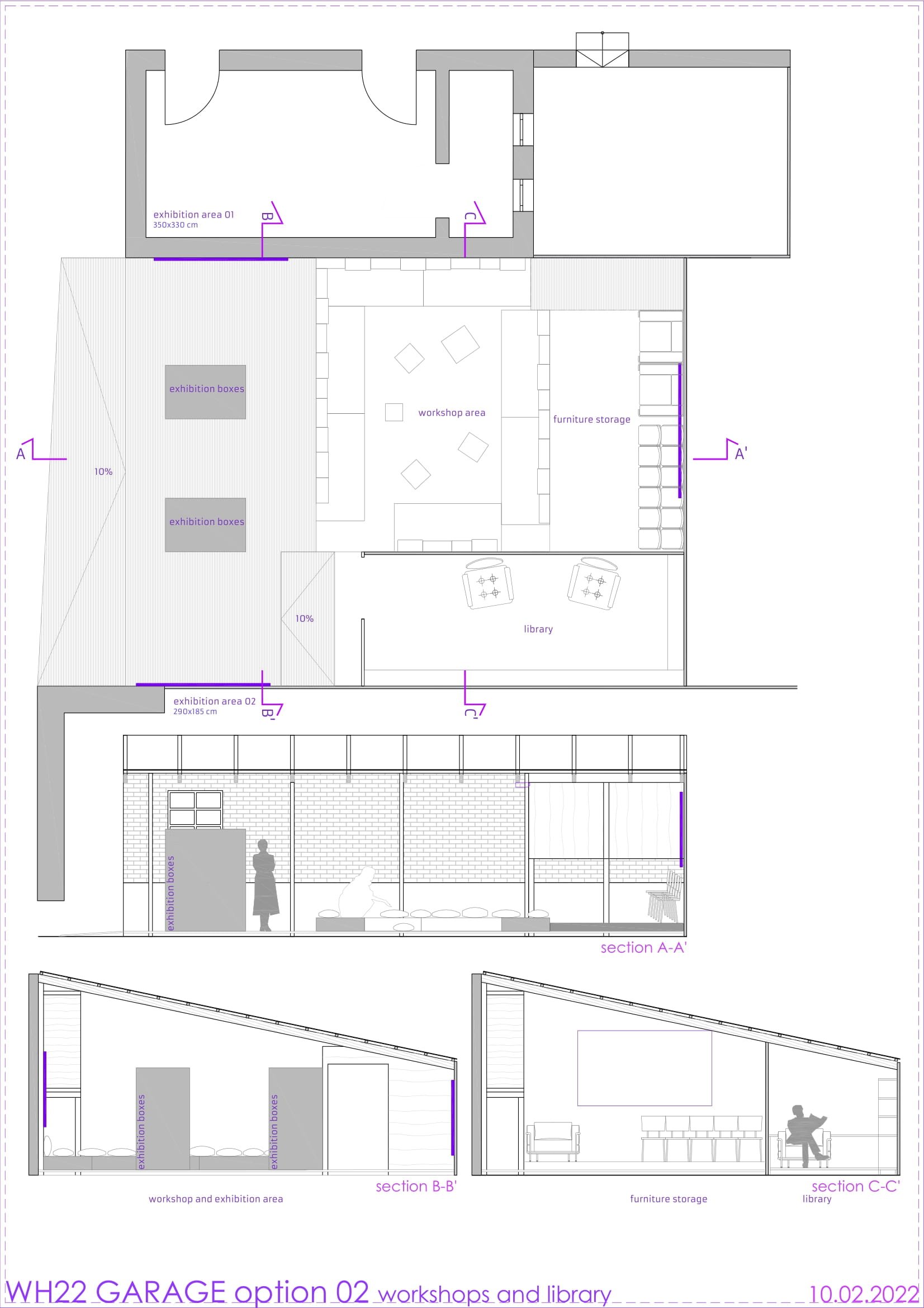
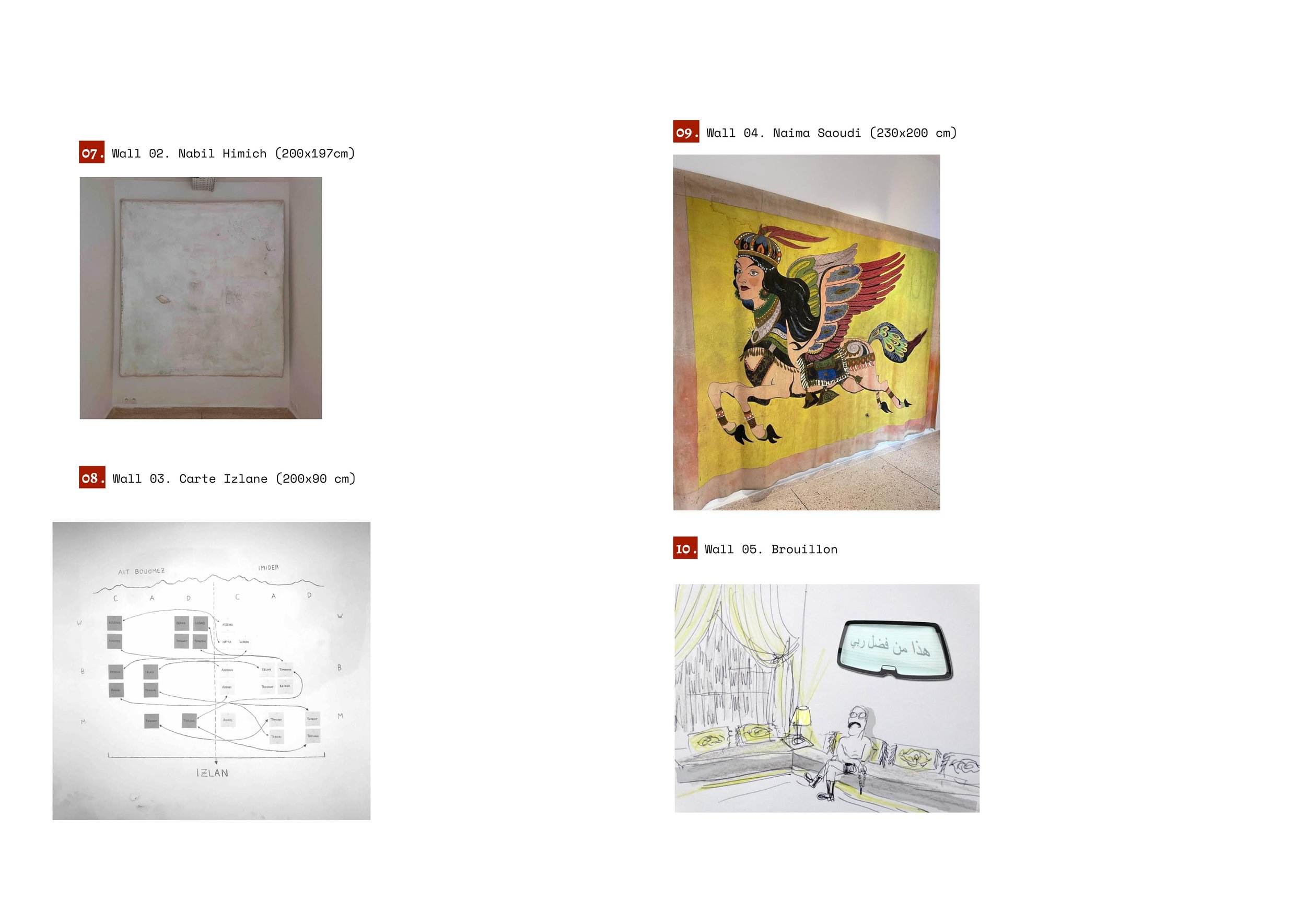
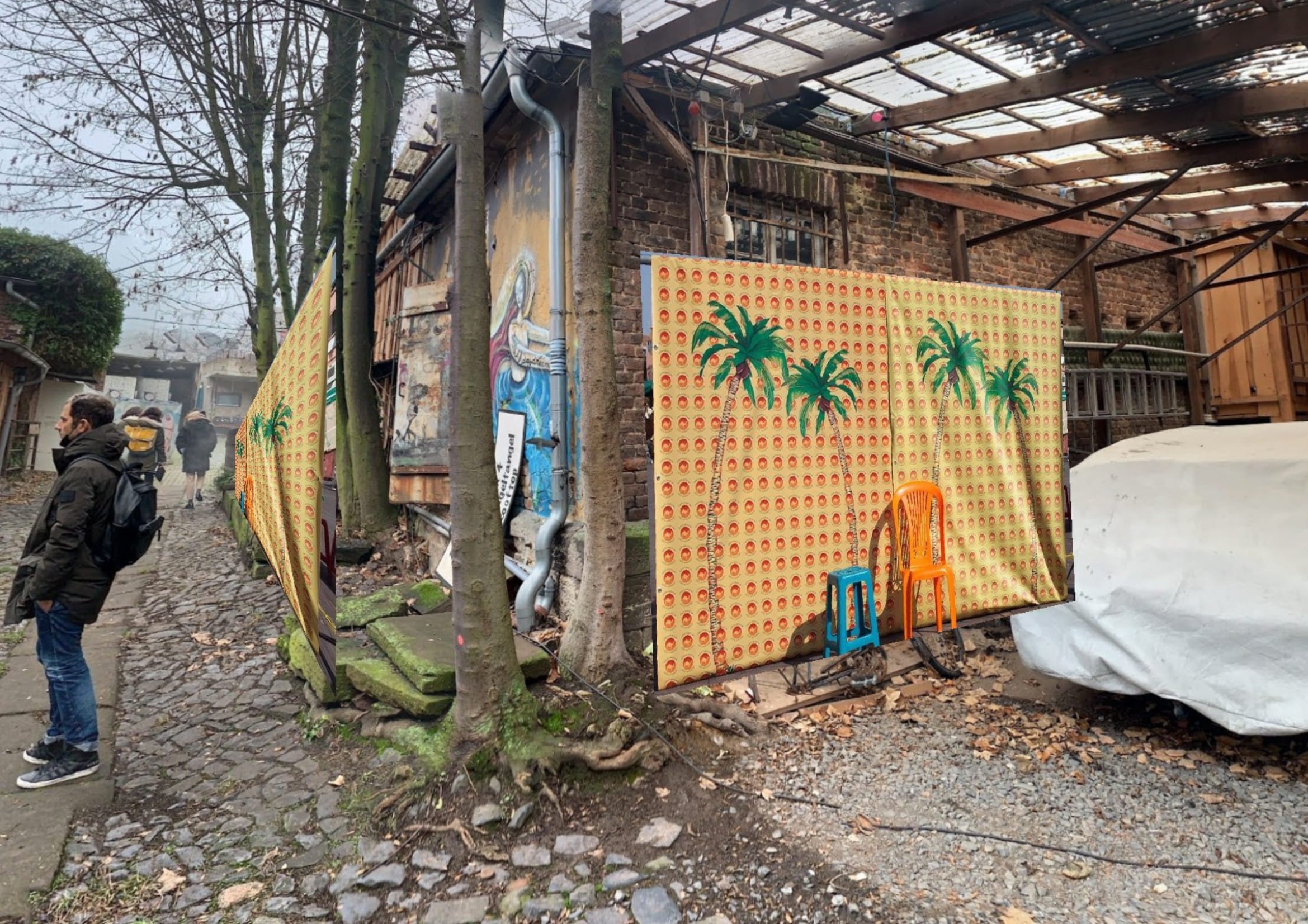
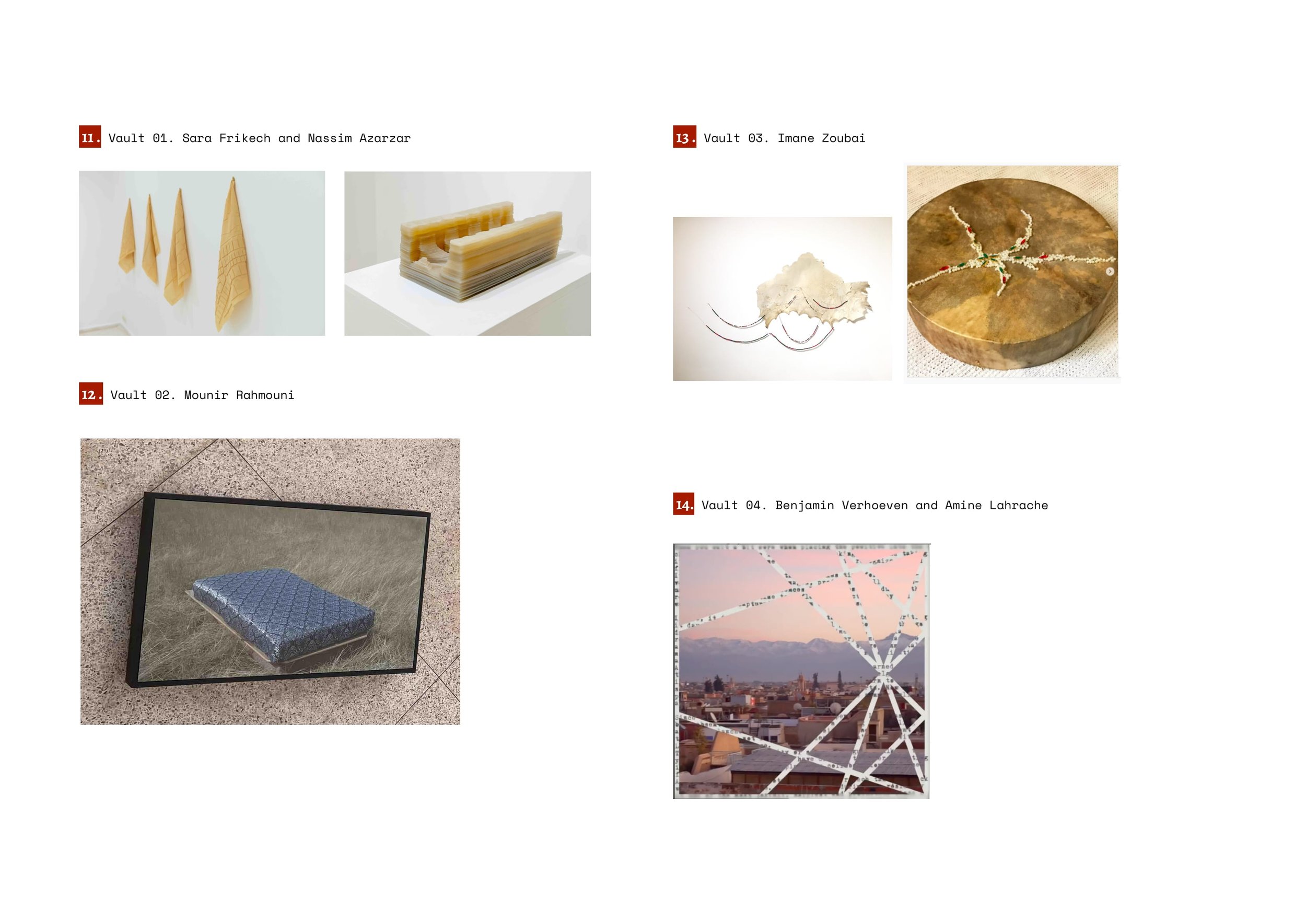
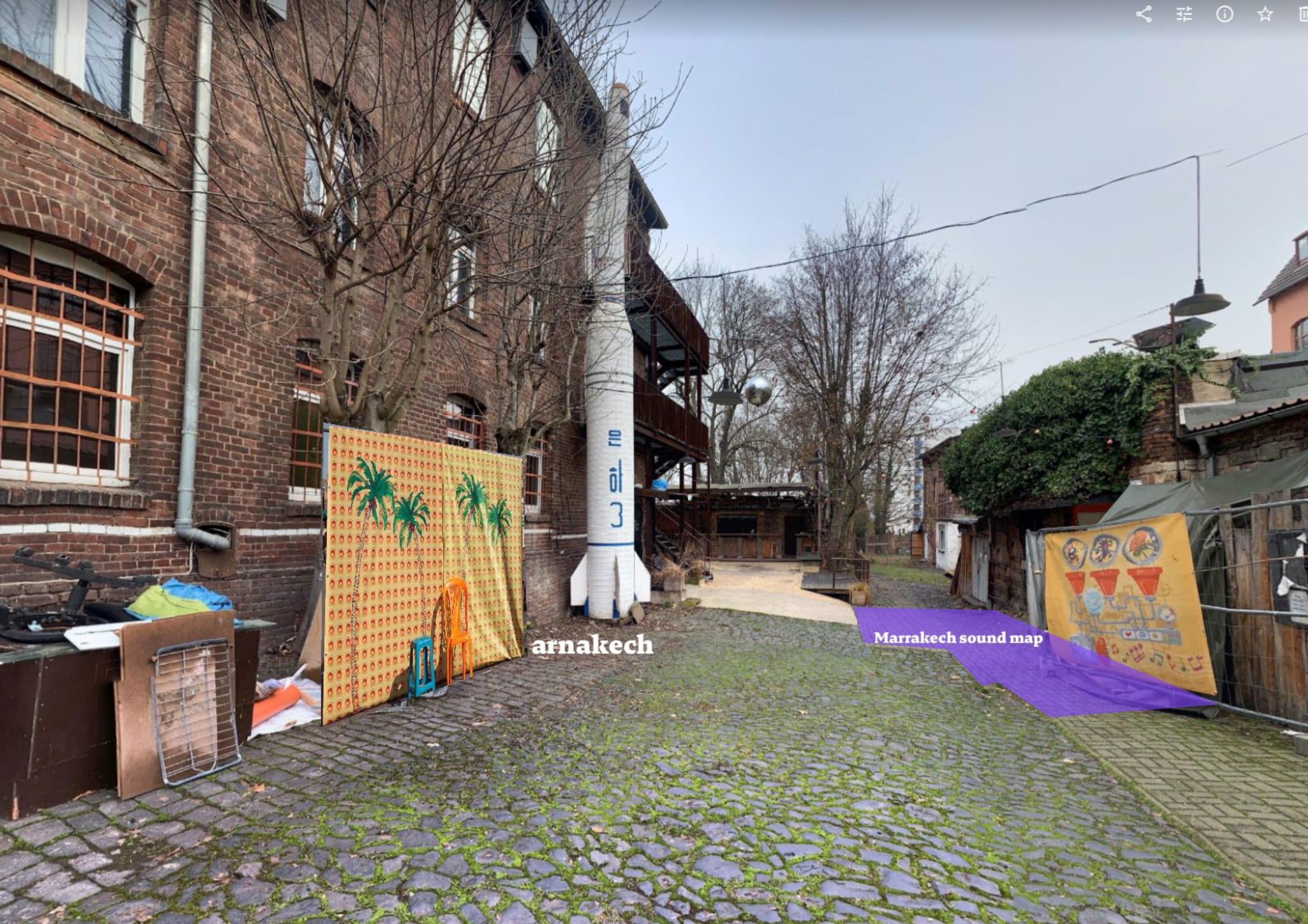
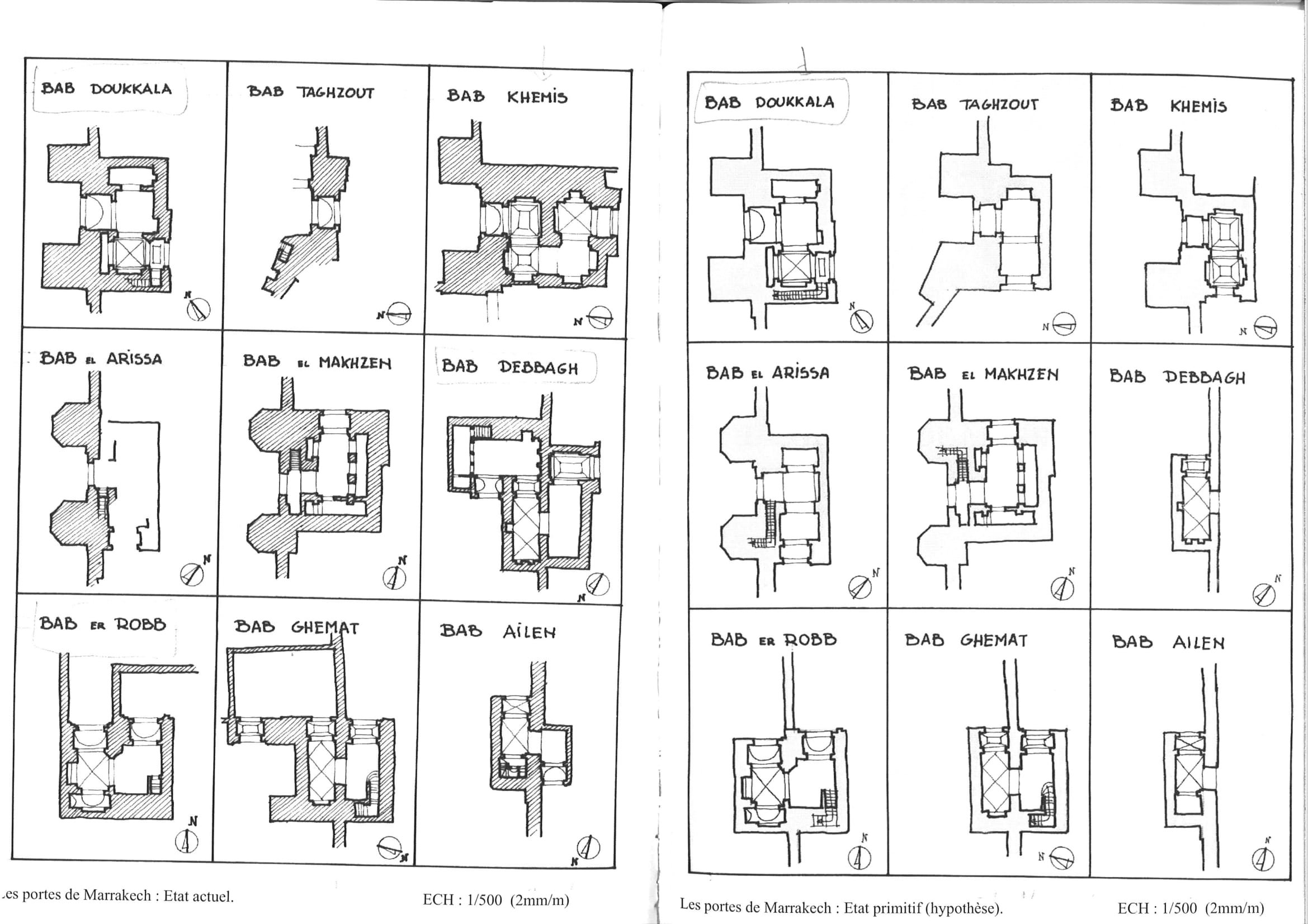
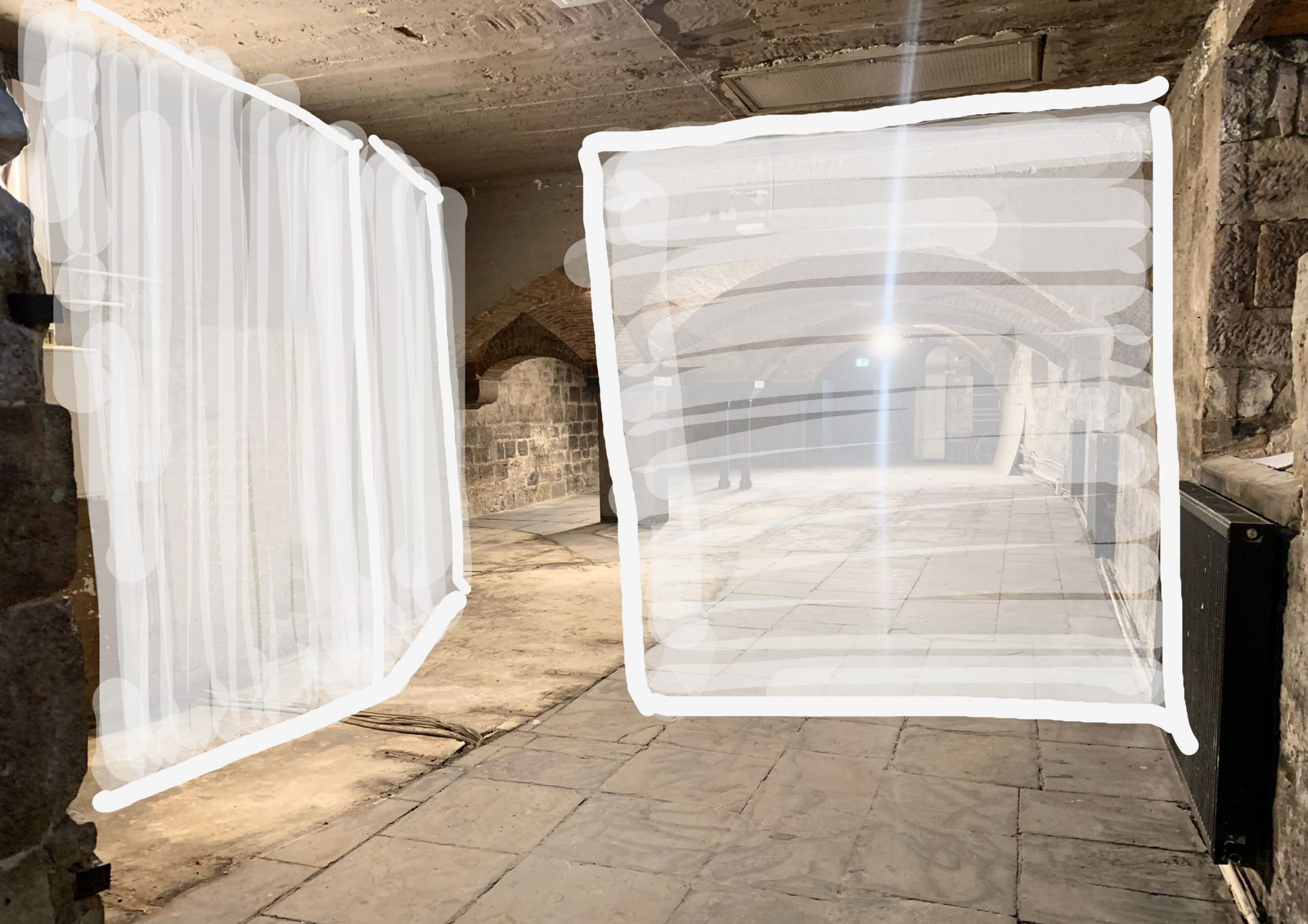

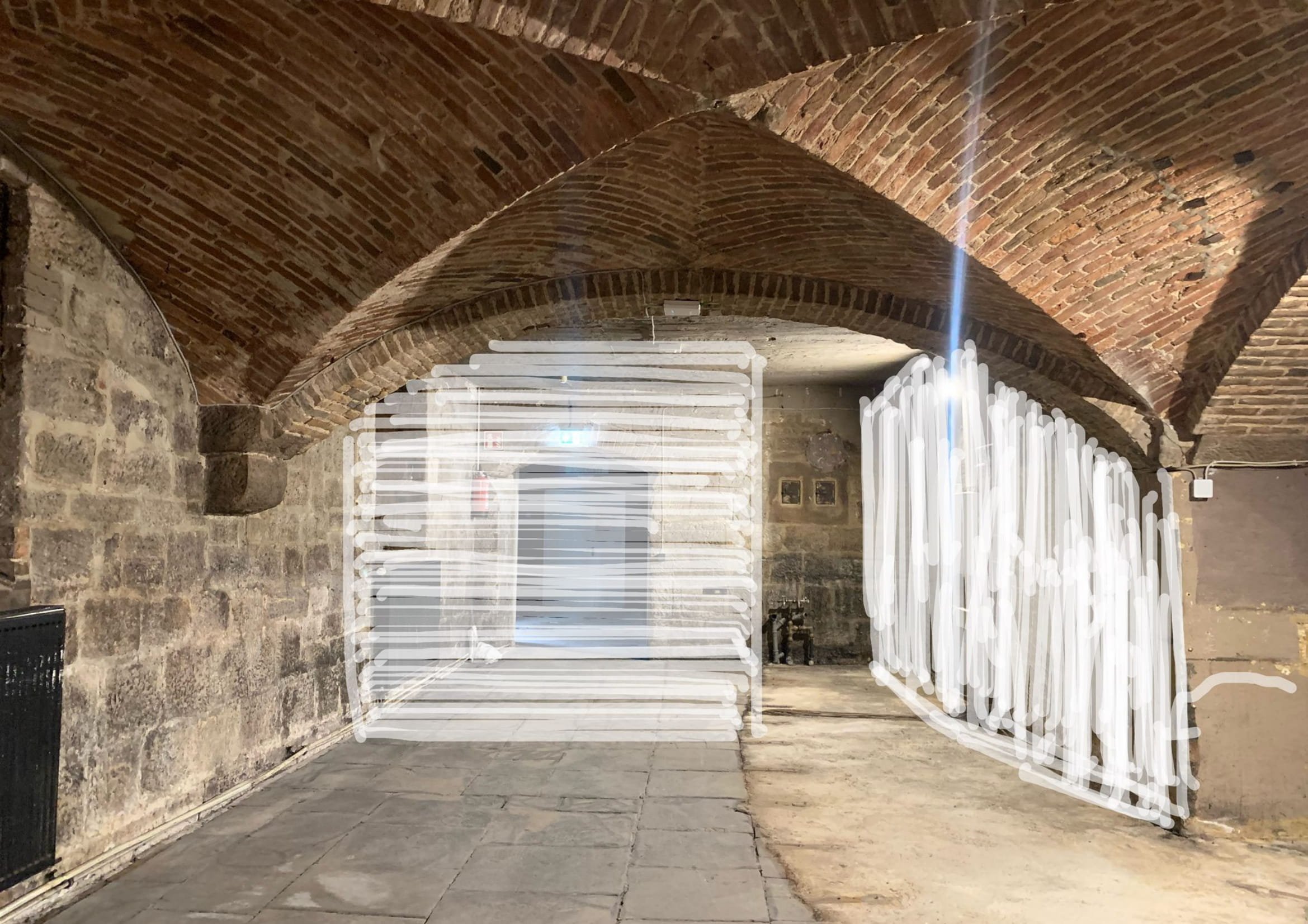
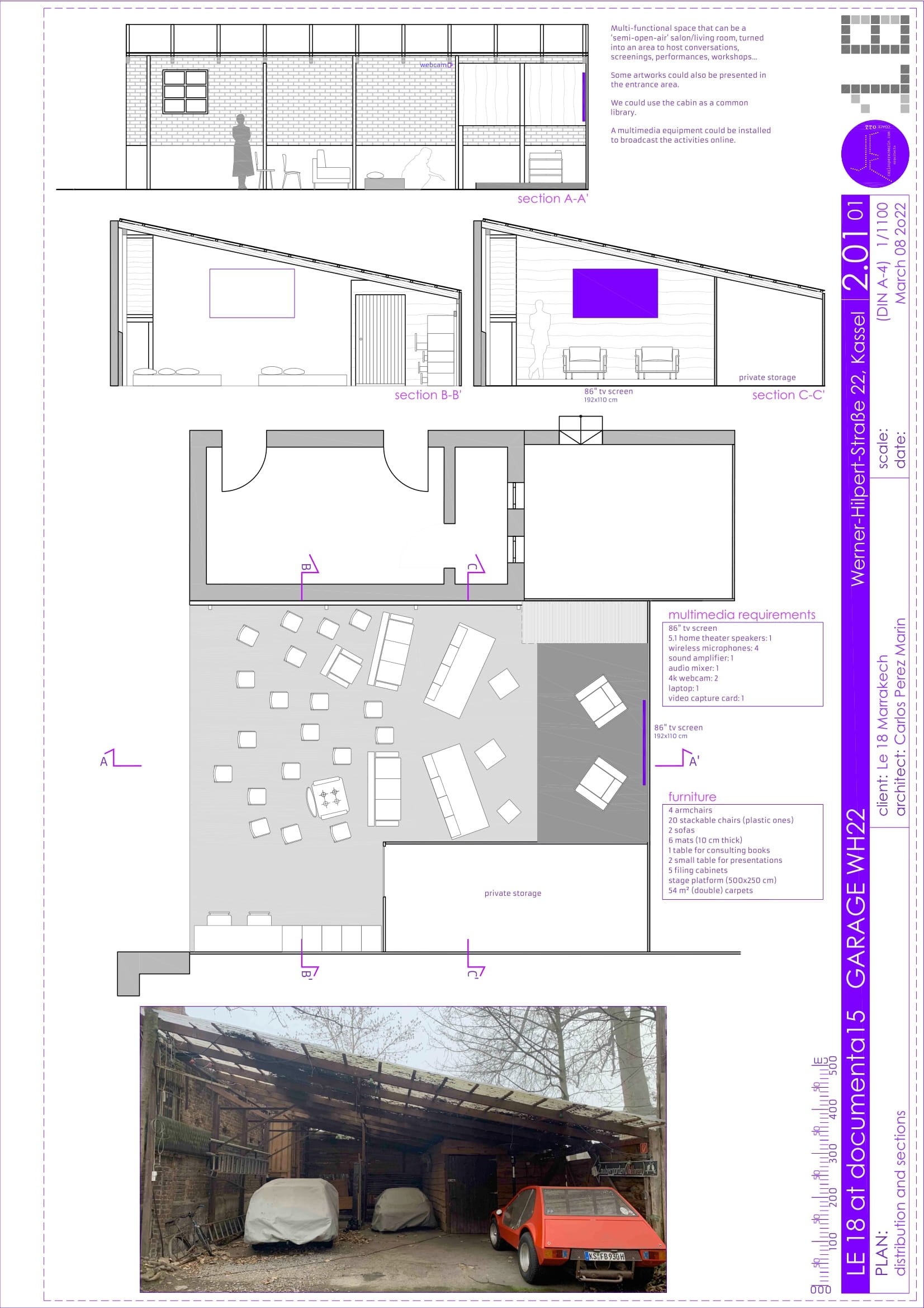

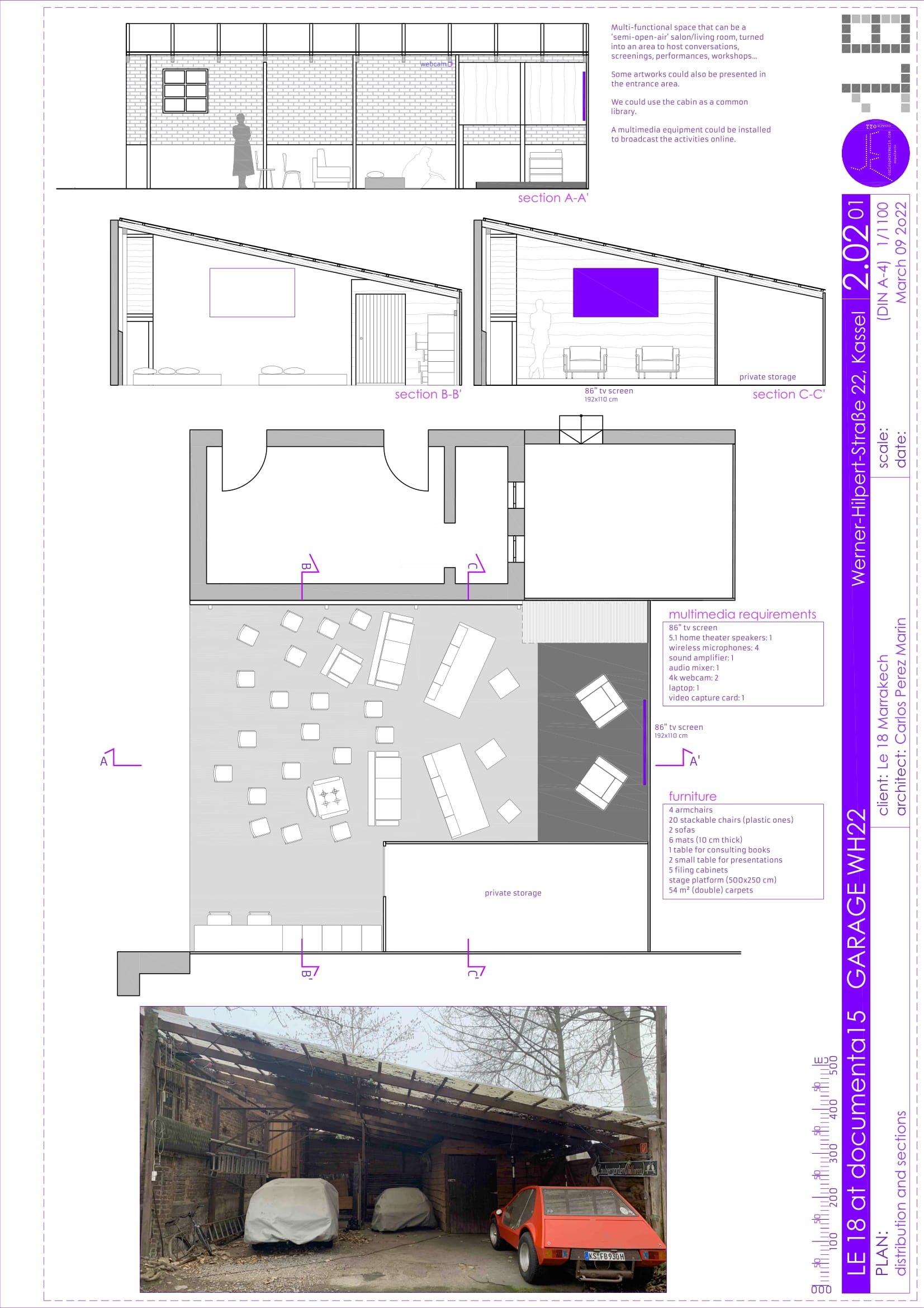
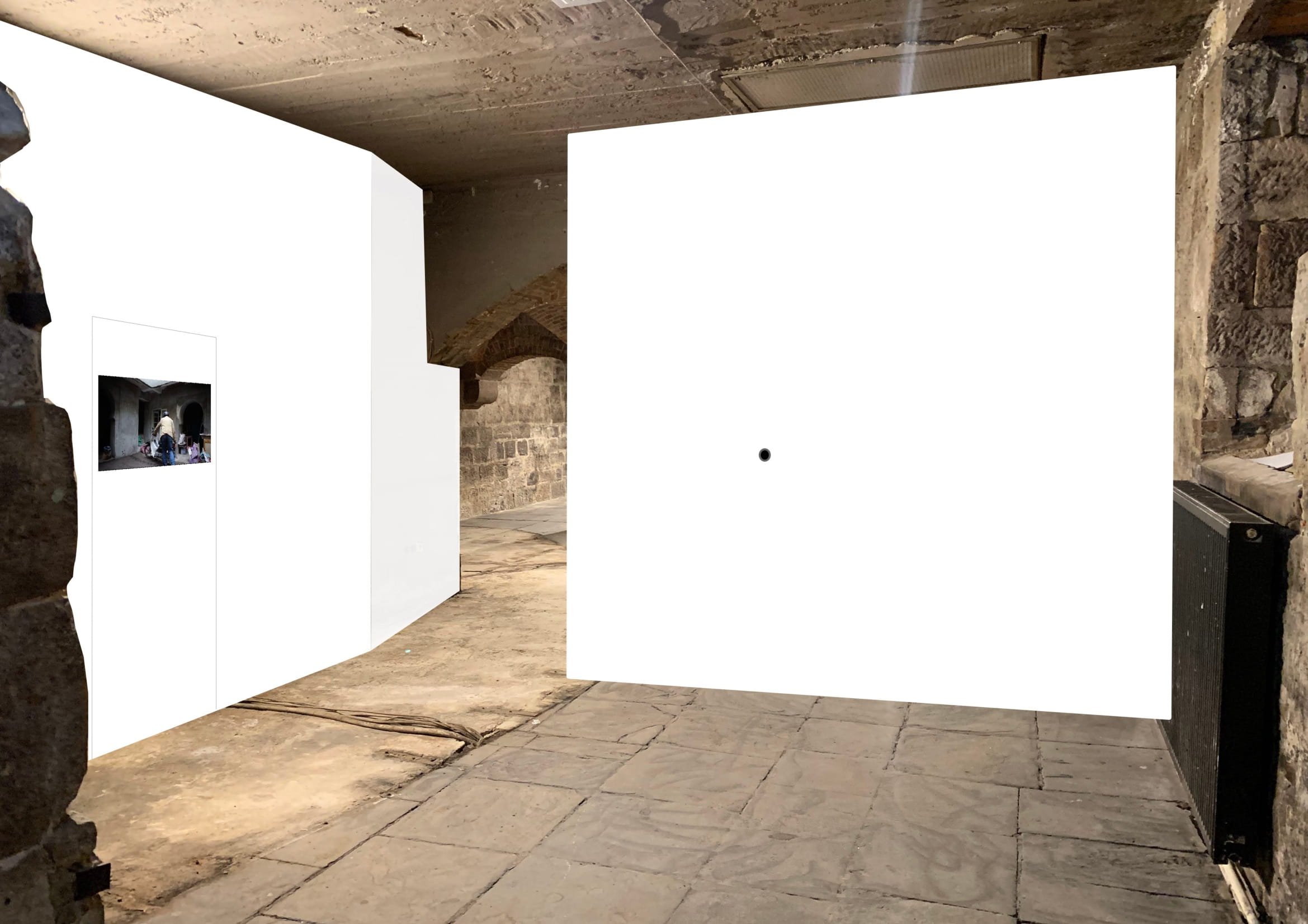
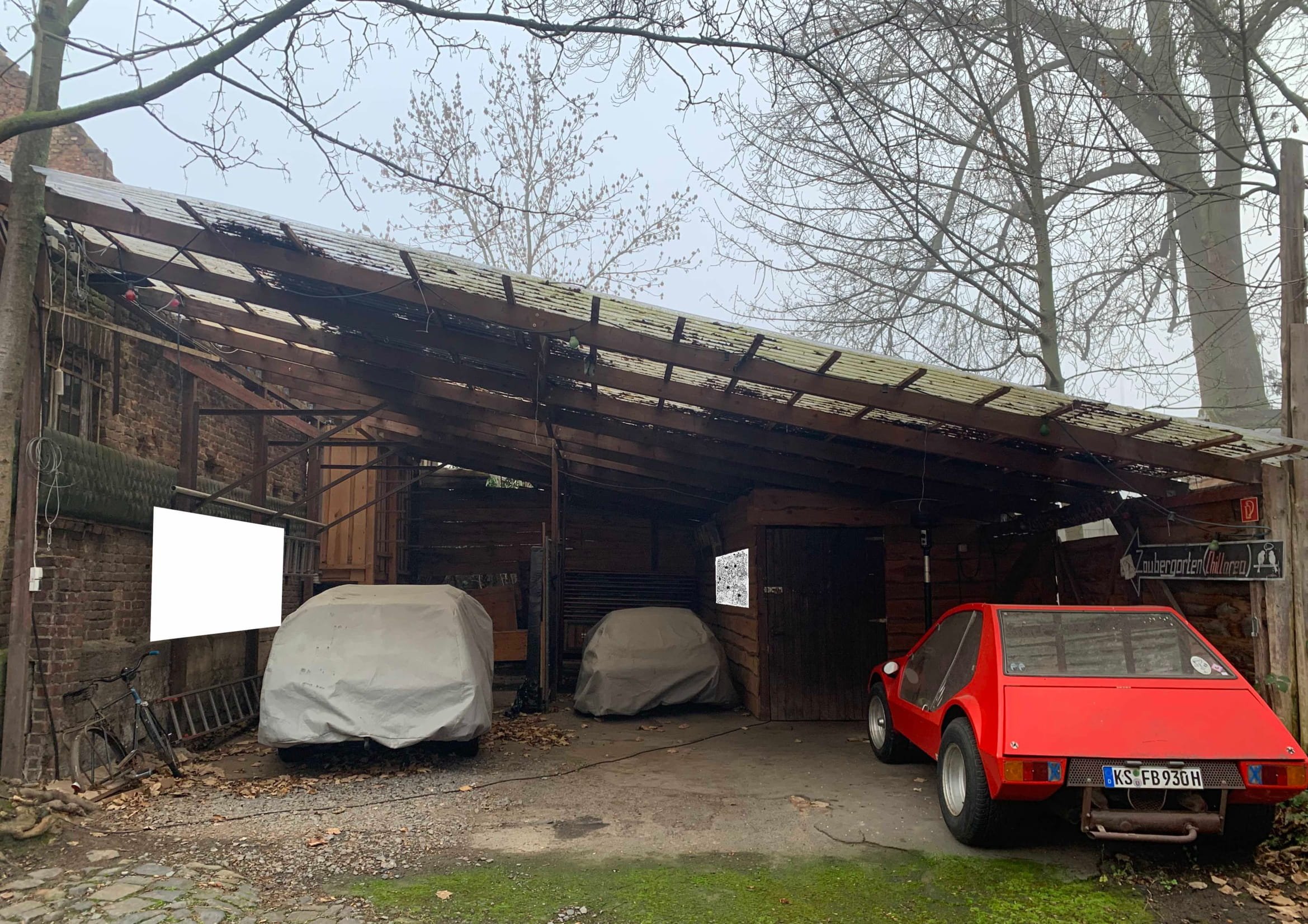
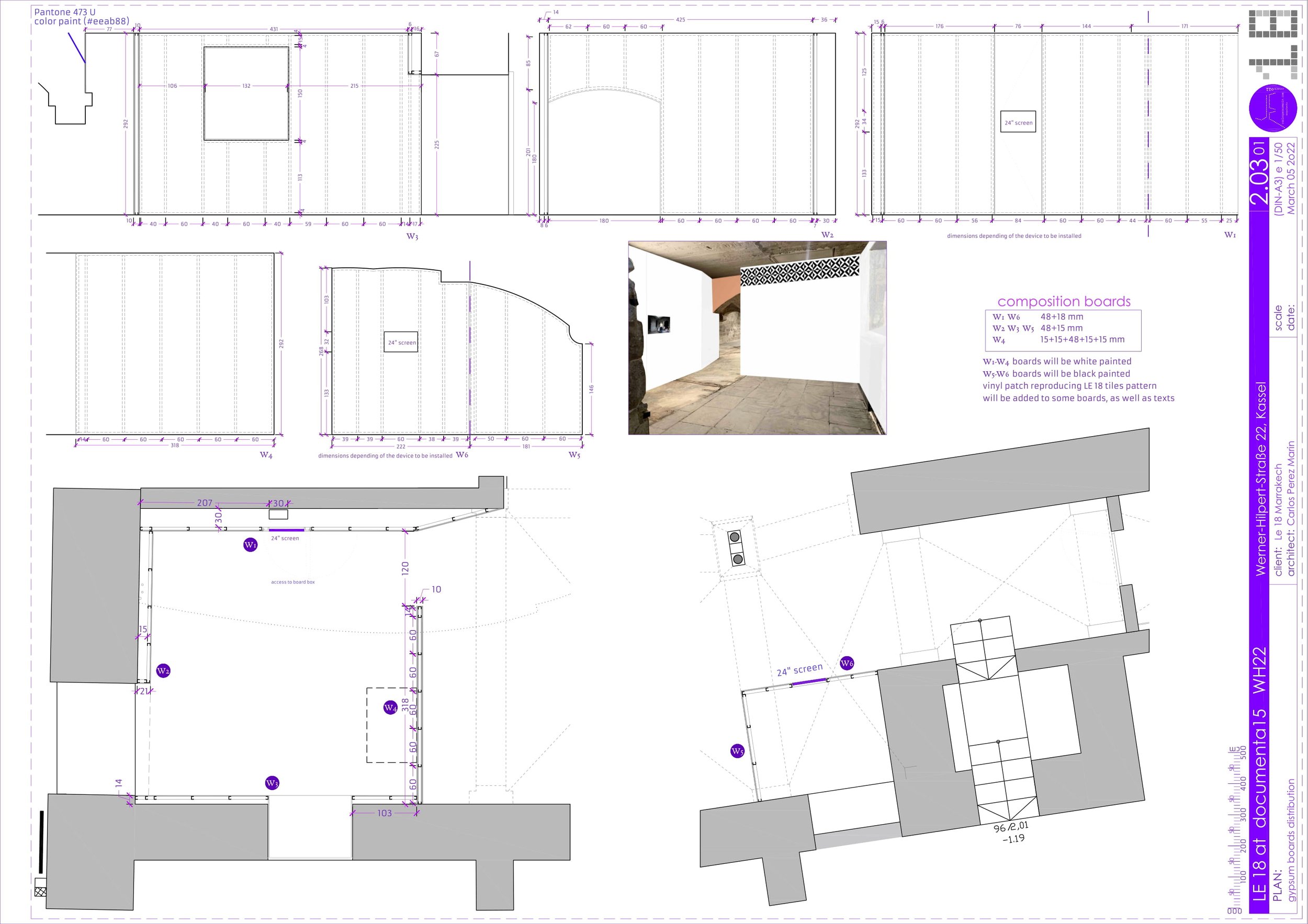
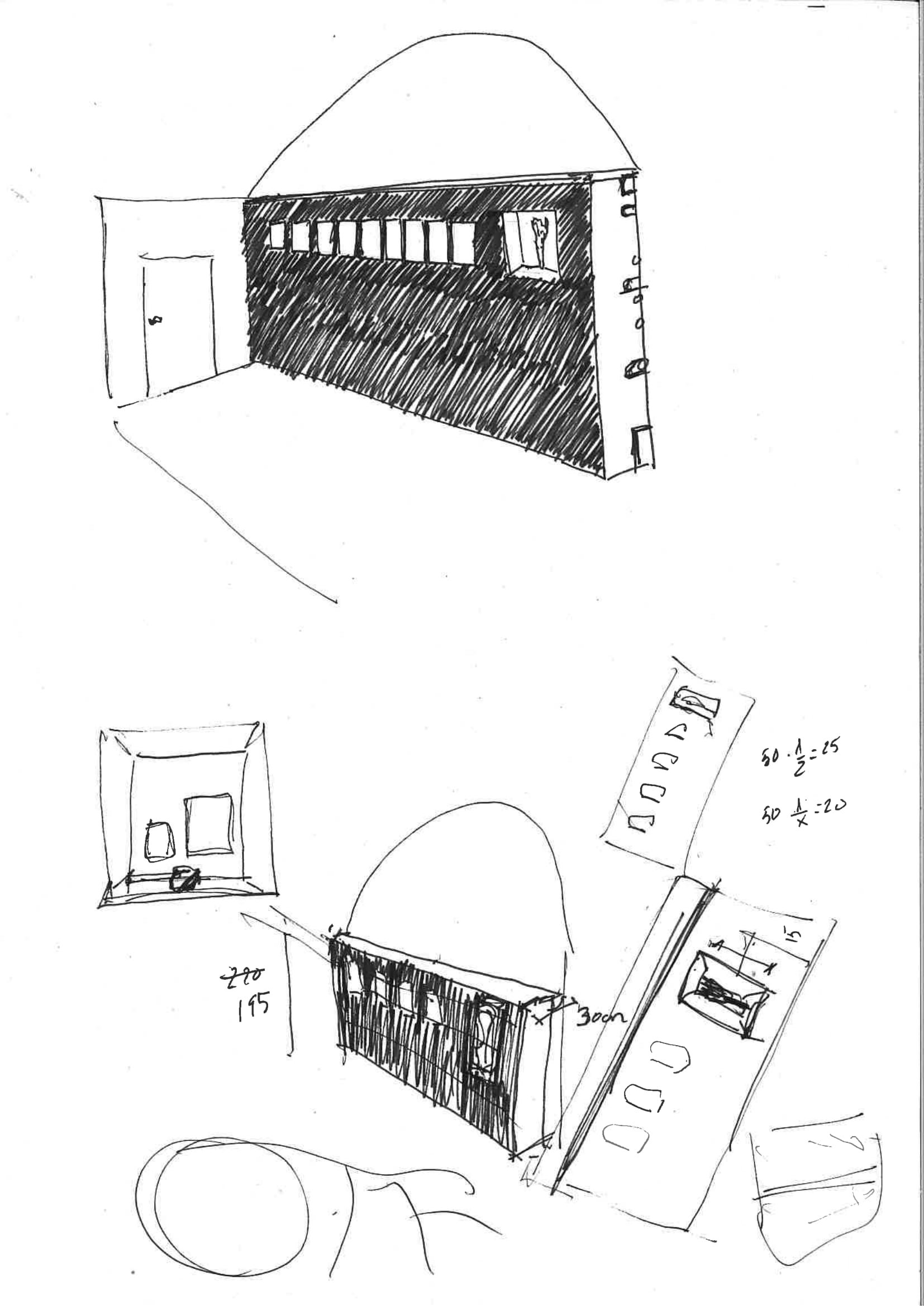
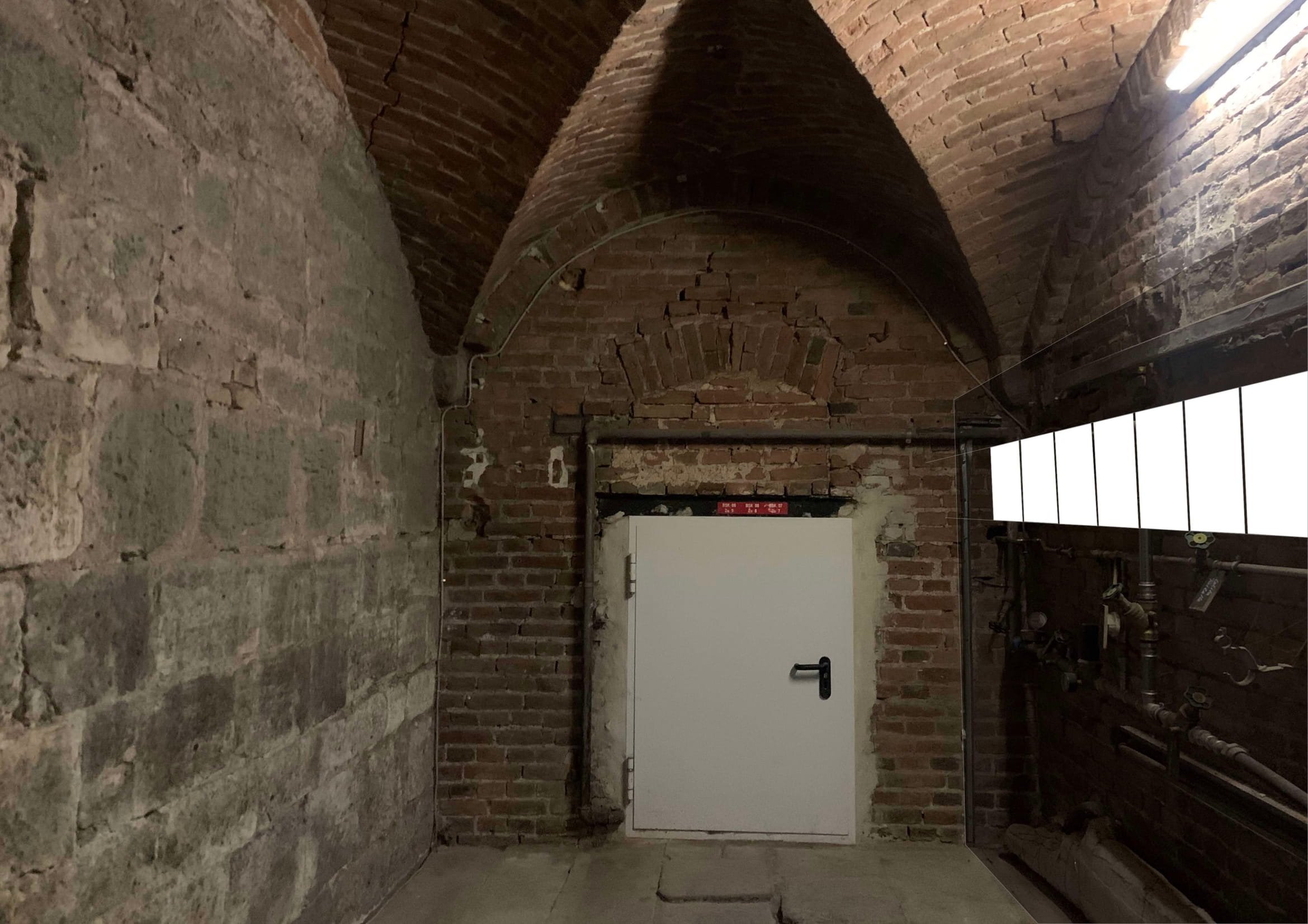
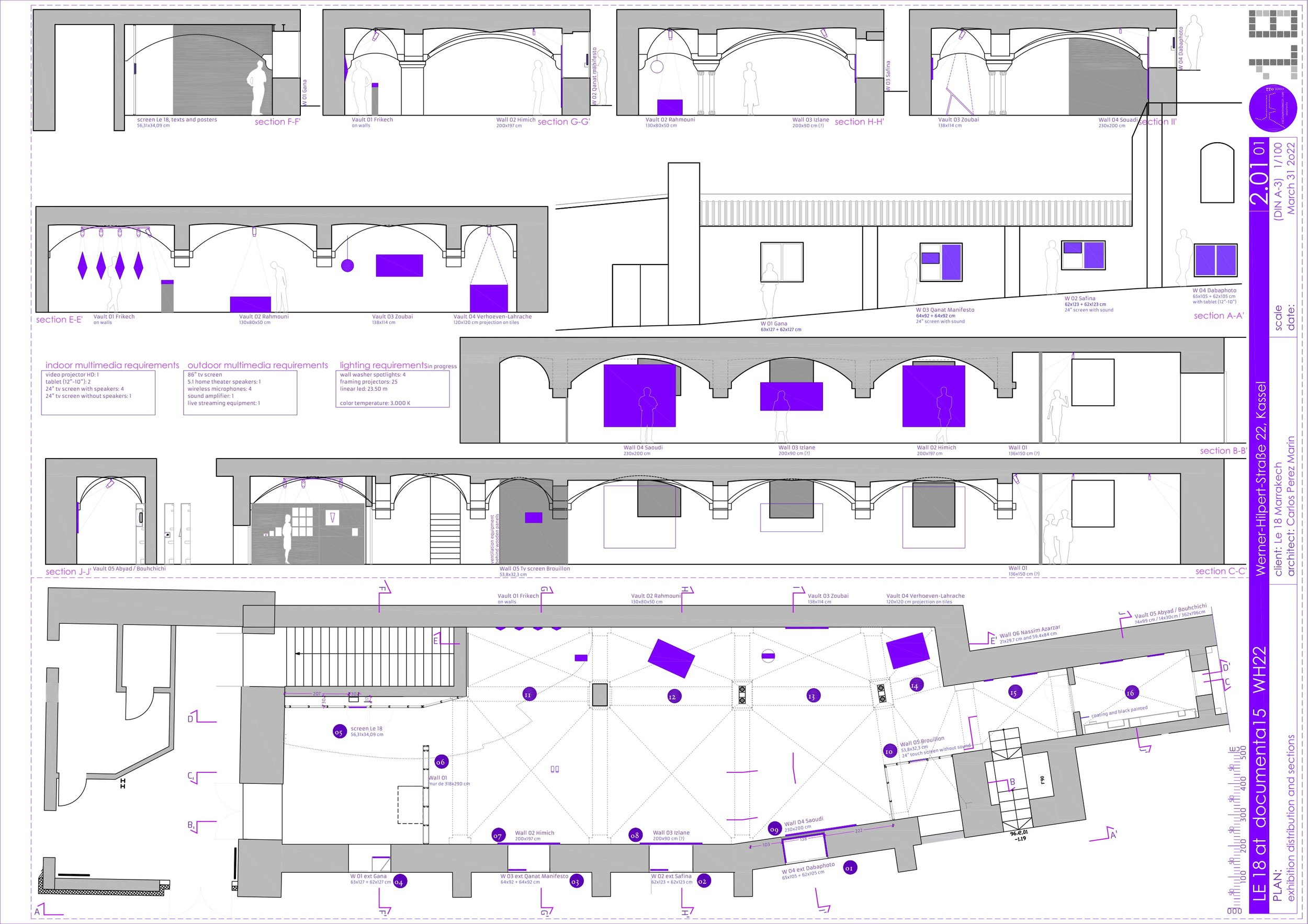
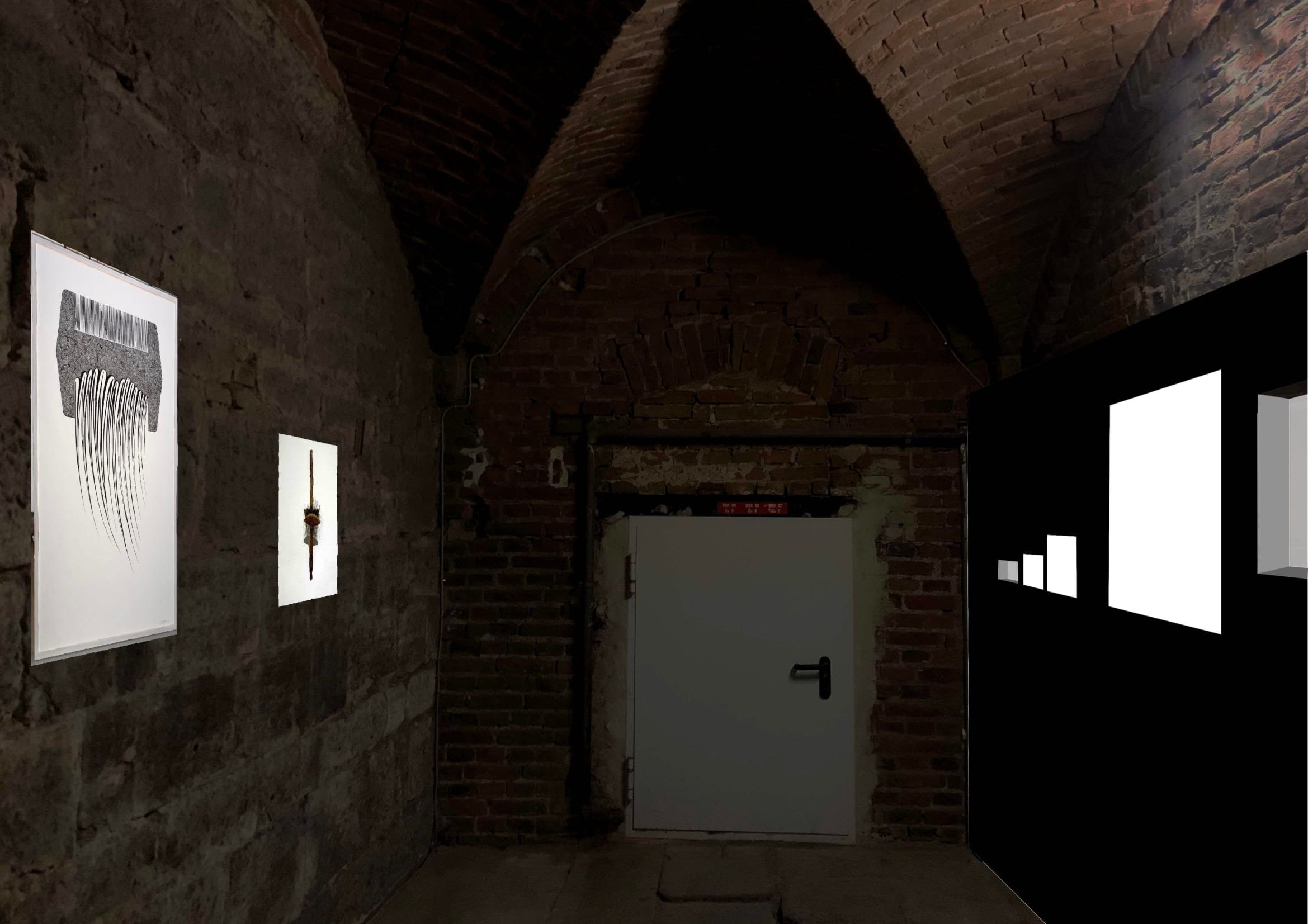

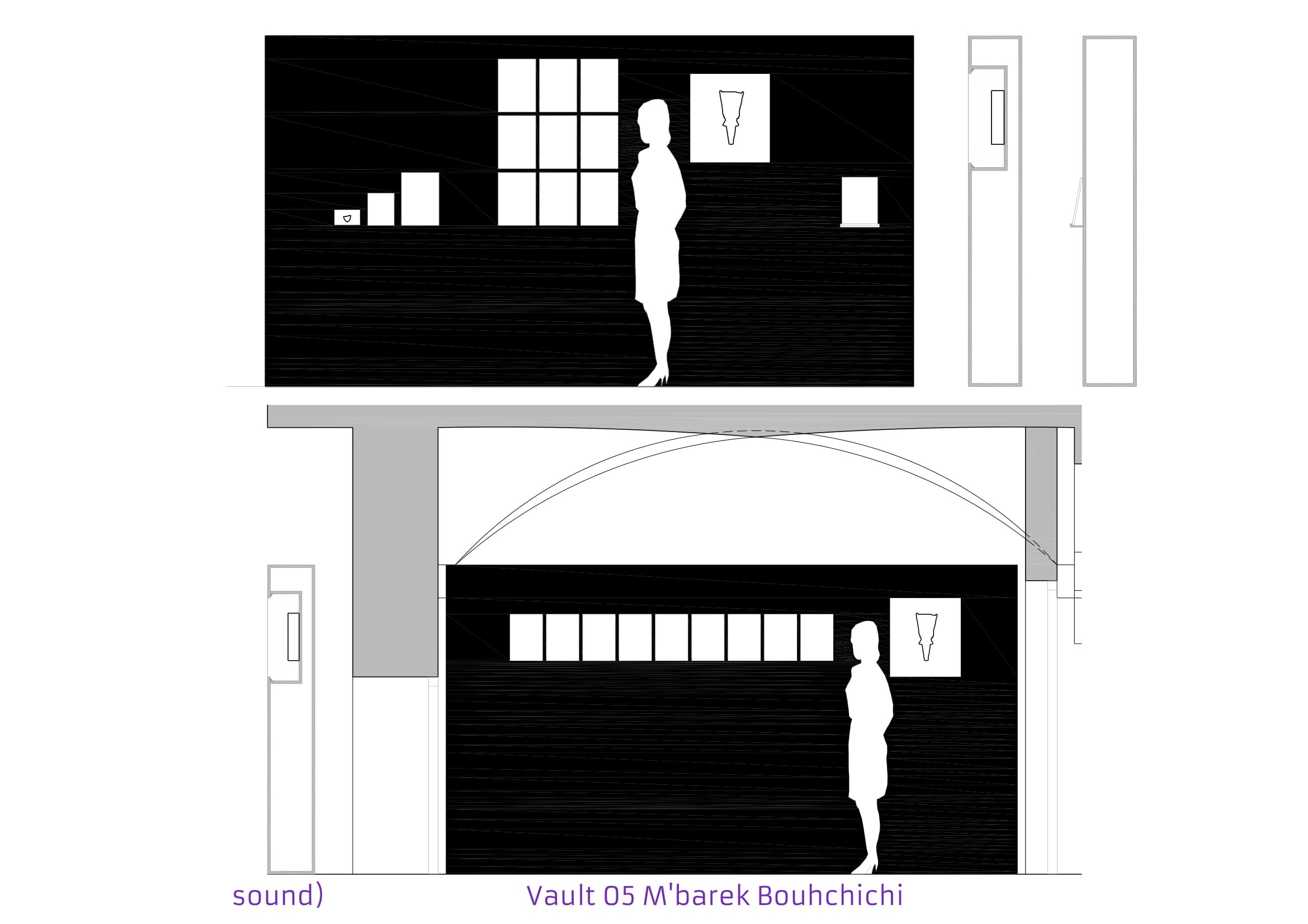
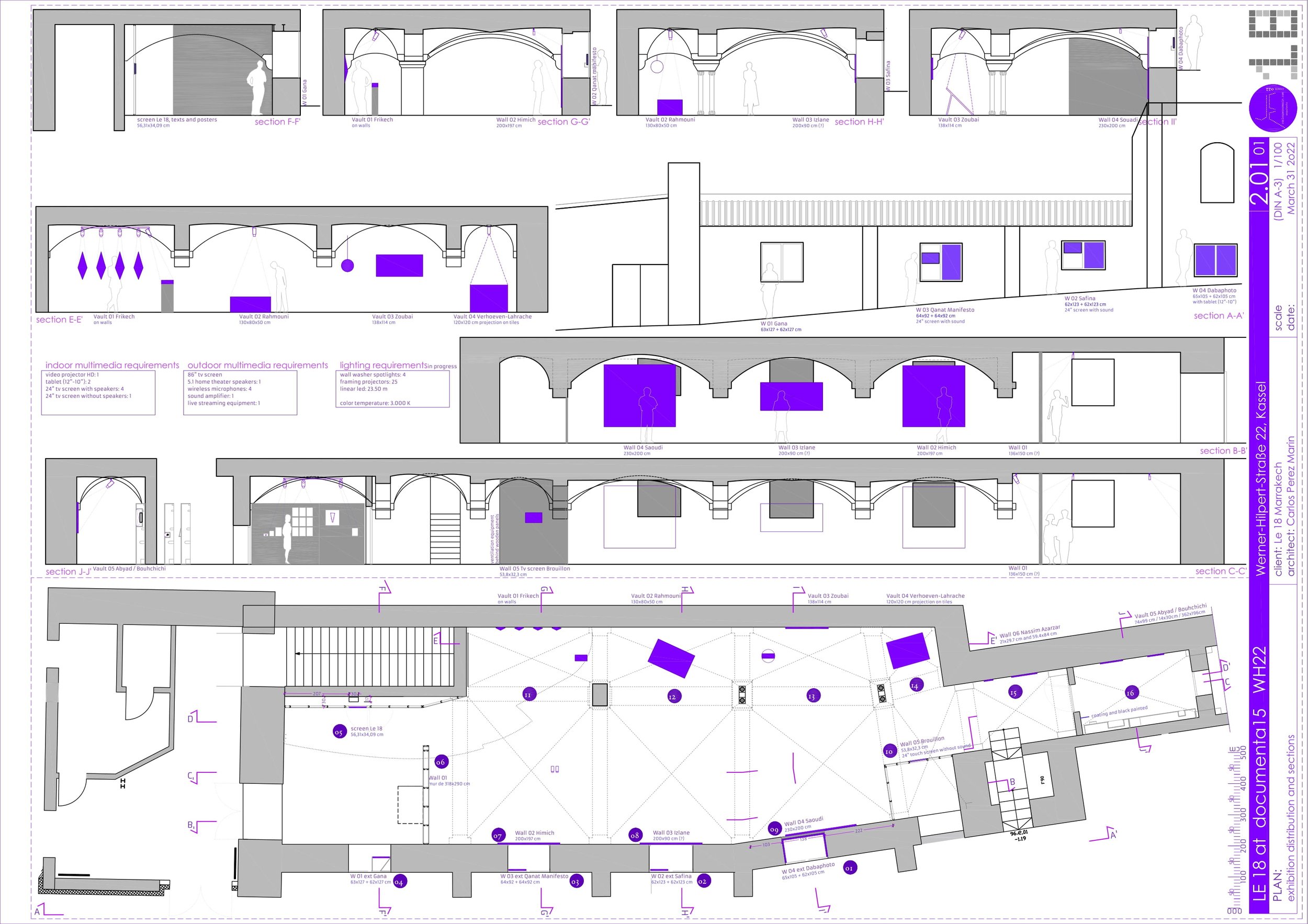
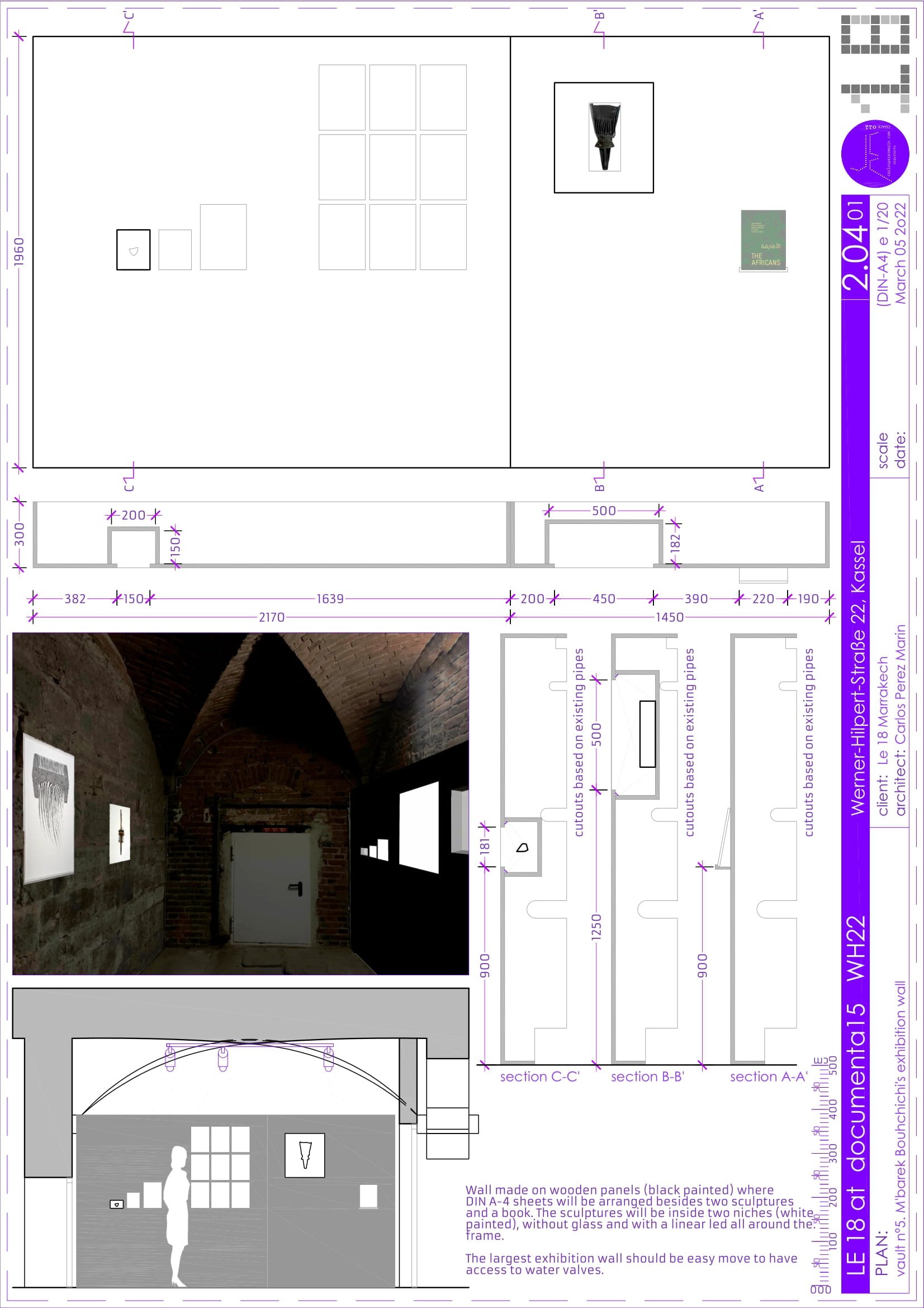
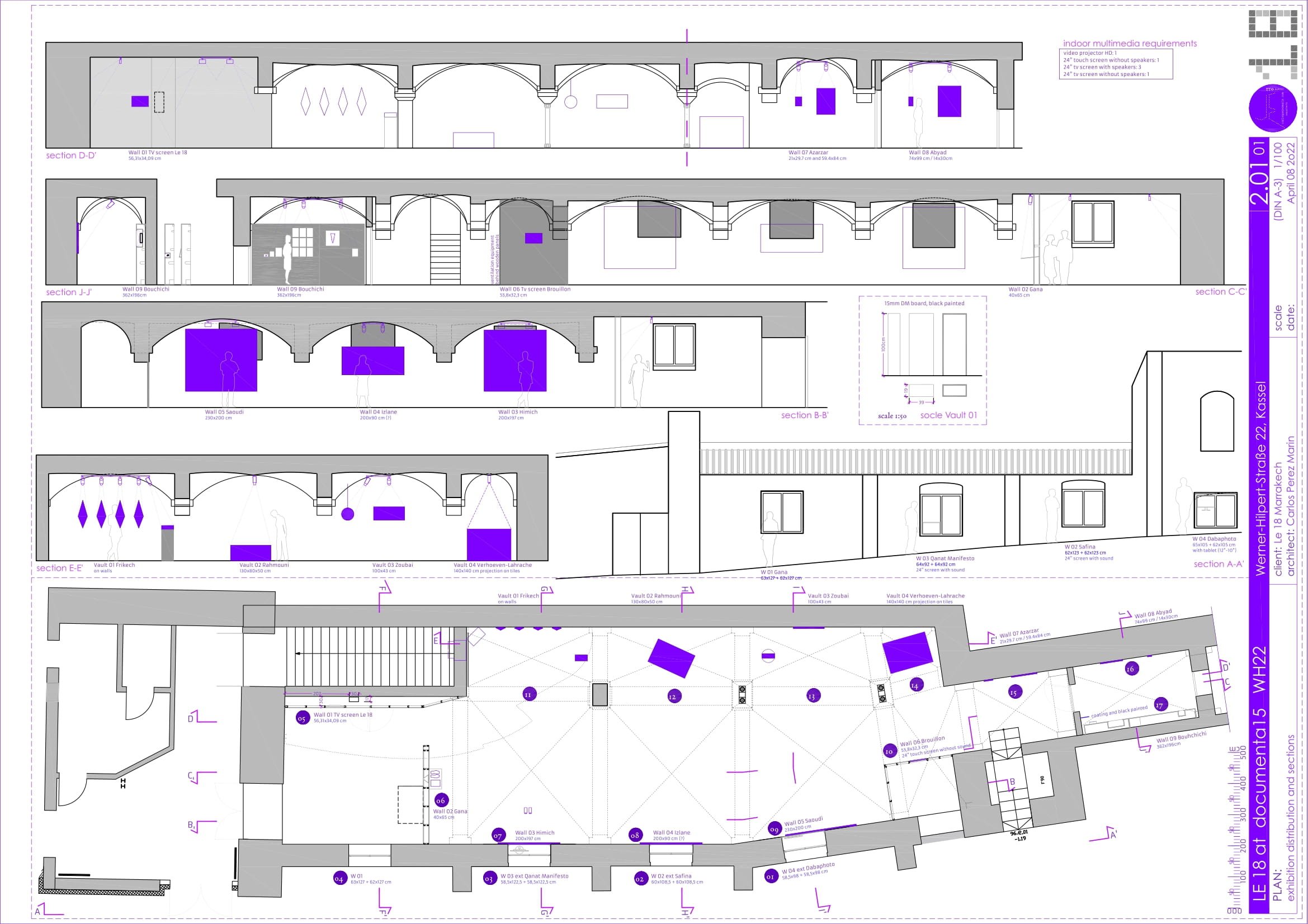

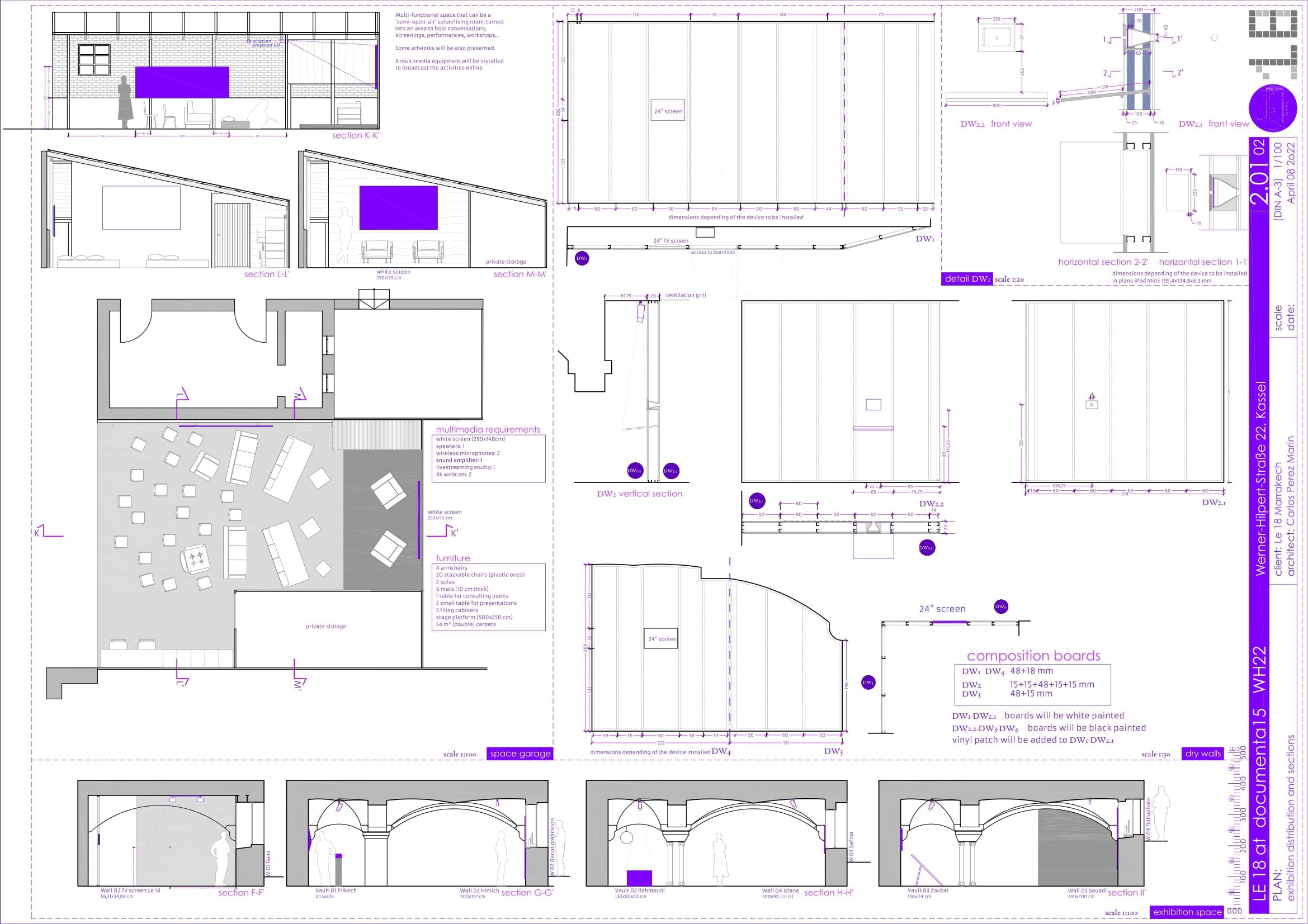
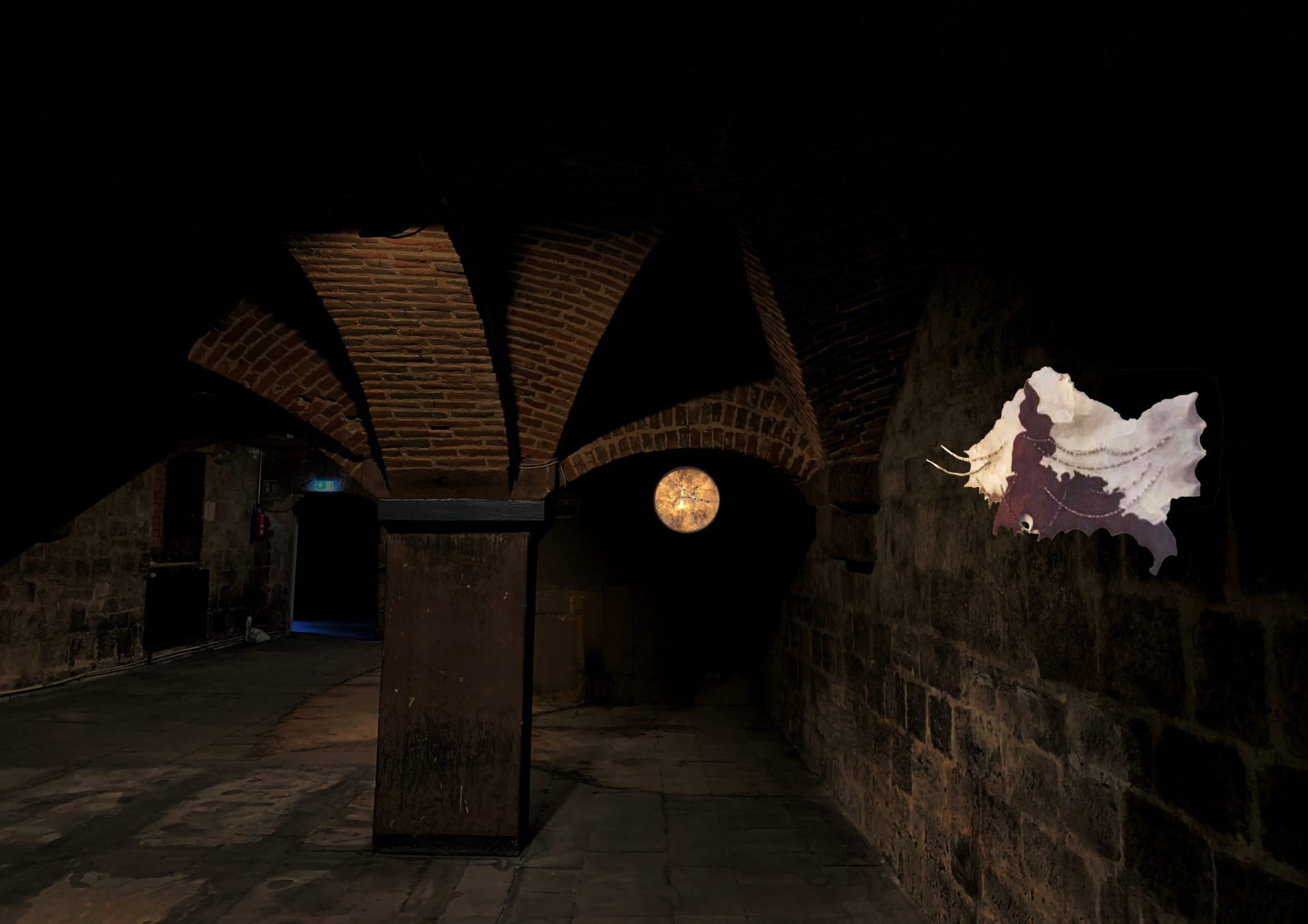

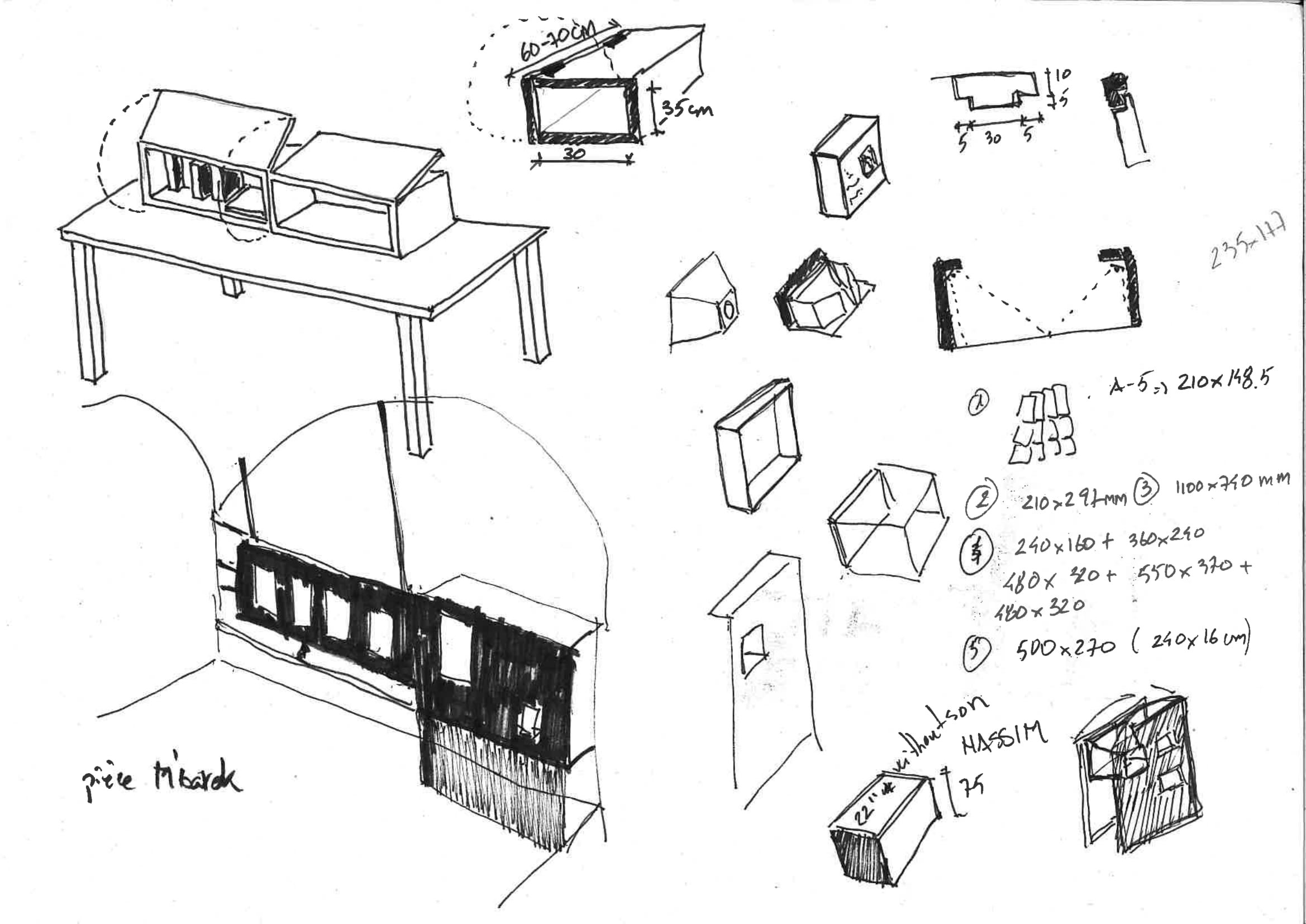
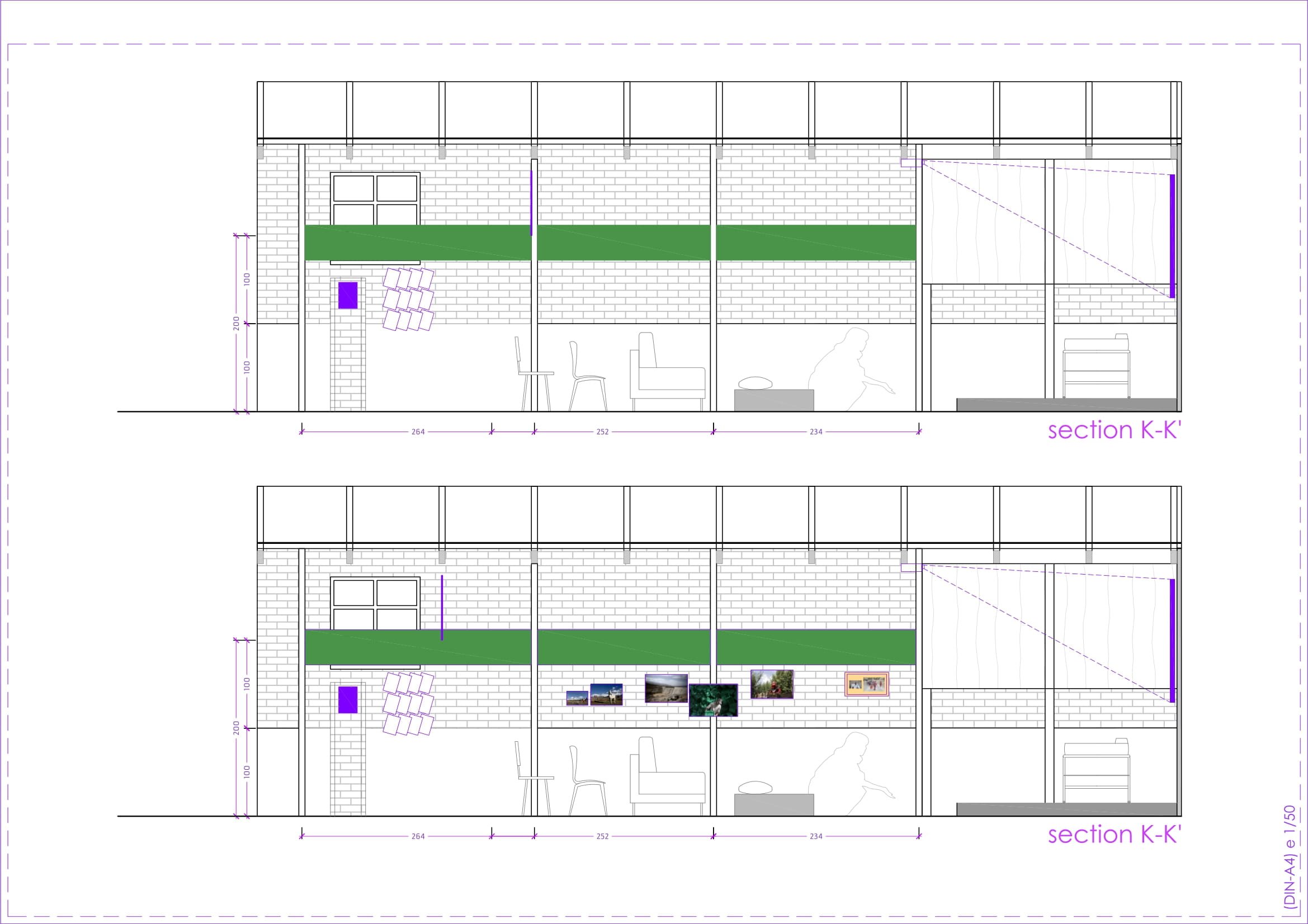


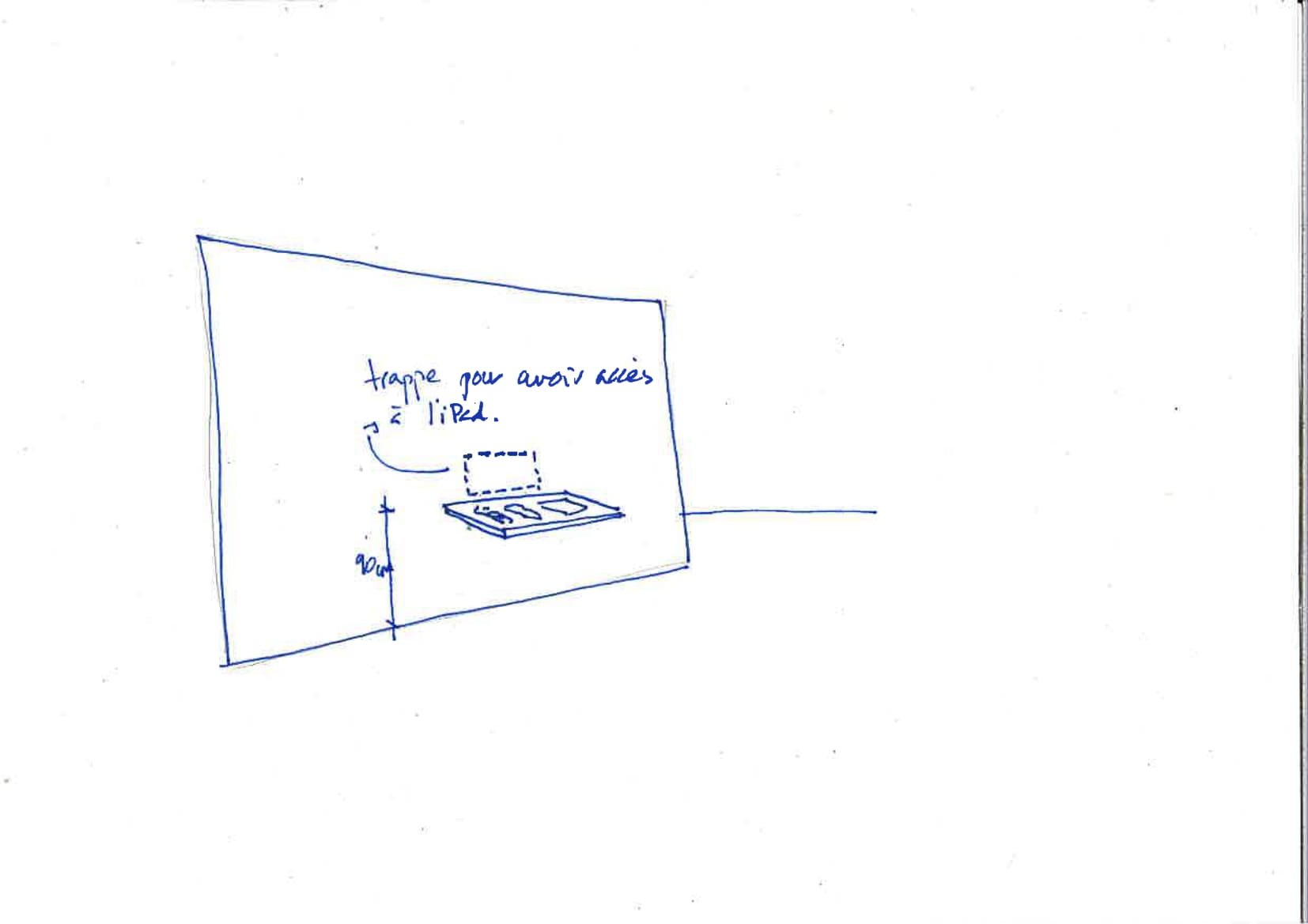
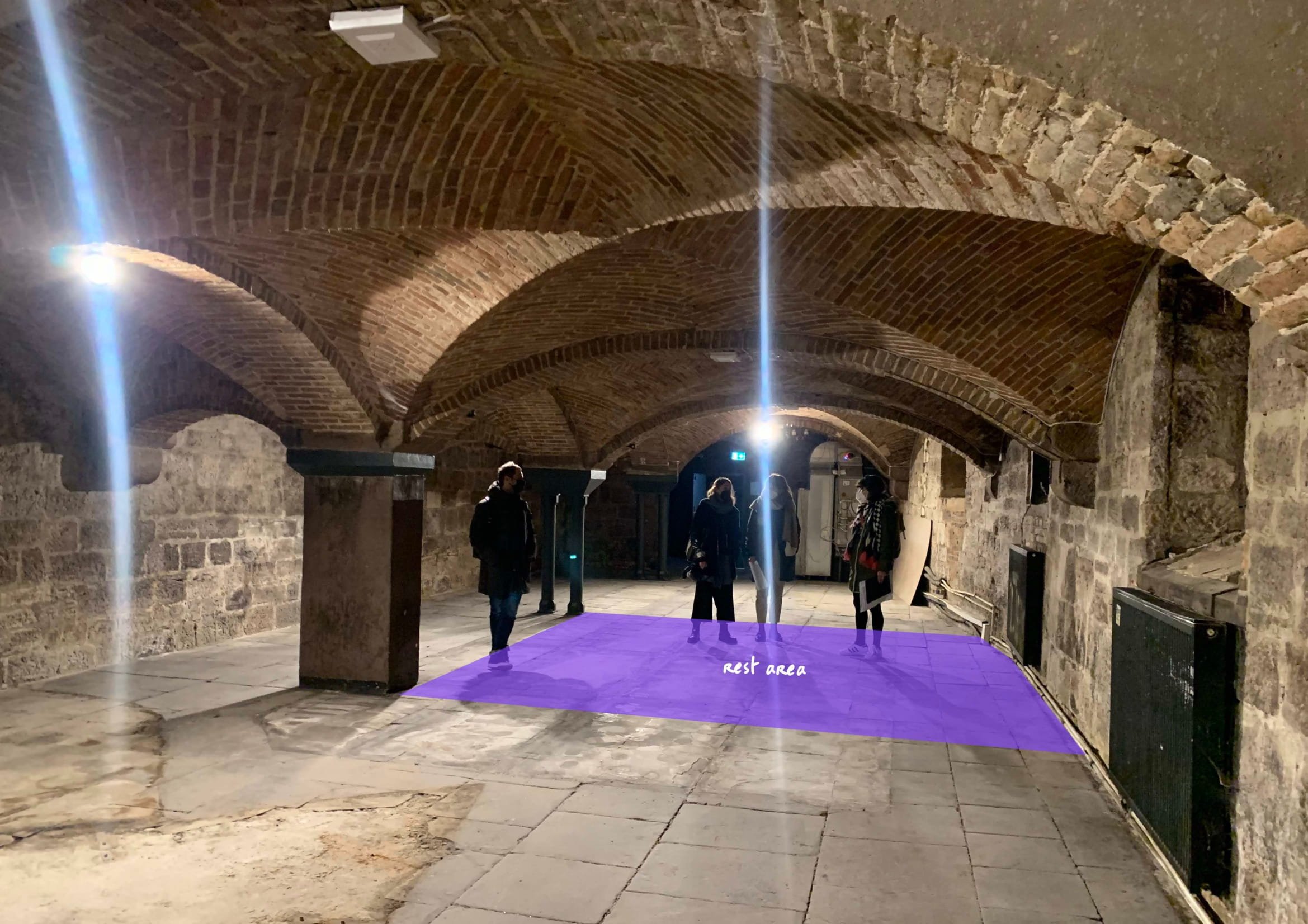
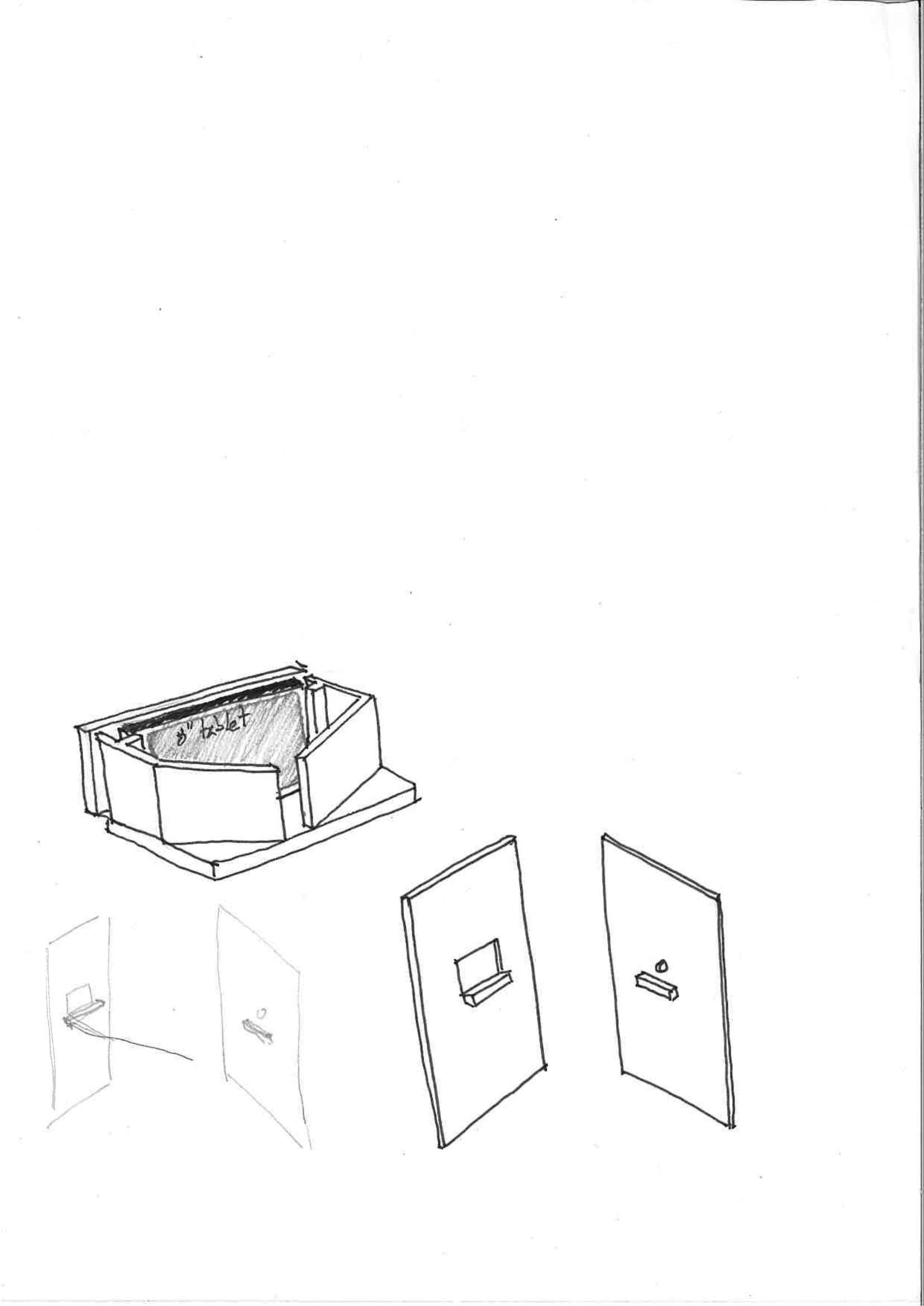
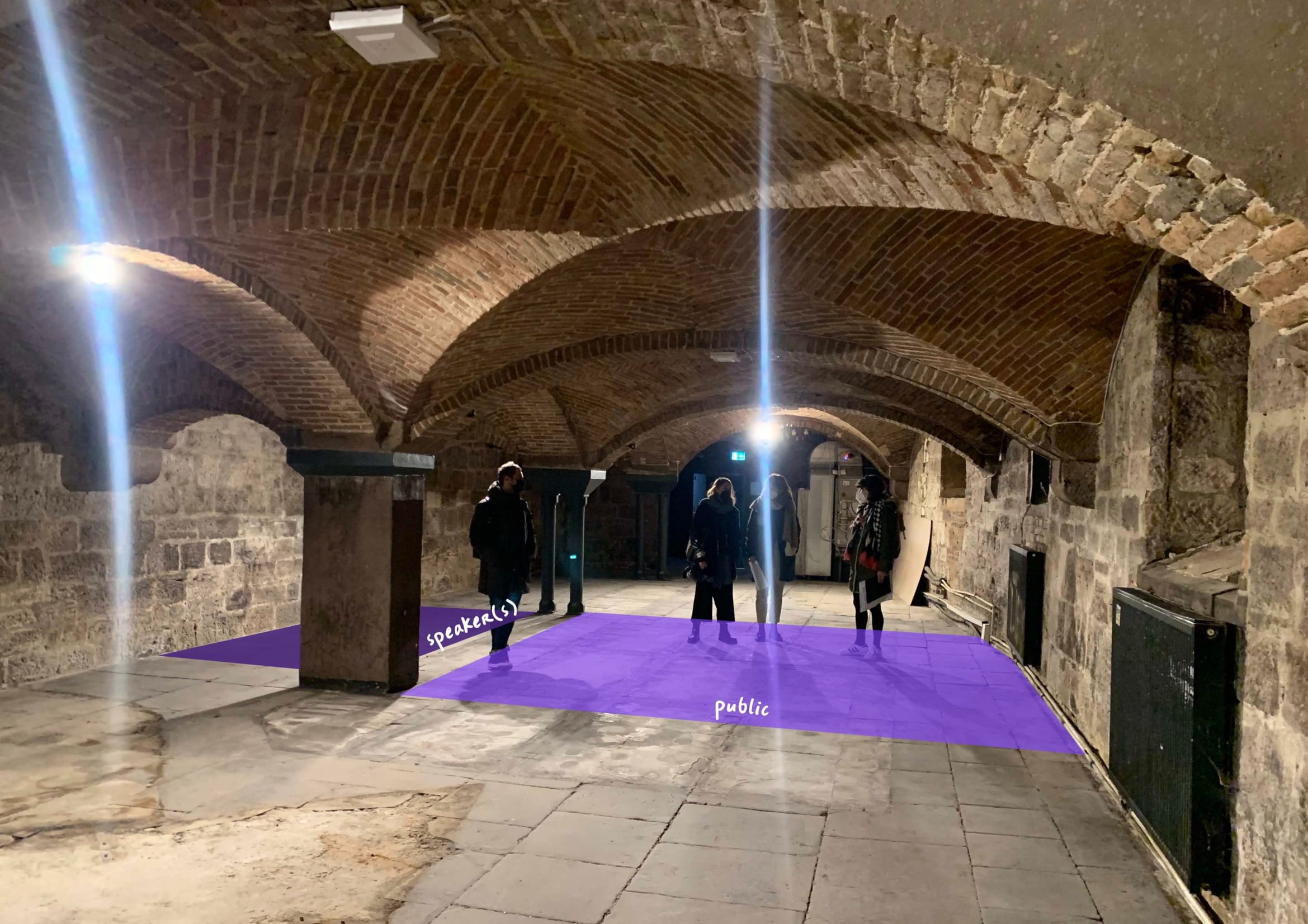

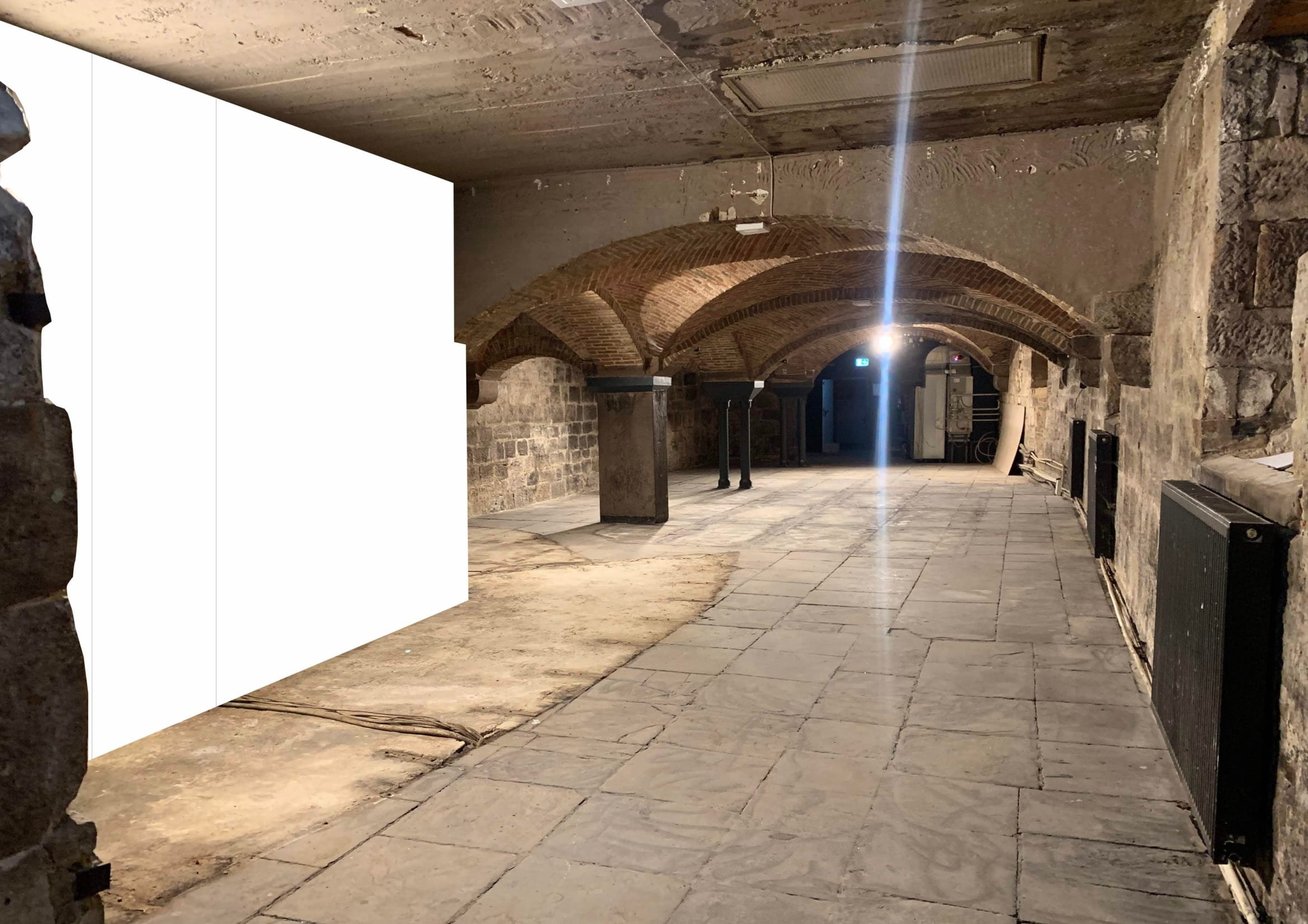
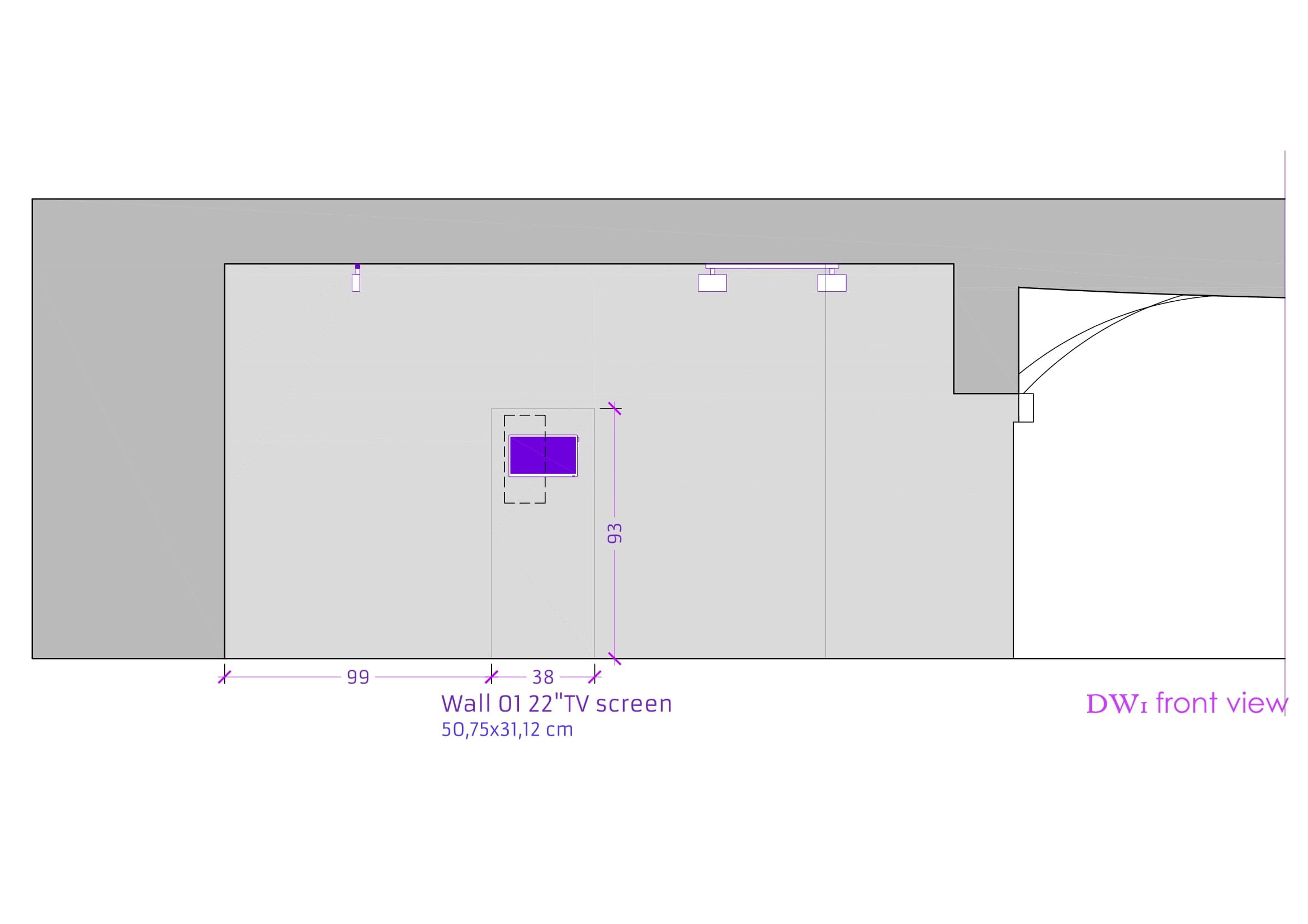
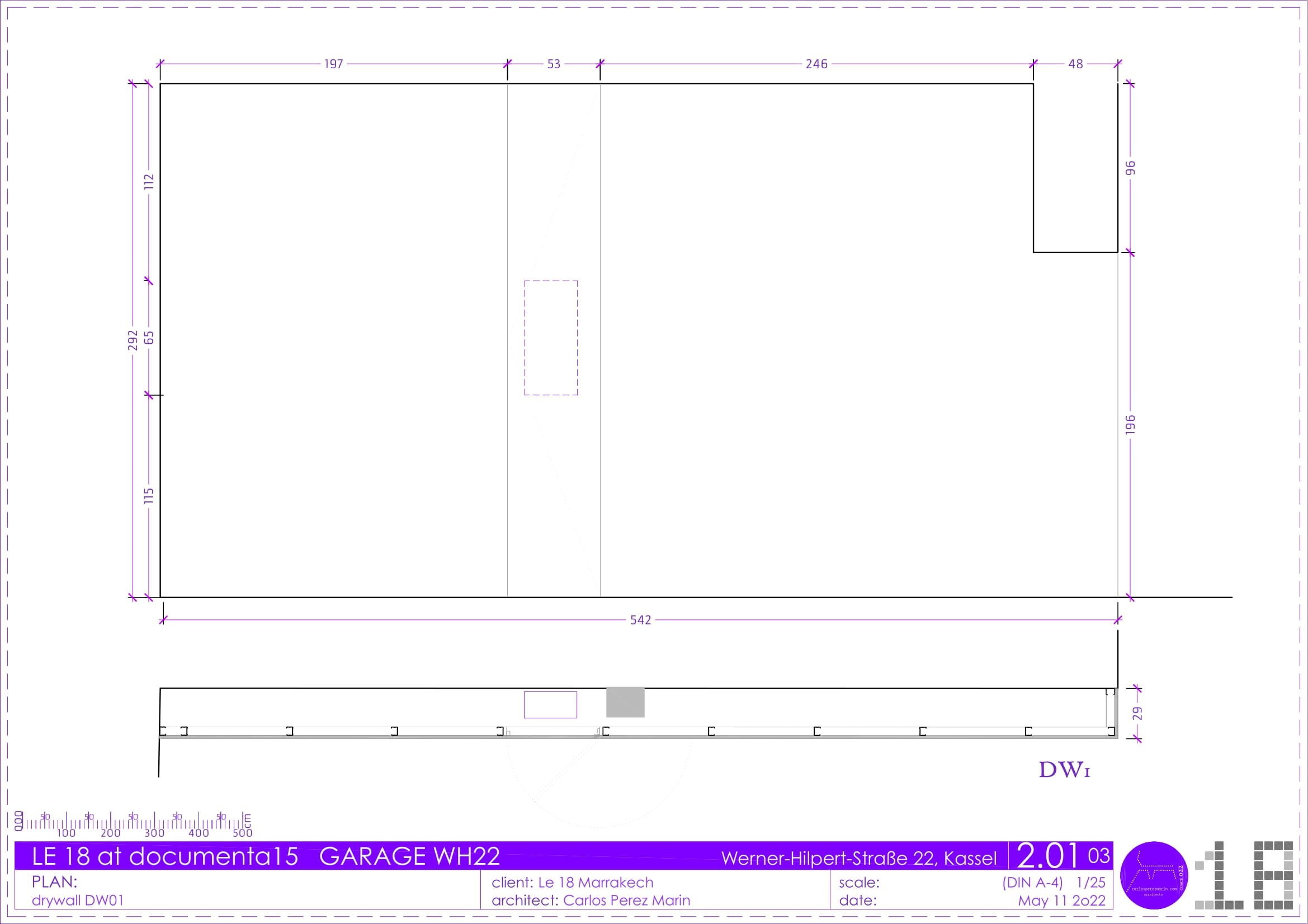
Once I finished and I sent the plans I felt relieved as if a weight had been lifted from my shoulders but that relaxation prevented me from doing a part of my work that was not yet resolved, finding all the sofas, armchairs and tables that we needed for the interior space, maybe it was because Corinne, Francesca and Laila started immediately the search on Internet, I just told them the number of each items we needed. There was another issue that remained to be resolved, the information of the workshop Laila asked me and that I wanted to share with the people in charge of documenta public program, Tyuki Imamura, before my arriving to Kassel in May to finish the assembly of the “scenography”.
Credits texts, photos and drawings: Carlos Pérez Marín












































